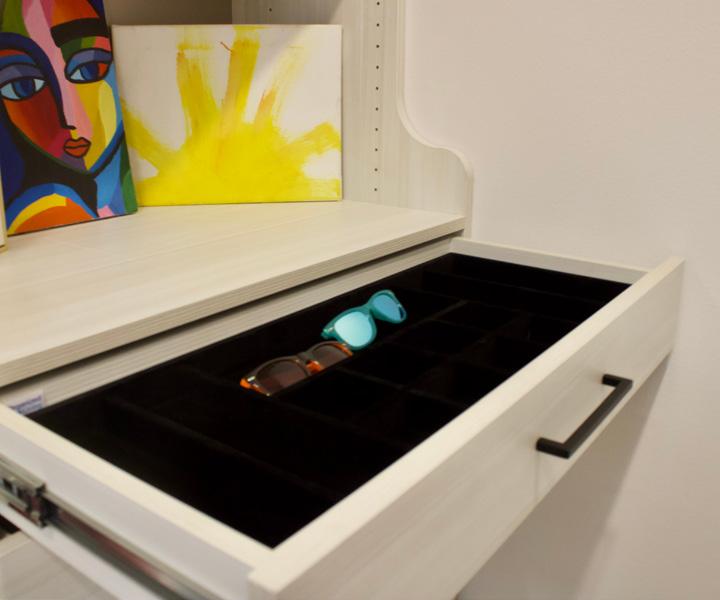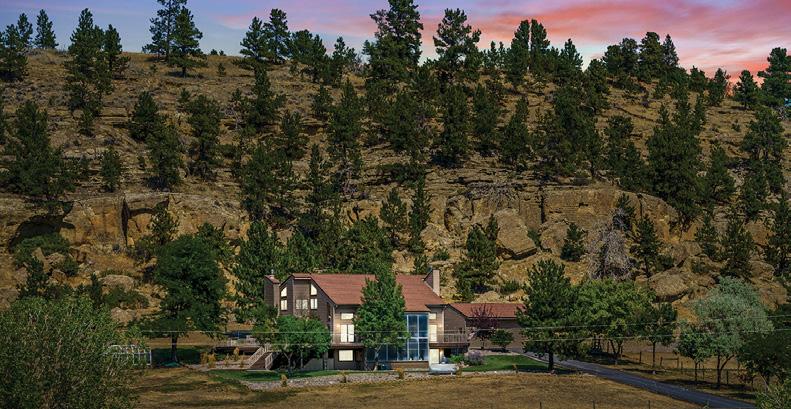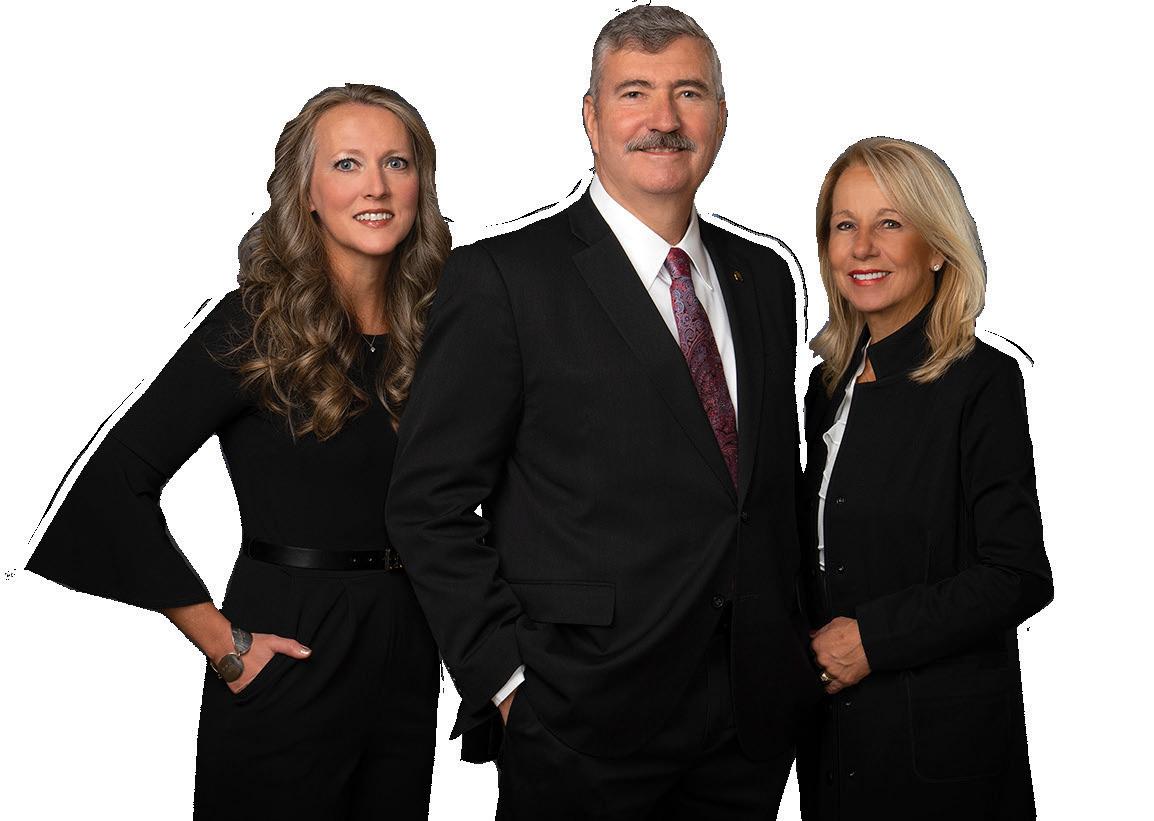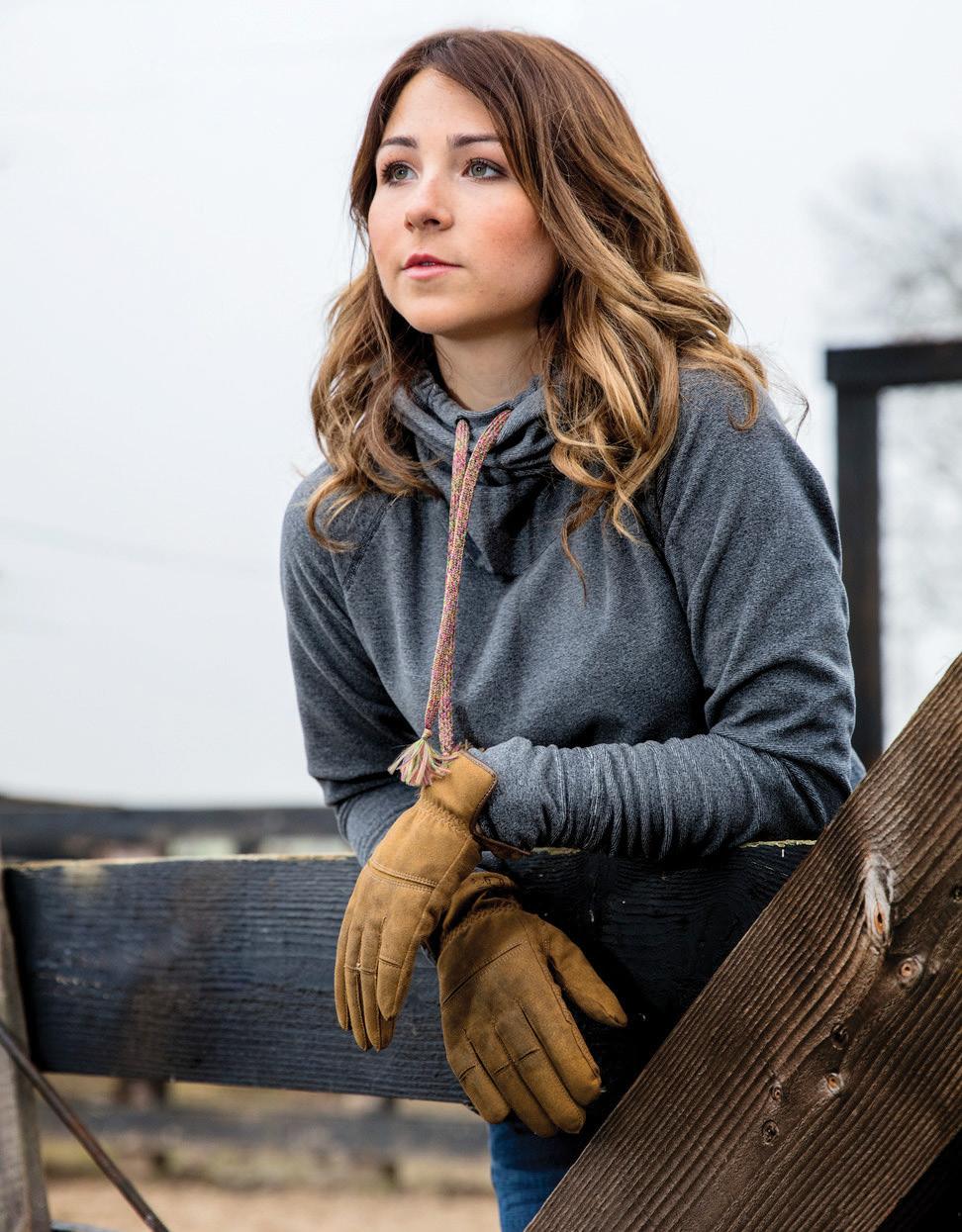






A life-threatening emergency like a heart attack requires a quick response. Thankfully, Pat chose Billings Clinic. You can trust in our comprehensive diagnosis, treament and rehabilitation care, working alongside board-certified cardiologists, surgeons and technologists. We will help you get back on your feet and doing the things you love.
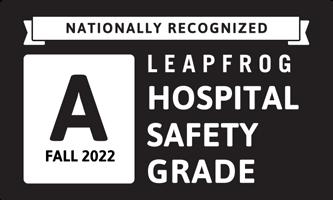
To learn more about Pat’s story and our Heart Care Center, please visit billingsclinic.com/pat.

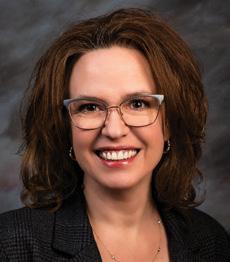


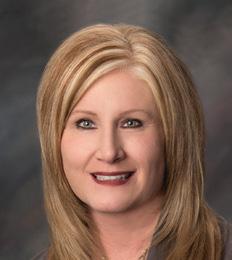

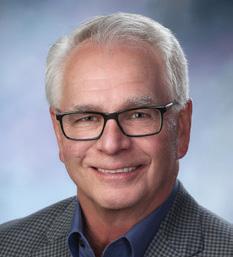

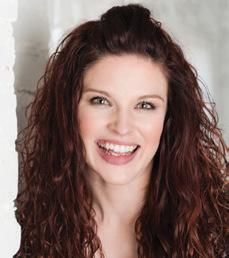

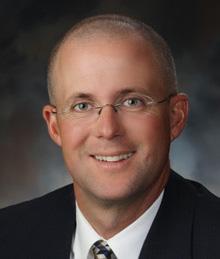
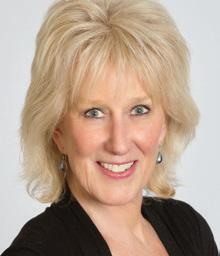
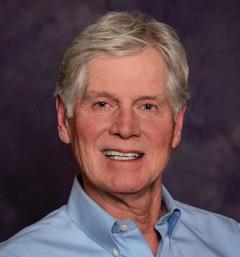
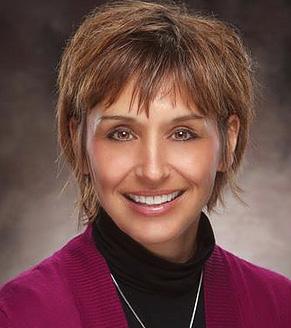

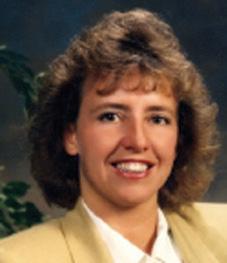


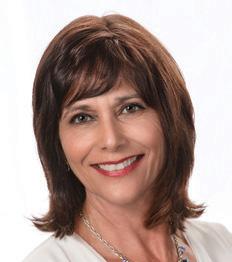
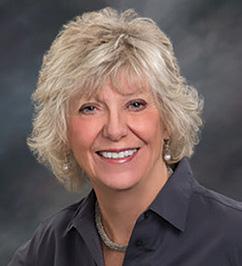


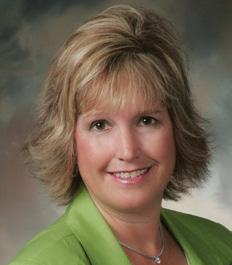





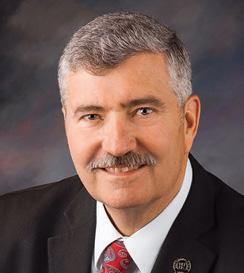


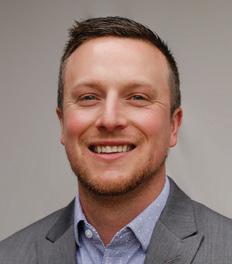


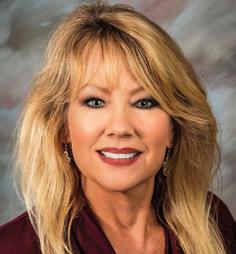




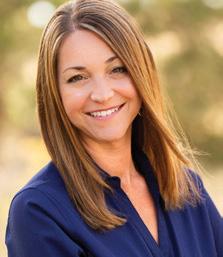
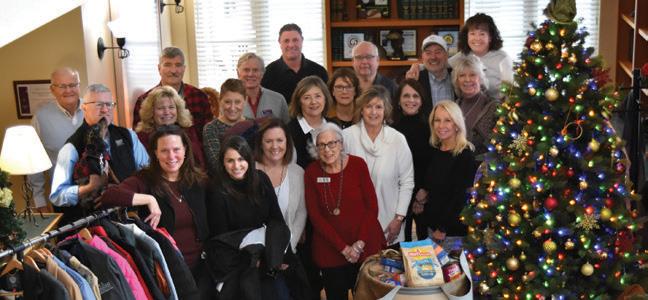
"Winter months in Montana and Wyoming can be very unpredictable. But don't let that stop you from getting out and having some fun. The 2023 GMC Terrain AWD allows you to drive in comfort and confidence. Head to GMC of Billings for a test drive today." Josh Soares, Owner, GMC of Billings
WE HAVE 14 GMC TERRAINS AVAILABLE!




A FEW MONTHS BACK, I was dreaming up ways Yellowstone Valley Woman magazine could make a bigger mark on this community. We have thousands of loyal readers. How could we join forces for the benefit of our city? One little idea morphed into another until we had a full-scale plan to help ignite a crowd-funded project to help back a local charity.

In November, the seeds of our idea were planted when we asked you to share the name of your favorite local nonprofit. We were not ready for this response! We got close to 600 votes representing 62 local charities. I honestly had no idea there were that many charitable causes in the Billings area.
After all the votes were tallied, we narrowed it down to the top five votegetters and asked those nonprofits to share in their own words what they would do with a gift of up to $10,000. After Eagle Mount, Pooch’z B & B, Gratitude in Action, Take Two Equine Rescue and Love & Sonshine Ministries made their passionate pleas, you voted again — logging more than 3,000 individual votes — and the runaway winner was Love & Sonshine Ministries!
We profiled this relatively new nonprofit in our May/June 2022 issue. Its mission is to provide a refuge for pregnant homeless teens. When they made their pitch on social media, Heather Petty and Heidi Williams, the founders of this organization, said they would use the money raised to outfit the home’s kitchen with new appliances and to provide a security system for their home. The dream was to be able to have family-style dinners with their soonto-be-moms to build a community with each meal served. What a beautiful thing for Yellowstone Valley Woman Magazine and YOU to help make a reality.
Welcome to what we are calling The Great Love Project. The motto is “Do small things with great love.” This quote was made famous by Mother Teresa and it is exactly what we hope to do.

How do we do that? Do you see the stainless-steel mug pictured on this page? That’s how. This high quality 22-ounce tumbler which features our motto is for sale now for $25 apiece.
I want to give a shout out to Dave Diehl at The Bottle Shop for helping create these mugs. He not only helped make sure our design worked but he wholeheartedly embraced this project from the beginning.
Thanks to the sponsors listed below, we were able to purchase 400 mugs outright. That means, when you buy one, 100 percent of the cost of this mug will benefit the project. No one (including YVW) will benefit monetarily from this project but Love & Sonshine Ministries.
On top of that, when you open the mug, you’ll find a “thank you” tucked inside. It’s a discount card featuring a dozen local businesses who stepped up and offered one-time discounts that far exceed the cost of the mug. Get a free lunch at Five on Black (yes, you read that correctly!). Buy a coffee, get another for $3 off at Mountain Mudd. Buy a lunch, get a second half off at Cajun Phatty’s. It’s a winwin-win! You win with discounts that essentially pay for the mug. Our businesses win by getting new faces like yours through their doors. The nonprofit wins when all of the mugs are purchased and we can then give away $10,000! We were so excited to join with you to be a catalyst to help this project blossom.
Check out The Great Love Project byvisiting yellowstonevalleywoman. com/love. Help us do small things with great love!

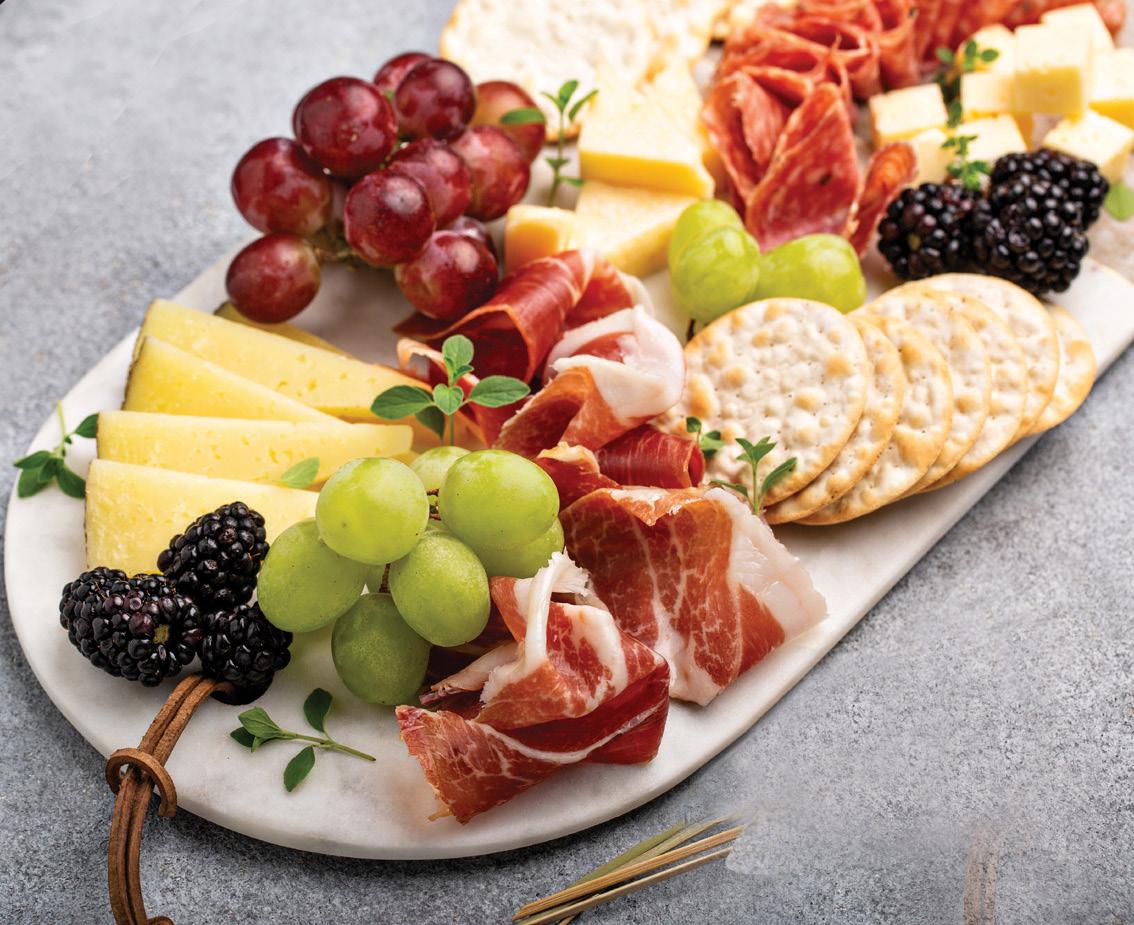





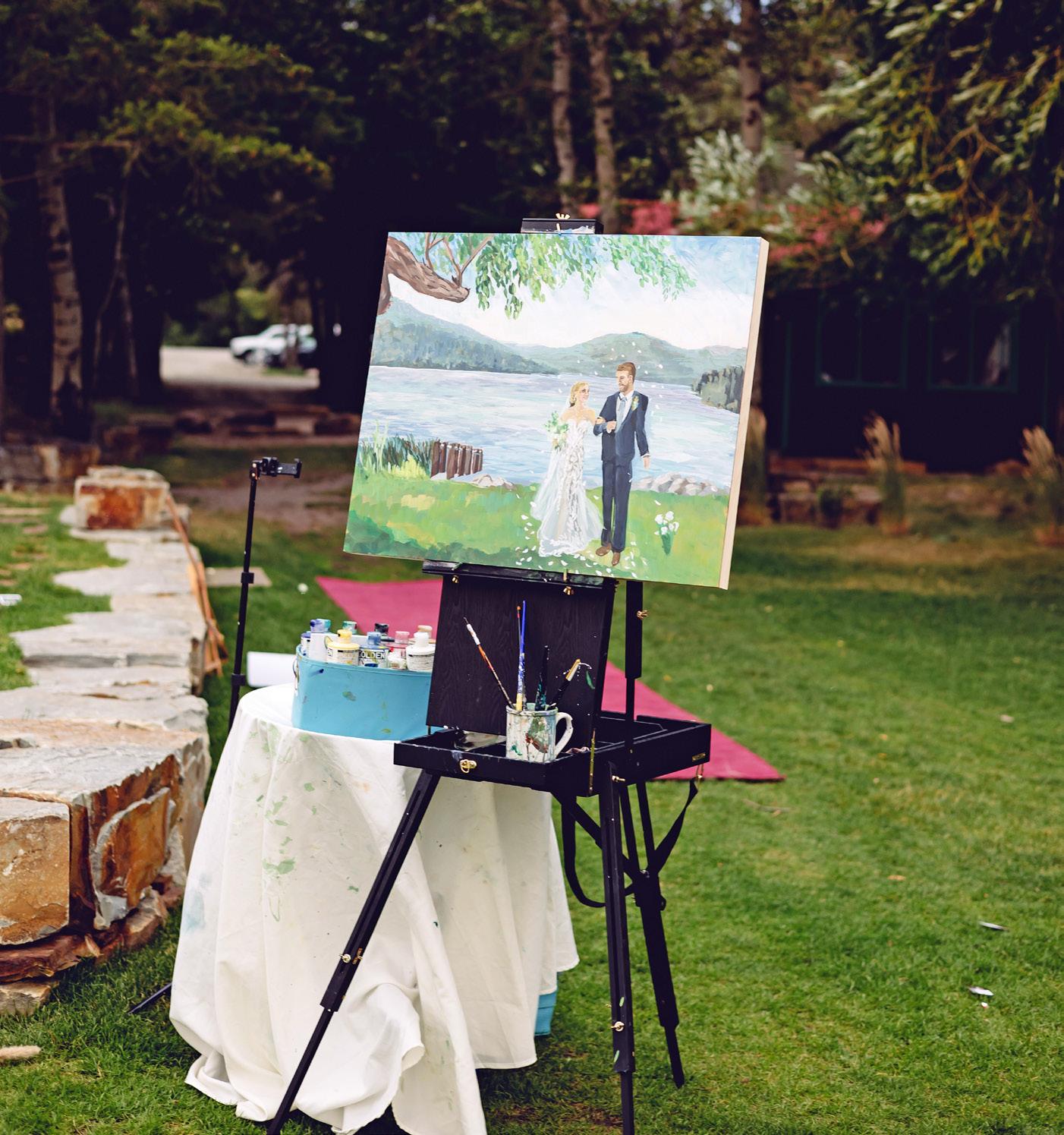



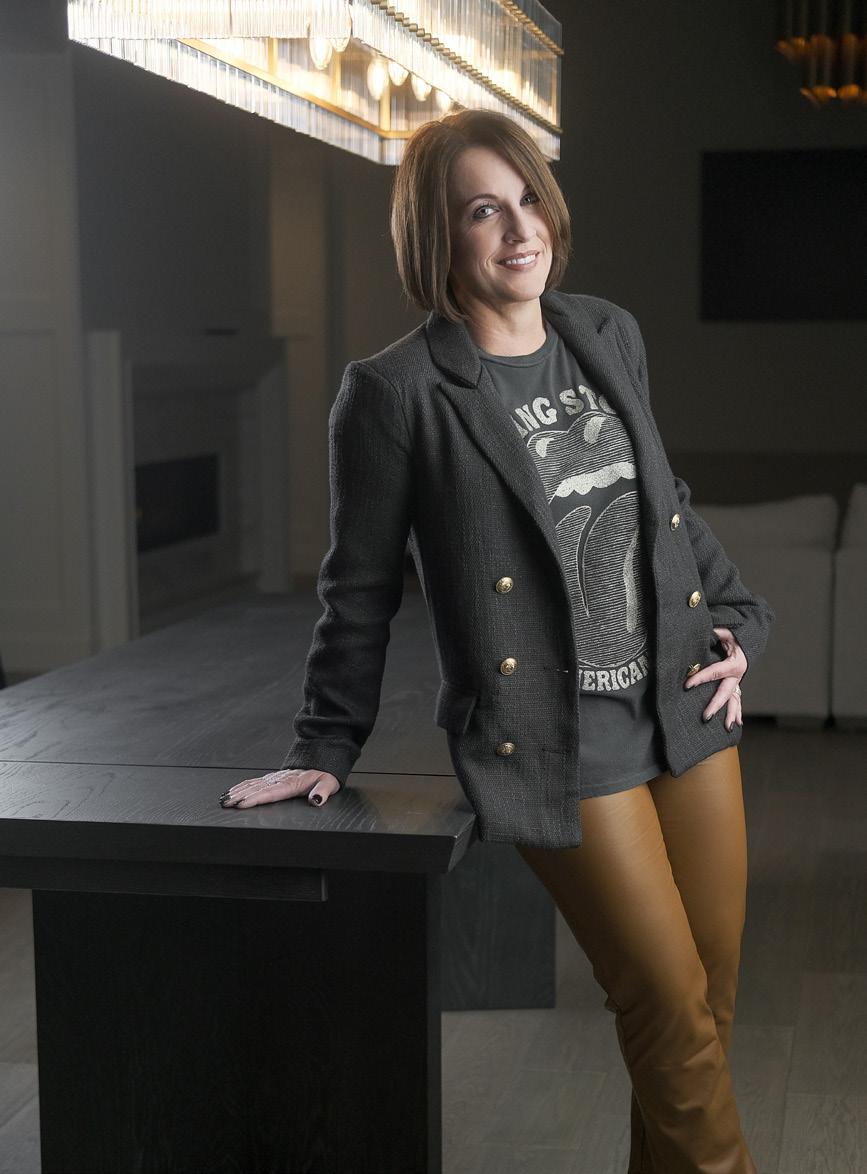

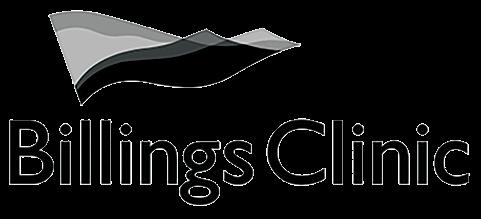



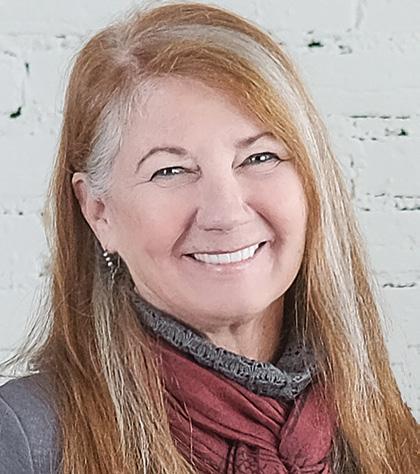
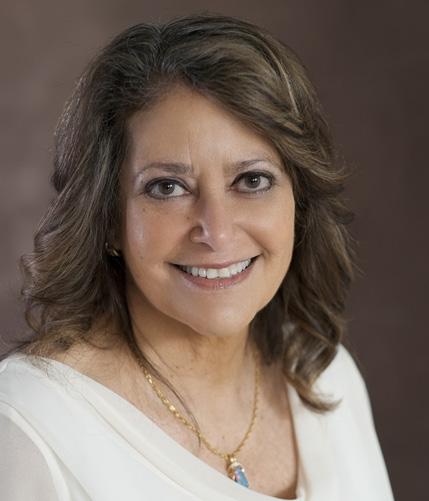


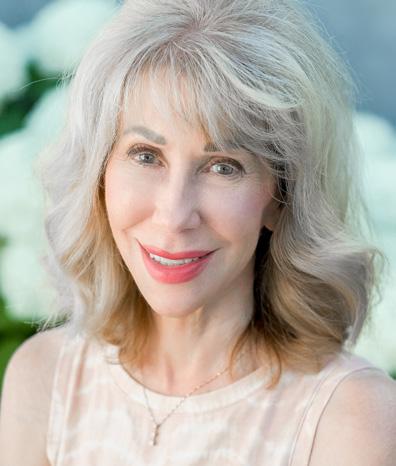

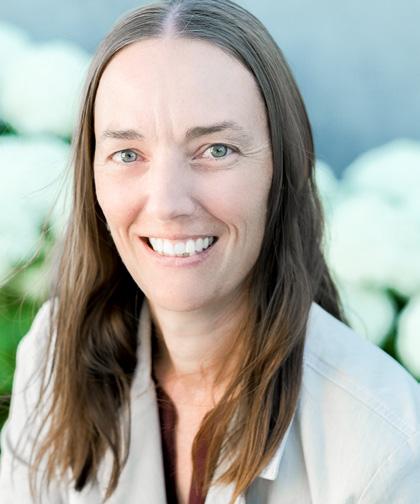

 lynn langeliers Sales Executive
Michele Konzen Sales Executive
gayle smith Sales Executive
melanie Fabrizius
Design
daniel sullivan Photography
Terry Perkins Sales Executive
trish scozzari Sales Executive / Writer
casey Page
Photography
Nicole Burtell Distribution
LAURA BAILeY Special Section Editor Social Media / Writer
lynn langeliers Sales Executive
Michele Konzen Sales Executive
gayle smith Sales Executive
melanie Fabrizius
Design
daniel sullivan Photography
Terry Perkins Sales Executive
trish scozzari Sales Executive / Writer
casey Page
Photography
Nicole Burtell Distribution
LAURA BAILeY Special Section Editor Social Media / Writer
One of the rewards for working over several decades is the ability to contribute to tax-advantaged retirement accounts, which can help provide needed income for you when you do retire. As the years went by, you may well have accumulated several retirement accounts, such as IRAs and 401(k)s or similar employersponsored plans. But you might find it advantageous to consolidate these accounts with a single provider.
Consolidating them can provide you with several potential benefits, including these:
• Less confusion and clutter – If you have multiple accounts in different locations, it may be difficult to keep track of tax documents, statements, fees, disclosures and other important information. Consolidating accounts could help provide clear, simplified account maintenance.
• Less likelihood of “lost accounts” –It may be hard to believe, but many people abandon their retirement accounts, leaving thousands of dollars behind and unclaimed.
In fact, at the end of 2021, there were nearly 25 million forgotten 401(k)
accounts, worth about 20% of all 401(k) assets, according to an estimate by Capitalize, a financial services company that helps individuals roll over retirement plan assets into new accounts. It’s possible that employers can even move small, old accounts out of their 401(k) plans and into an IRA on behalf of their former employees, thus increasing the chances that savers will lose track of their money. By consolidating your retirement plans with one provider, you can ensure you don’t lose track of your hard-earned money.
• Ability to follow a unified strategy –With multiple retirement accounts, and different investment portfolios, you might find it difficult to maintain a unified financial strategy that’s appropriate for your goals and risk tolerance. But once you’ve consolidated accounts with a single provider, you’ll find it easier to manage your investment mix and to rebalance your portfolio as needed. The need to rebalance may become more important as you near retirement because you may want to shift some of your assets into investments that aren’t as susceptible to swings in the financial markets.
• Possible improvement in investment options – Often, 401(k)s may have limited investment selection, so consolidating accounts with a fullservice firm may allow for a wider array of products and strategies. This broader exposure can potentially help you improve your overall retirement income strategies.

• Greater ease in calculating RMDs –Once you turn 72, you will need to start taking withdrawals — called required minimum distributions, or RMDs — from your traditional IRA and your 401(k) or similar plan. If you don’t take out at least the minimal amount, which is based on your age and account balance, you could face a penalty. If you have several accounts, with different providers, it could be cumbersome and difficult to calculate your RMDs — it will be much easier with all accounts under one roof.
So, if you do have multiple retirement accounts, give some thought to consolidating them. The consolidation process is not difficult, and the end result may save you time and hassles, while also helping you manage your retirement income more effectively.



MEET THESE WOMEN
AT A TIME OF THE YEAR when many of us are putting our health and wellness under a microscope, YVW is shining the spotlight on the women at the forefront of keeping our community healthy. We’ve got the nurse and doctor duo who are helping to pioneer a new and innovative treatment for depression, a senior who is busy urging others in their golden years to stay fit, and a doctor who spent a lifetime prescribing medications before deciding to start helping some people get off them. We are also chatting about a condition many women have but few want to talk about. These women are all sounding the alarm in their own way, hoping to spark better wellness for all women.

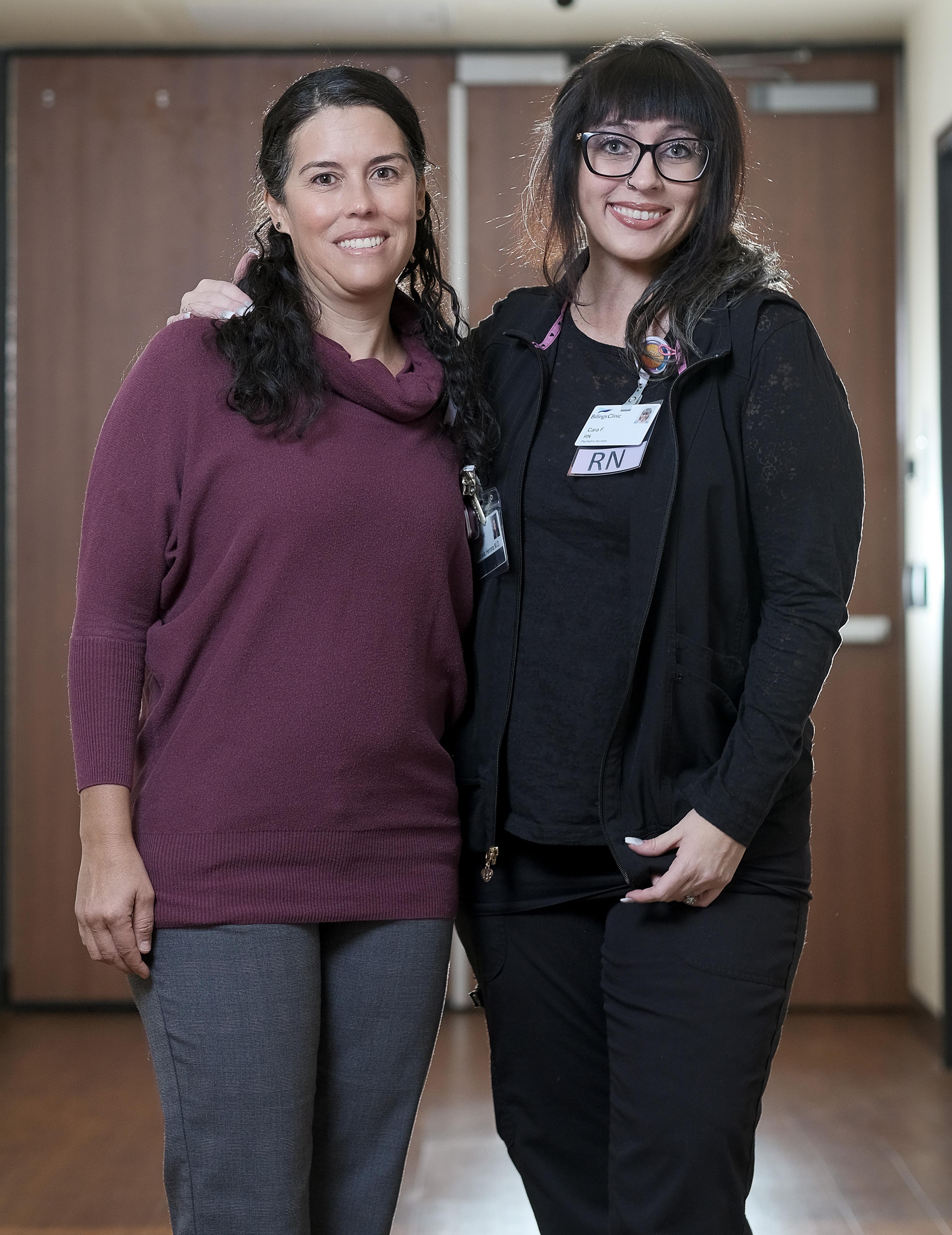
SUICIDE IS THE SECOND-LEADING cause of death for people aged 15-24 in the U.S., and according to the National Alliance on Mental Illness (NAMI), one out of every five teens reported having serious thoughts of suicide. Nearly one in 10 attempted it.
Montana is no exception. Teens here experience depression and thoughts of suicide at the same rates. However, the problem is especially critical in our region because professional psychiatric services and other support can be hard to come by, especially in rural areas.
With the stakes so high, Billings Clinic’s Adolescent Psychiatric In-Patient Treatment Center is looking to an innovative new treatment to help kids battle back against major depression and suicidal thoughts. It’s called Triple Chronotherapy and it’s been shown through several studies to work in adults.
“We’re the first doing this kind of study with adolescents,” says Dr. Mariela Herrera, a child psychiatrist at Billings Clinic, who is overseeing the study for 12- to 17-year-olds.
Triple Chronotherapy is an intervention for severe depression, that includes three parts — sleep deprivation, sleep phase advancement and bright light therapy.
It starts with 36 hours of sleep deprivation. After 36 hours, patients work to return to their normal sleep pattern over the course of three days. Each morning when they wake, they sit for 30 minutes in front of a bright light box. By the end of the treatment, many report feeling happy, more energetic and eager to get back to life.
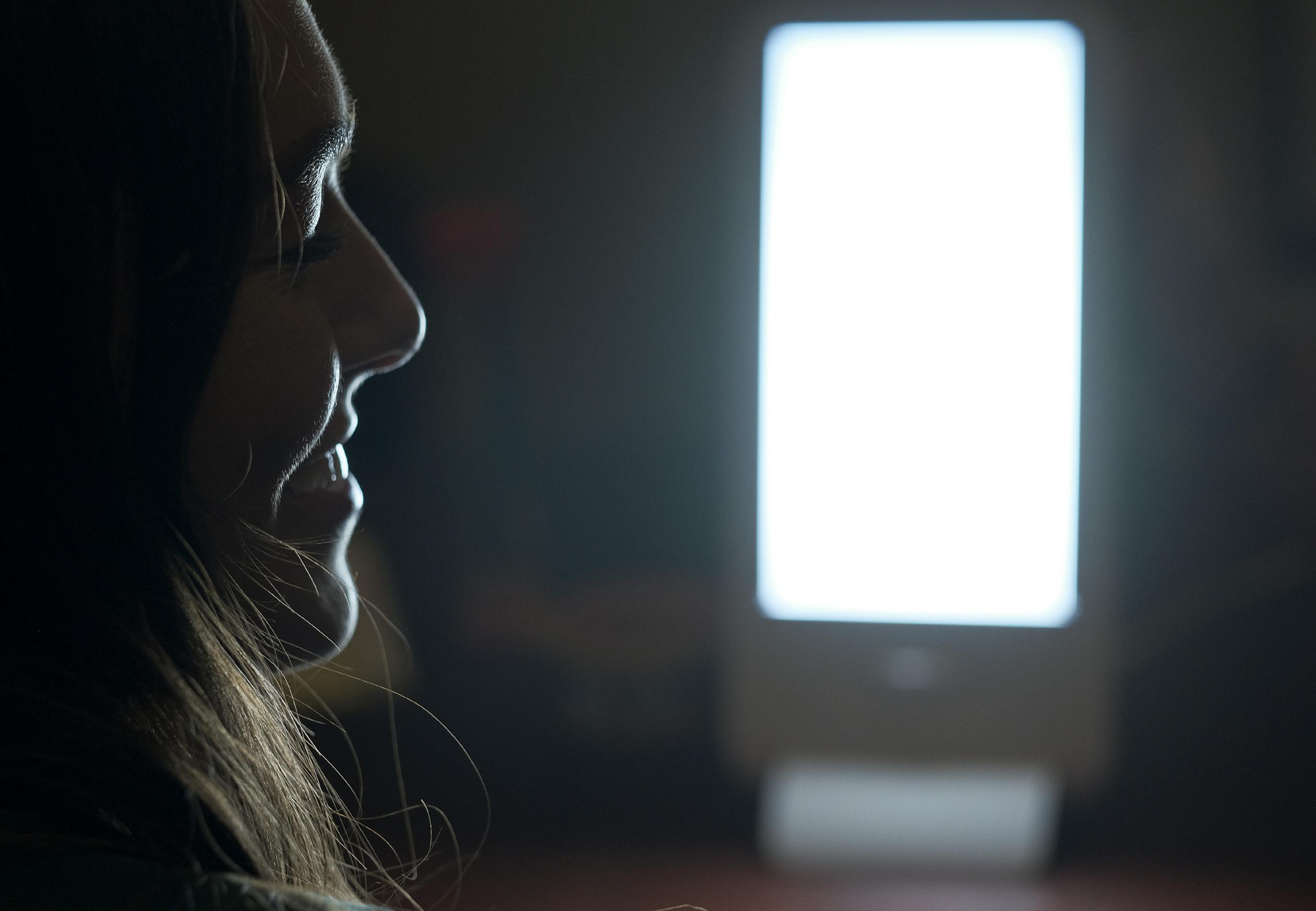
“What we’re going for is a fast reduction of depression and suicidality,” Dr. Herrera says.
It is fast, especially when compared to pharmaceutical treatments. Most medications for depression take four to six weeks to start working.
Triple Chronotherapy works by resetting the circadian rhythm, a primal internal clock that’s synchronized to influence lots of daily functions but is most known for regulating the sleep/wake cycle. Depression is thought to hijack the circadian rhythm.
TRIPLE CHRONOTHERAPY HAS DEMONSTRATED BENEFITS FOR THE RAPID TREATMENT OF DEPRESSIVE SYMPTOMS, ESPECIALLY WHEN COMPARED TO PHARMACEUTICAL TREATMENTS.
In 2016, Billings Clinic did a pilot study to gauge just how effective Triple Chronotherapy was in teens and tweens. The study, published fully in 2019, showed this treatment was quite effective in treating major depression and suicidal thoughts.

The current study is taking those findings one step further, comparing patients who didn’t receive this treatment with those who did to see if the results stay consistent.
The teens involved in the study enter most often after being admitted to the emergency room after being seen as a serious risk of harming themselves or others. After determining if the youth is a candidate, not only are they asked if they want to give the treatment a try, the teen’s parent has to sign off as well.
“A motivation to participate is important, because, of course, it’s not easy,” Herrera says.
IN
nurse to help them stay awake. They’re allowed outside for walks. They can play in the gym, watch movies, or participate in all kinds of activities. The nurse provides conversation to keep them awake and engaged with a positive outlook.
“You can’t do it by yourself. You have to be in a controlled environment,” says Cara Fairbanks, a registered psychiatric nurse, who works in the unit and is on the research team.
THE
The patients are then randomly assigned to either the control group or the group receiving Triple Chronotherapy, and treatment starts right away. During the sleep deprivation portion, the patients are assigned a one-to-one mental health worker or
Usually around the end of the second day, youths in the study start to see results. They’re cheerful, playful and more engaged in treatment. They come out of their shell, Fairbanks says, going on to describe how a child hid in his locker in his room only to jump out and surprise the nursing staff who were looking frantically for him.
“To see that progress is everything,” Fairbanks says. “It makes our jobs so worth it.”
The staff administers surveys every day to measure depression and suicidality. While it depends on the individual, usually those results steadily improve each day.
The light box patients use in the mornings is about the size of a
shoebox and provides 10,000 lux of light. While patients sit in front of the light box each morning, they’re encouraged to keep using it after the treatment is over and take one home with them after they leave.

Herrera and her staff follow up with the teens at the one, two, four and six week mark after treatment. So far, the results have stuck for almost every patient in the study.
Right now, there are about 60 patients currently in the study. Herrera and her team are looking to add up to 50 more before their research ends.
Herrera and Fairbanks both have a heart for pediatric psychiatry and were drawn to their profession because they want to help young people live happy, healthy lives.
“They get to know they’re not alone. They’re not the only one struggling with this and other kids are dealing with similar things,” Herrera says. “When you talk to them, you get to know they’re going through a lot and it’s nice to know you can make a difference.”
It may be a few years before Billings Clinic will be able to provide Triple Chronotherapy as a treatment option for all youth, but Herrera and Fairbanks and their team are looking forward to that day. ✻
Welcome Chelsea Drake, MD to our OB/GYN team. Dr. Drake is excited to be back in her home state. She was raised in Colstrip, MT and will be close to family as she continues her career providing health care to women throughout the stages of their life. She enjoys practicing the full scope of obstetrics and gynecology including preventive health care, prenatal care and delivery, gynecologic issues and surgery. In her free time, Dr. Drake enjoys running, spending time with her family and exploring everything Montana has to offer.

Concordia College, Moorhead, Minnesota University of Washington School of Medicine, Seattle, Washington Phoenix Integrated Residency in Obstetrics and Gynecology, Phoenix, Arizona
If you’d like to make an appointment call 406-435-8973 or visit billingsclinic.com/obgyn


THEY GET TO KNOW THEY’RE NOT ALONE. THEY’RE NOT THE ONLY ONE STRUGGLING WITH THIS AND OTHER KIDS ARE DEALING WITH SIMILAR THINGS, — Dr. Mariela Herrera
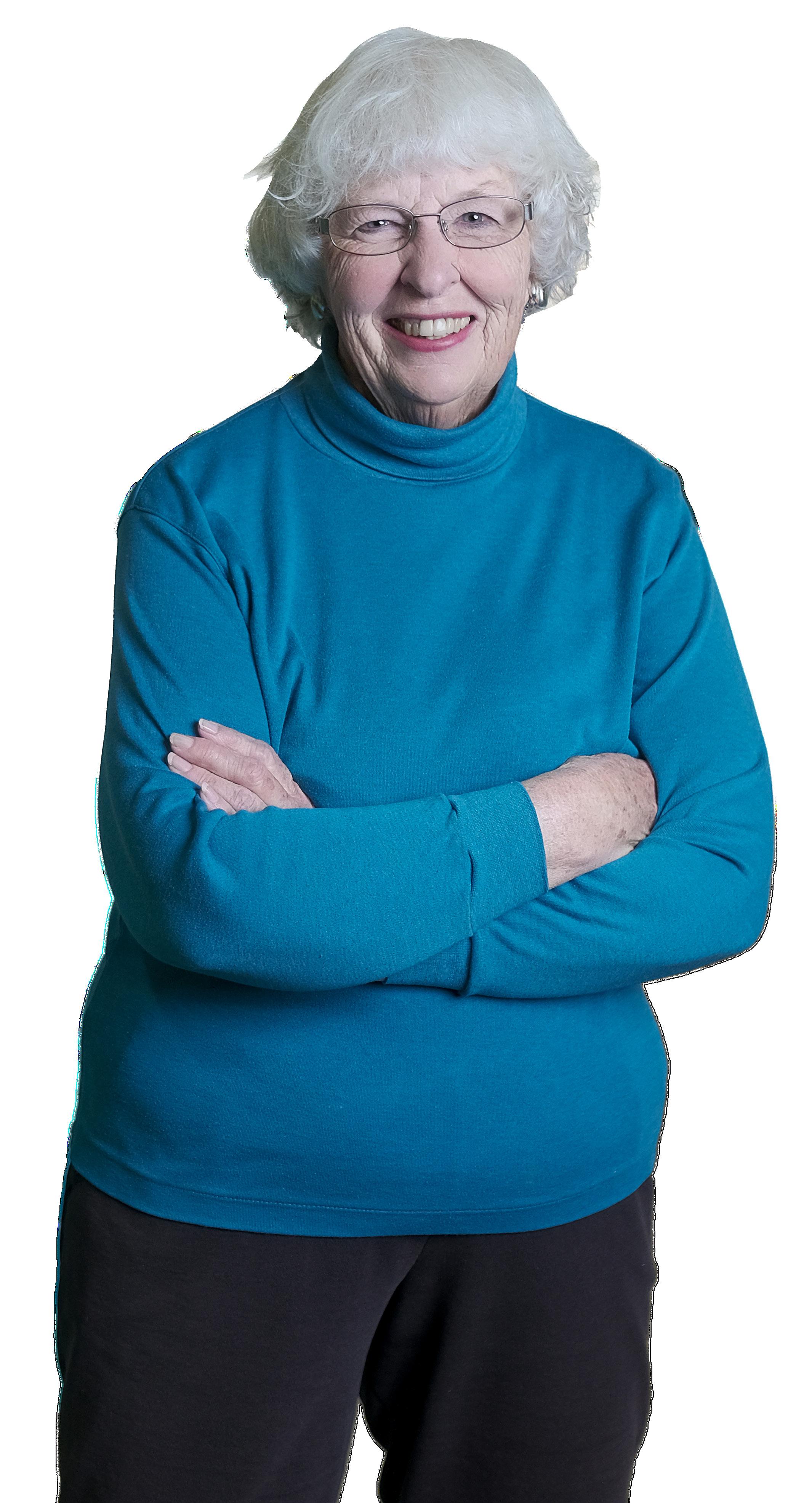


AWHILE BACK, the heater in the pool at 777 Fitness and Wellness Center was on the fritz. It was unfortunate for most of the swimmers who enjoy an 82-degree pool for swimming laps, but not for Carol Bernhardt. She swam her 18 laps that day anyway in the brisk 70-degree water.
“You do build up your own heat after you swim a few laps,” she says.
Carol wasn’t about to skip that day’s swim no matter how cold the pool was. Swimming 18 laps every Tuesday and Thursday is nonnegotiable. She’s committed, and she at starts at 7 a.m. sharp.
“I like to get my laps in early,” she says. “I just feel like I have to.”
Carol is 82 and one of the oldest members of 777 Fitness and Wellness Center. She’s one of about 200 seniors at the club and her dedication to fitness and healthy living is an inspiration. For Carol, though, it’s just a part of everyday life.
She’s a firm believer in the motto, “If you don’t use it, you’ll lose it.” She’s seen friends lose their balance and mobility and gain weight simply because they didn’t stay active. That’s why she keeps up with snow shoveling in the winter and gardening around her condo in the summer. On Wednesdays, she plays the role of grandma for her niece and nephew who are 12 and 9. There have been more than a few water fights in the yard and Carol jumps right in. She has all the energy she needs to keep up.
“It’s all exercise,” she says. “I’m staying active, and I have fun. I just act like a kid.”
Carol suspected she wasn’t the only one of her senior friends who has seen the benefits of exercise, so recently, she did a fun and informal investigation, asking others at the club about how exercise has affected their lives. One woman told her, “I get more out of life.” Another said, “I have been able to go back to activities that I used to do.” Yet another member said, “My balance has improved, and I am more self-sufficient.” Out of more than a dozen, all had seen benefits in staying active.
Carol wasn’t active her whole life. She committed to it with her late husband in their retirement years. Carol’s husband, David, had a family history of heart issues and had three heart attacks in his 50s. After the third one, he and Carol committed to a major lifestyle change. They started exercising and eating healthier. They started swimming laps regularly, and they biked and walked together. David lost 60 pounds, and Carol credits those lifestyle changes for giving David and her another 15 precious years of life together.
“I had a wonderful marriage and a wonderful husband,” Carol says. “I could have sat around and felt sorry for myself like some widows do. That’s easy to do, but what good would that do?”
Her children encouraged her to stay active and continue healthy eating habits. Her resolve after David died was even stronger than before. She wants to be there for the ones she loves for as long as she can.
That longevity is a motivator for many seniors, says Lorne Doty, a personal trainer who specializes in senior fitness at 777. Carol attends Lorne’s Silver Sneakers class when she can. The twice-aweek class is geared toward helping seniors maintain strength, balance and flexibility.


“As we age, we lose the ability to do the things we once took for granted,” Lorne says.
I’M STAYING ACTIVE, AND I HAVE FUN. I JUST ACT LIKE A KID.
— Carol BernhardtIn and out of the gym, Lorne oozes positivity. While he has a sincere passion for helping people of all ages meet their fitness goals, he has a soft spot for seniors.
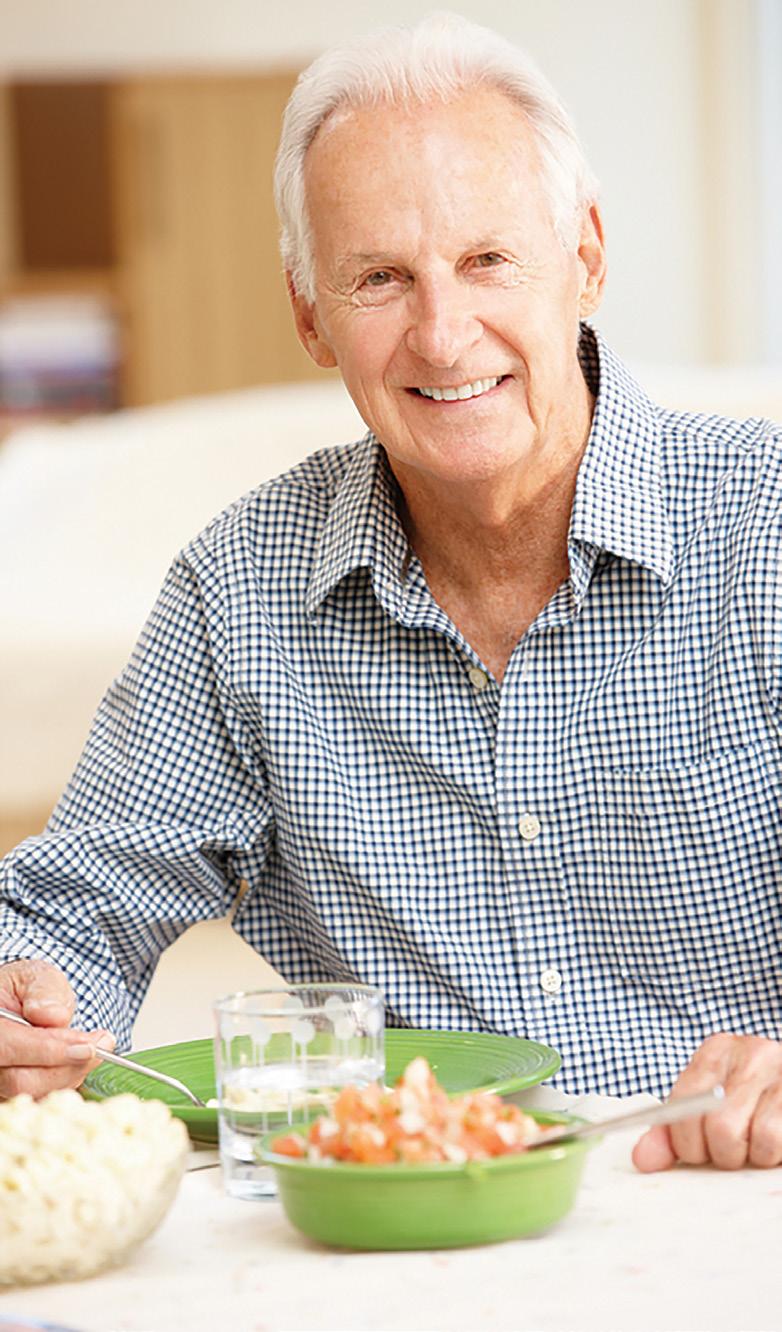

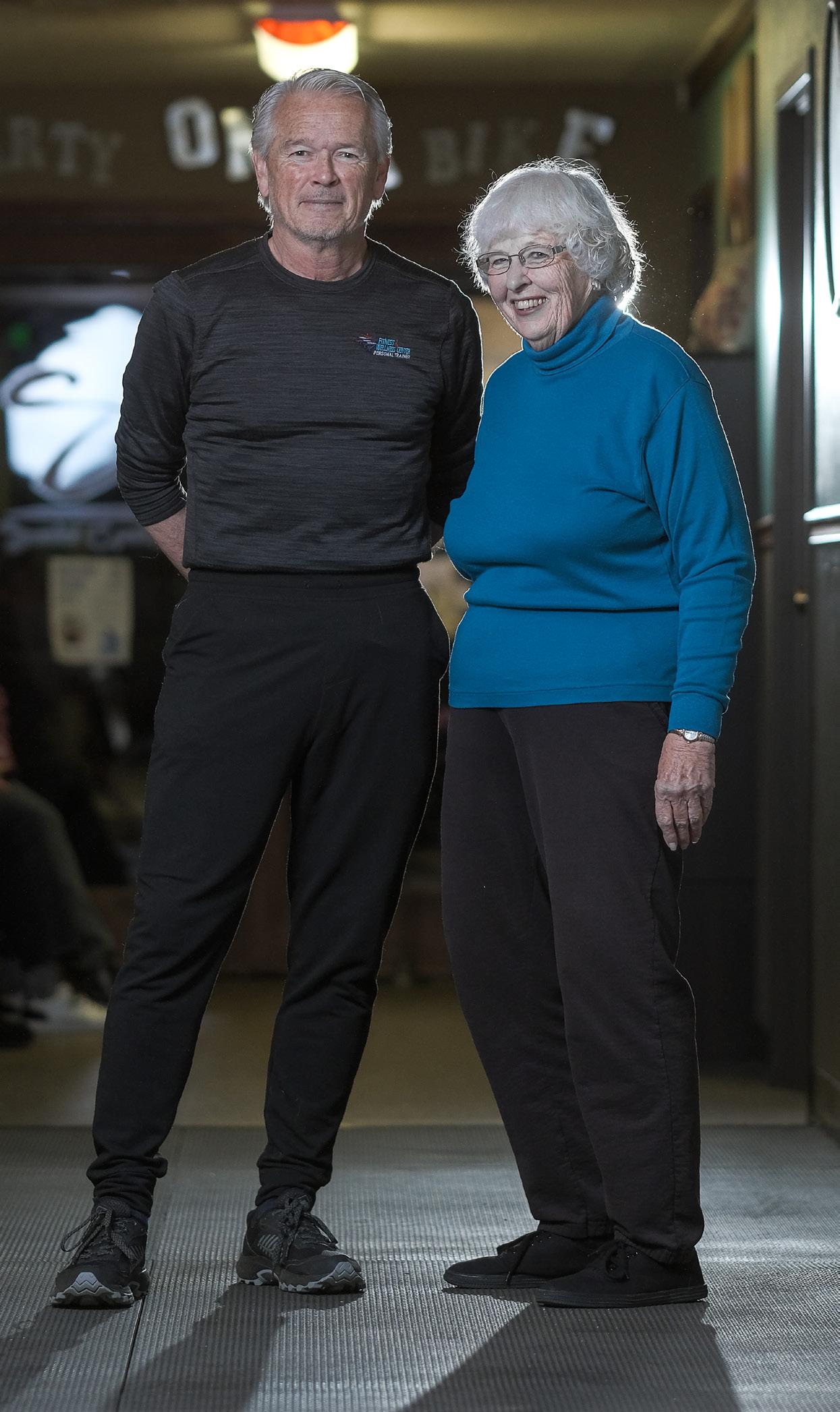
In his Silver Sneakers classes, he focuses on movements and exercises that help seniors in everyday life. His classes are inclusive of all ability levels, and Lorne always explains why an exercise or movement is important. Each session works all six major muscle groups, he says, and his class always warms up first to avoid injury. Seniors in Silver Sneakers are seeing results. They’re able to do more daily tasks they couldn’t before, like buttoning a shirt, reaching overhead cupboards and bending to tie shoes. They’re experiencing less joint pain and better mobility, and many have lost weight.
“It’s all about longevity and being there for your family longer,” he says.





Lorne also preaches consistency, and that’s when he mentions Carol.


“She’s committed to staying healthy and is always positive,” he says. “If she can do it, anyone can.”

Carol is not only committed to maintaining her physical health, she also is committed to staying active mentally. She plays pinochle with friends once a week and enjoys puzzles and other activities that keep her sharp. From her head to her toes, Carol shows no signs of slowing down, which is a good thing, because she doesn’t intend to anytime soon.
“I feel so strong, and I can do so much,” she says. ✻

To help keep seniors in their best shape, Lorne Doty operates Senior Fit Billings. His program works to alleviate aching joints and muscles. He helps seniors to strength train for better bone health and creates workouts to benefit senior heart health. To learn more, visit seniorfitnessbillings.com
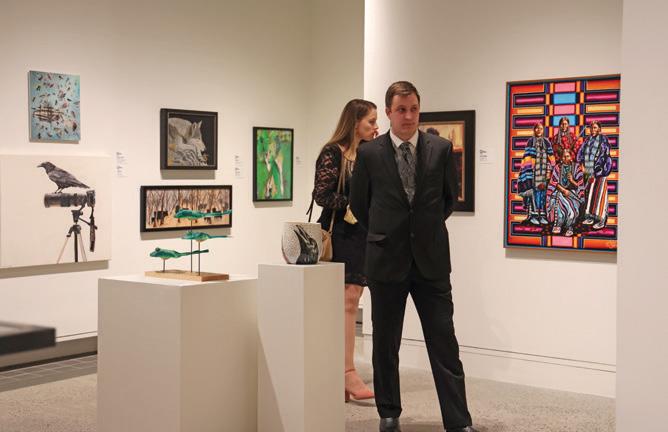
Physical activity is one of the most important things you can do to maintain and improve your health. According to the Centers for Disease Control and Prevention (CDC) those 65 and older need at least 150 minutes of moderate activity, such as brisk walking, per week. Research also suggests that older adults benefit from doing activities that build strength twice a week, along with activities that improve balance three times a week.



According to the National Institute on Aging, there are many ways to maintain and improve brain health as you age. Start by getting enough sleep, manage high blood pressure, stick to a healthy diet, stay active, manage stress and engage yourself in intellectually challenging tasks.

Older adults have unique nutritional needs and should pay close attention to what they eat. The National Institute on Aging encourages eating a variety of foods from all the food groups while limiting foods with added sugar, saturated fats and sodium. Seniors should be sure to get enough protein from sources like lean meats, chicken and fish, as well as lowfat and fat-free dairy. Researchers also recommend seniors reach for fruits and vegetables for snacks and stay hydrated by drinking plenty of water.


 by JULIE LOVELL photography by DANIEL SULLIVAN
by JULIE LOVELL photography by DANIEL SULLIVAN
“At times, I braced so much against the pain that I basically got charley horses from my sacrum down around the underbelly of my body, everything that holds my guts in, up to my pelvic bone,” says Sheila. “I sometimes laid on the floor for two to three hours in pain. It was horrible.”
Sheila isn’t alone in her search for solutions to pelvic floor pain. One study funded by the National Institutes of Health found pelvic floor disorders affect 24 percent of women in the United States. As women age, pelvic floor disorders become more frequent. The study indicated more than 40 percent of women from 60 to 79 years old, and about 50 percent of women aged 80 and older suffer from pelvic disorders.
Physical
“Our pelvic floor is a sling of muscles that function like other muscles in our body,” Bri says. “We’re just not aware about them. We don’t talk about them. It’s taboo. But we need to, because just like anywhere else in our body, if we have issues, then there’s an answer.”
Bri says people often think pelvic floor therapy is just for pregnant women and women who have just given birth. With expectant and new mothers, pelvic floor therapy can help with problems like back pain, pain with intercourse, and urinary leakage. But there are many other causes of pelvic pain, including injury, stressful lifting, endometriosis, scarring and trauma. Pelvic floor specialists also treat men with problems like scrotal pain or prostate cancer, and even children who have problems with bed wetting and constipation. Pelvic floor muscles support bowel, bladder and sexual functions, as well as postural spinal stability.
“If you’ve got unresolved hip pain, low back pain, or sciatic pain that traditional therapies are not helping, we need to look at the pelvis,” says Bri.
Physical therapist Sari Stahl of Mountainland Physical Therapy is also a pelvic health specialist who works with patients like Sheila. She hopes more women will speak up when they’re hurting.

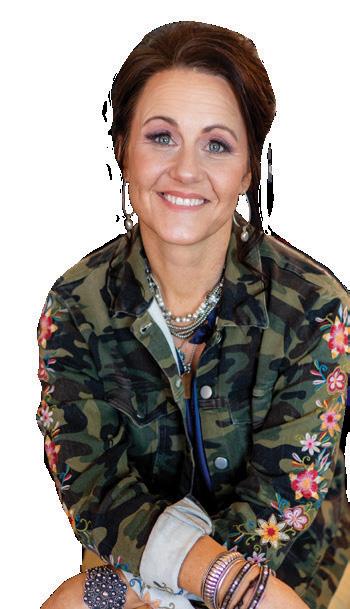
“I think in general, women are told to just kind of buck up. We’re told that we’re to go have children and go straight back to work,” Sari says. “We also do that to ourselves. We’re kind of superheroes in our own right, trying to take care of our families, because that’s our motherly duty. Sometimes we just don’t take care of ourselves as we should.”

Sari would also like to see more physicians ask the right questions of their patients during checkups.

“Is your cycle regular? Are you having pain during intercourse? Do you leak urine?” Sari says. “Those aren’t commonly asked, and women are supposed to tell the information up front. I don’t think they will unless they’re asked. Women often feel shame that they’re going through things like that which are very intimate.”

PEMF HAS BEEN TREMENDOUS. IT WAS THE FIRST THING THAT BROKE MY PAIN. ON ABOUT MY SECOND TREATMENT, I GOT UP, WENT TO THE BATHROOM AND I HAD NO PAIN. NONE! IT WAS LIKE A THOUSAND POUNDS HAD BEEN LIFTED FROM MY SHOULDERS.
— Sheila Hildebrand
These days, social media support groups are making it easier for more women to open up about pelvic pain. Like many people, Sheila initially had trouble speaking up.

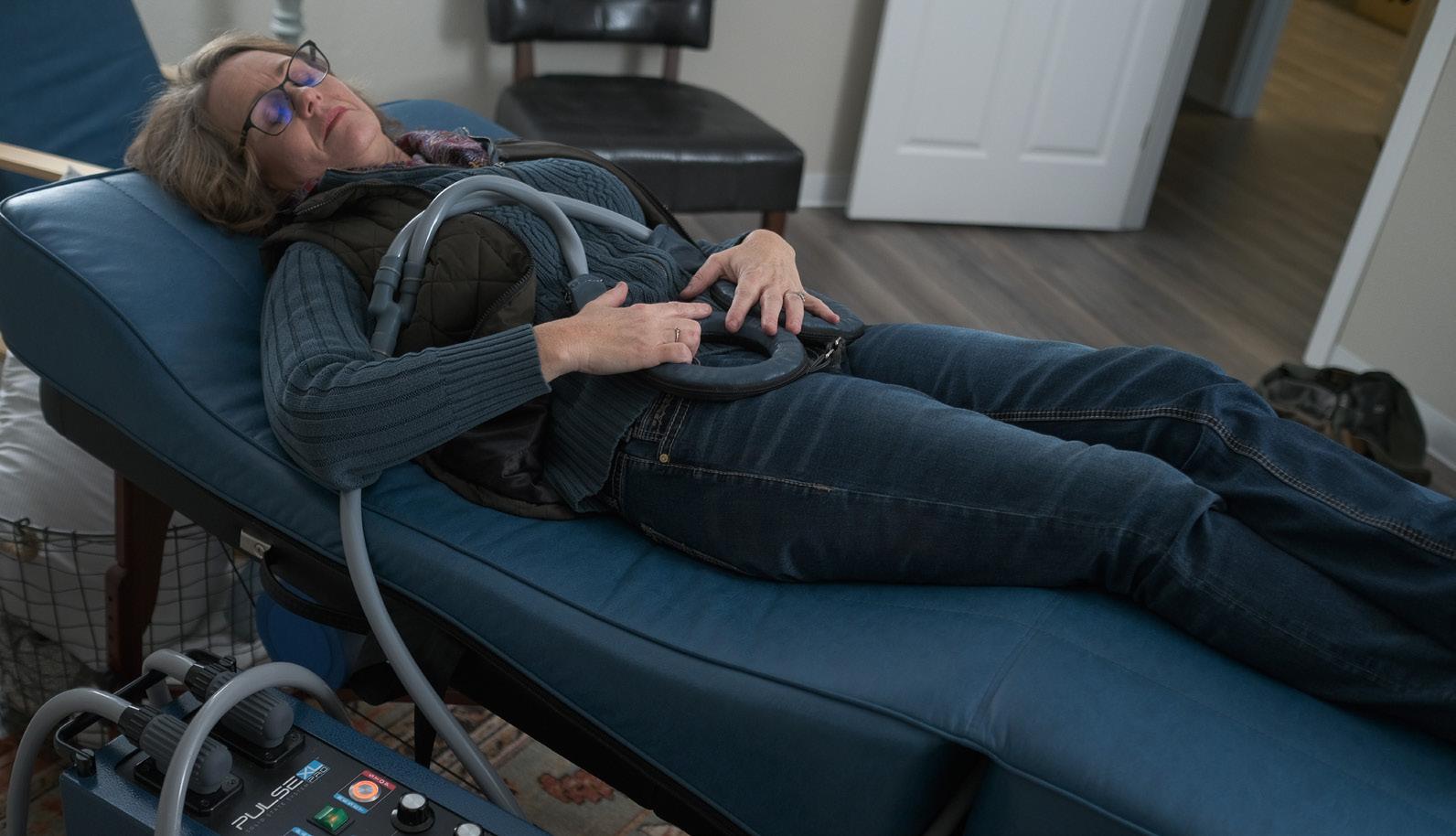
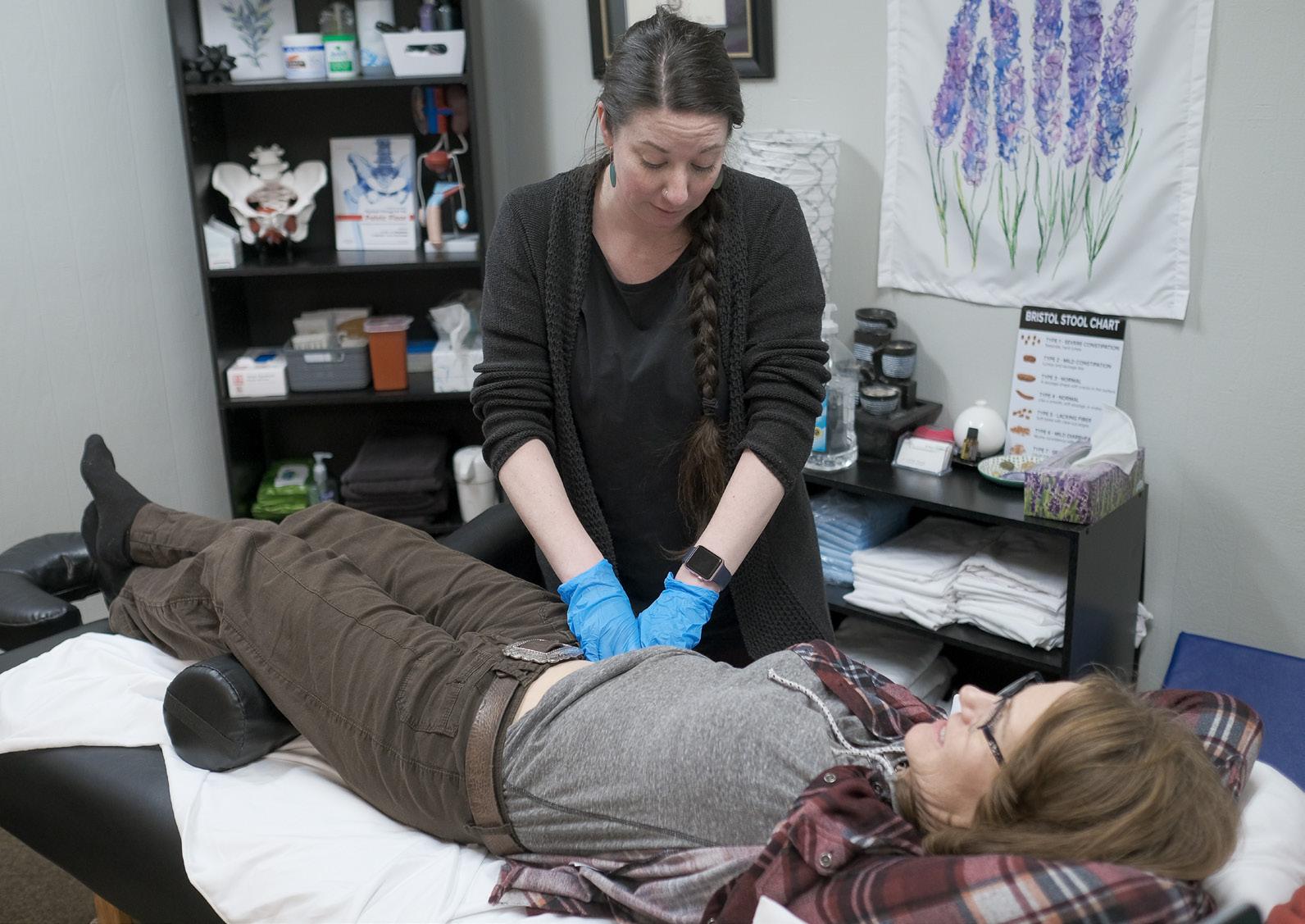
“You’re dealing with body functions, your bowel, your urination and your genitalia, and it makes people uncomfortable to talk about,” Sheila says. “So it’s lonely. It’s so lonely.”
After years of different tests, treatments and diagnoses, a specialist eventually diagnosed Sheila with chronic embedded bladder infection. Antibiotics helped control the infection, but her pain persisted. One cause, which many patients experience: pelvic muscle tension, caused by “muscular guarding,” which happens when a person tightens muscles to brace against pain. For Sheila, muscular guarding and chronic bladder infection led to urinary and bowel dysfunction.
“You kind of drop out of life because that part of your body hurts,” says Sheila. “You’re so vulnerable. You can’t walk. You’re bracing. So even when I’m there, I’m not there.”
Early in 2021, Sheila’s search for relief led her to try a treatment called Pulsed Electromagnetic Field (PEMF) therapy. It’s described as a battery charger for our cells, one that boosts cell metabolism. During the therapy sessions, a device that mimics the earth’s magnetic field delivers a low frequency, pulsed electrometric field. The therapy is designed to help restore the body’s natural electromagnetic energy, thereby reducing pain and swelling.
“At this point, I feel like I’ve overcome so much,” Sheila says. “PEMF has been tremendous. It was the first thing that broke my pain. On about my second treatment, I got up, went to the bathroom and I had no pain. None! It was like a thousand pounds had been lifted from my shoulders. The next thing that was amazing was that I was able to urinate freely.”
Sheila now uses a PEMF machine a few times a week. During treatments, you’ll find her stretched out on a PEMF bed, with two paddles placed on or around her pelvis. She says that while the hourlong treatments aren’t painful, you can feel muscles contract and release, along with a tingling sensation. PEMF is not the only solution to her pain, but regular treatments give her great relief.
“Everybody who becomes ill, myself included, wants the silver bullet,” Sheila
says. “Give me the one hit wonder where I walk through the door and I walk out cured of all things. PEMF occasionally can change things for people very quickly, but generally, it’s a little bit of a commitment.”


Physical therapy also plays a critical role in easing her pelvic floor pain. During therapy sessions, patients like Sheila learn how to do everything from pelvic floor muscle releases and breathing exercises to core and gluteal exercises that help stabilize the pelvic structure.


“I think our healing is so multifaceted,” says Bri. "I’m always referring people to counselors, to doulas, to massage therapists, to chiropractors. I believe everyone should have a multidisciplinary approach.”
Bri says it’s very rewarding to help patients move past their pain.
“When a patient comes in and says, ‘Oh my gosh, you saved my marriage. I’m having pain free sex,’ or ‘I can finish a shopping trip with my kids and I don’t have to run to the bathroom in the middle of the grocery store,’ it’s wonderful.”




After years of living in pain, Sheila’s current treatment plan gives her new hope. She believes so much in PEMF that late in 2021, she bought Live Better, Feel Better, the Billings business where she underwent treatments. Now, she’s on a mission to help others ease pain and regain their quality of life. She also no longer has trouble talking about this traditionally taboo topic.
“A lot of times I’ve pulled back in life, so I now delight in the opportunity to put this story out there,” Sheila says. “I hope it helps women and men go get treatment.” ✻
Julie is a former Billings news anchor who loves sharing positive news stories. After spending a decade in Georgia, her family is happy to back home in Montana. When she’s not writing, you’ll find her volunteering for special needs organizations, stretching her faith and getting reacquainted with the joys of life under the Big Sky!


 JULIE LOVELL, writer
JULIE LOVELL, writer
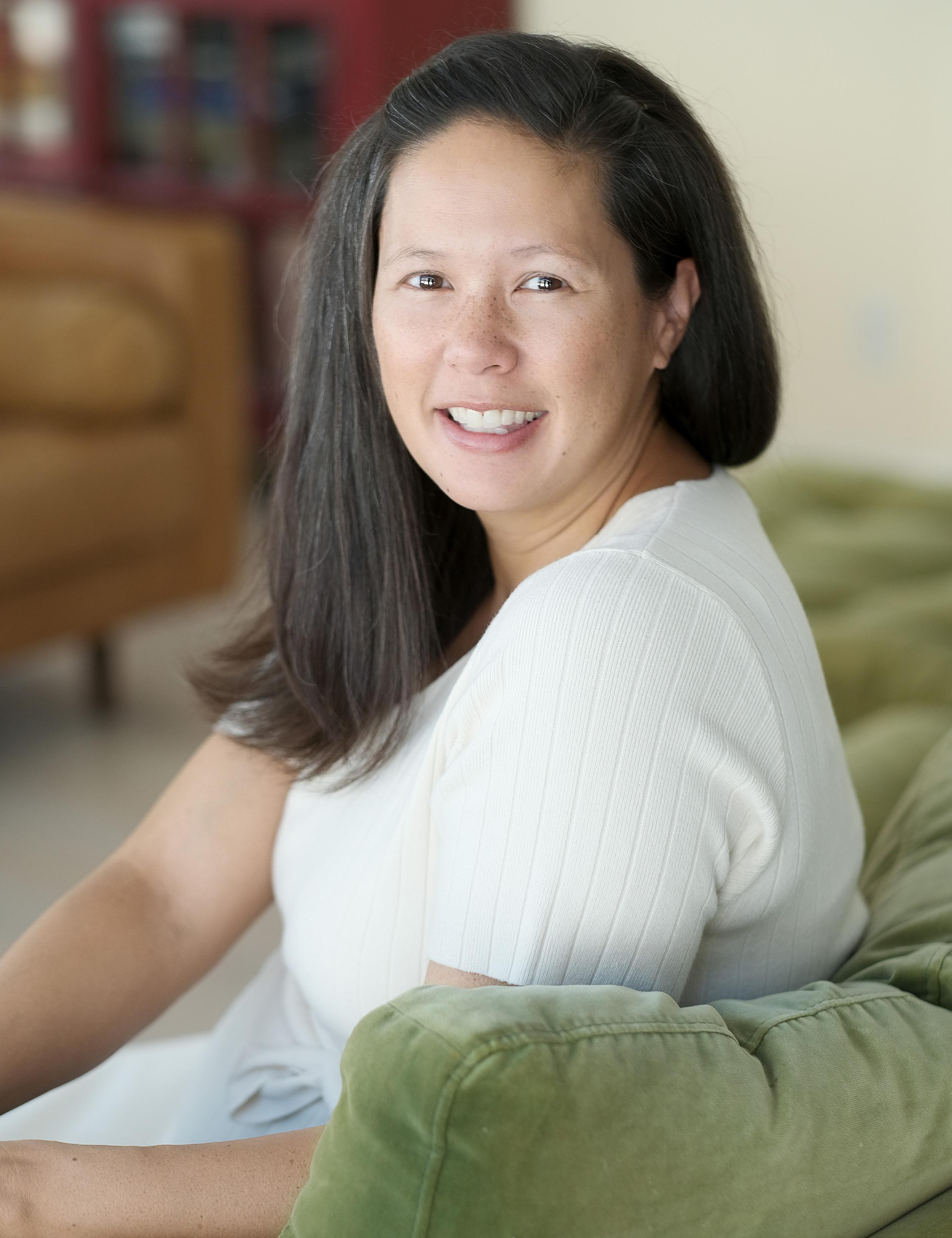
DR. SARAH TOWNLEY is a pharmacist, someone who has overseen the medications of thousands of people over the years and is passionate about patient care. She says she cares so deeply that a little more than three years ago, she ditched her pharmacy career to do something that sounds counter-intuitive: She has built a business helping those with Type 2 diabetes get off their medications.
“I talk very directly about the fact that this doesn’t have to be a chronic disease, even if you’ve had this disease for a while,” Townley says. Her mission is to inspire and empower people to reverse their Type 2 diabetes. “That’s not a message that most receive when they get their diagnosis,” she says. “They’re told that they are going to have this for the rest of their life and there’s nothing they can do about it except take medication and monitor their blood sugars.”
Townley says while working as a pharmacist, she’d often consult on some of the most complex and uncontrolled cases of Type 2 diabetes, reviewing medications to try to stabilize blood sugar. Over the years, however, she started to dig deeper into metabolic health. She says she started to realize that the more insulin people with Type 2 diabetic receive, the sicker they get over time.
“How do you get your insulin levels down? It’s not going to be a medication,” Townley says. “It’s going to be learning what you are doing to drive your body to constantly secrete insulin. It’s all lifestyle.”


Townley says Type 2 diabetes is a disease where the body doesn’t make proper use of insulin. Unlike a Type 1 diabetic who is insulin deficient, Type 2 diabetics usually make plenty of insulin, they just don’t respond to it anymore.
“Insulin is a hormone and like all hormones in the human body, it’s a signal, telling the body what to do,” Townley says. “Insulin is supposed to rise when you eat, deliver the message to take up nutrients for fuel and to build new things. Extra energy is stored and then insulin goes away until the next time you eat. It falls dramatically.” Townley says the problem is, many of us don’t let our insulin levels fall. We’ve become a nation that constantly snacks, eating refined carbohydrates and sugars that cause a “massive spike” in insulin.
“In pharmacy school and medical school, a lot of us were taught that obesity causes diabetes. It isn’t true. Obesity and diabetes have the same root cause, which is hormonal dysregulation, extremely high levels of insulin sustained over time,” Townley says.
That’s why Townley says it doesn’t make sense to rely on insulin shots to help control a Type 2 diabetic’s blood sugars long term. She says, “How can the problem be the solution?”

Looking into the issue, Townley discovered the books “Obesity Code” and “Diabetes Code,” both written by Dr. Jason Fung. Fung looked at how intermittent fasting and the types of calories consumed play a big role in diabetes and obesity prevention. Fung counsels against eating refined carbohydrates and sugars. He also believes strongly in intermittent fasting to let insulin levels fall and, as a result, let the body heal.
“There’s a process called autophagy,” Townley says. “It happens when you are fasting, where the body literally heals itself. It does a spring cleaning and gets rid of garbage cells that aren’t performing optimally and uses them for energy. If you fasted for 72 hours, you would completely replace every cell in your
IT’S GOING TO BE LEARNING WHAT YOU ARE DOING TO DRIVE YOUR BODY TO CONSTANTLY SECRETE INSULIN.
IT’S ALL LIFESTYLE.
immune system.”
Before ending her career in pharmacy, Townley remembers trying to counsel patients on what they were eating as a way to control their diabetes.
“I started getting questioned by my medical supervisors,” Townley says. “People would ask, why are you telling people how to eat? You aren’t a dietician, you are a pharmacist.”
That’s when she decided to step out of primary care and into

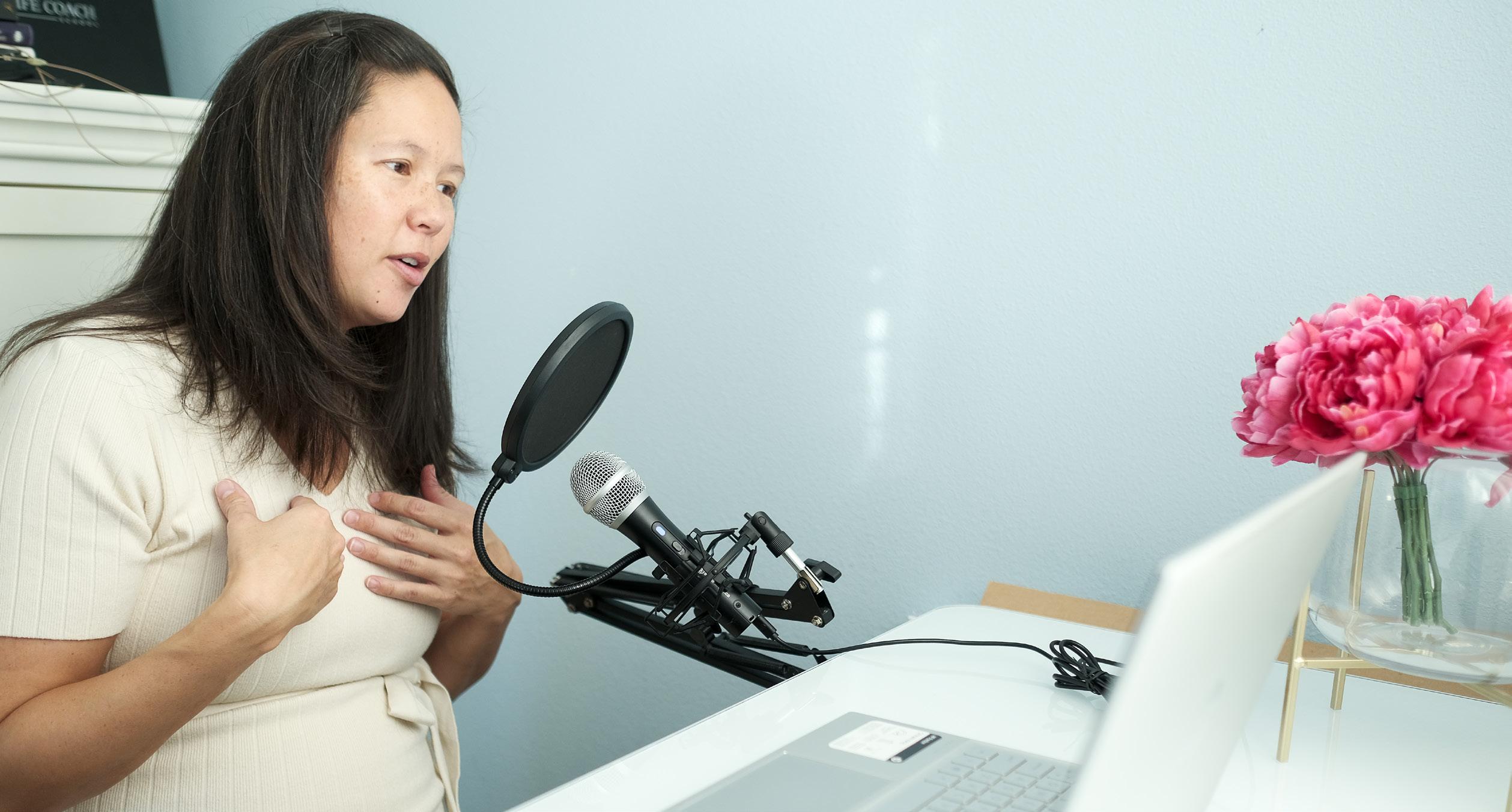
her own coaching business, Sarah Townley, The Type 2 Diabetes Coach. She feels the time has come to educate people on a completely new approach to the disease.
“In 1950, we started measuring our population levels of diabetes and in the adult population in the U.S. — Type 1 and Type 2 combined — we had one million people who had either type,” Townley says. Today, according to the Centers for Disease Control, there are more than 100 million living with prediabetes and diabetes. “A recent national survey showed more than 80 percent of our population had one marker of metabolic disease or more,” Townley adds.
Since opening her coaching business, she says she’s had plenty of proof she was on the right path. One of her current clients, when he began, was on four injections of insulin daily. Diabetes was starting to claim his eyesight.

“In the week before we had our first session, he started cutting out refined carbs. He didn’t snack and stayed in a fasted state if he wasn’t hungry,” she says. “One week after our first session, he had reduced his mealtime dose of insulin by 50 percent and by the second session, he eliminated his mealtime insulin. He went from four injections to one injection a day with normal blood sugars.”
Lalla Chadwick, 72, sought out Townley in the summer of 2022 after a period of grief derailed her health. After her oldest son died unexpectedly, she gained weight. Her blood pressure was high and her A1C, a test that reflects a person’s three-month average of blood sugars, showed she was pre-diabetic.
“I was absolutely falling apart,” Chadwick says.
She took the 16-week journey with Townley, learning how to cook, what to eat and when and even how to breathe to reduce stress.
“I’ve lost 15 pounds and, I tell you what, my buying habits have
totally changed. There are only two places I go in the grocery store — the fresh produce and the dairy sections. All the middle sections with all the packaged foods, I don’t go there anymore.”
In mid-November, her annual checkup with blood work proved her hard work was paying off.
“I’m no longer insulin resistant,” Chadwick says. Her A1C dropped. She’s no longer prediabetic. Her blood sugar is now comfortably in the normal range and she feels incredible. “It’s like night and day. I feel like life is worth living.”
During her sessions, Townley will learn her client’s habits, find out what they’re eating, help them come up with a meal plan and be there to help avert any slip-ups.
“It needs to be sustainable,” Townley says. “We are looking for lifetime results.”
If you ask Townley, she’ll tell you she practices what she preaches. As a mom of six kids with one on the way, she would often gain upwards of 60 pounds with each pregnancy only to have a bear of a time getting it back off. After reading “Obesity Code,” she learned how to cut out refined carbs and sugars. She stopped eating breakfast and quit snacking. One or two times a week, she’d do a 42-hour fast, eating dinner on Sunday and then not eating again until lunch on Tuesday. The change helped her shed the post-baby weight and gave her a needed boost in energy.
“Once you start to understand the process that’s happening in the body and the messages that you are sending to your body by the choices you’re making, you get to start manipulating whether your body is in fat burning mode or fat storage mode,” she says.
And that’s why she loves sharing this knowledge to help others conquer something they never thought possible — reversing Type 2 diabetes.
“It’s a joy,” Townley says. “It’s pure joy.” ✻
TO LEARN MORE about Sarah Townley, The Diabetes Coach, visit her at sarahtownley.com. She has plenty of free resources plus she hosts a diabetes related podcast on her site as well.
PayneWest works hard to understand your company. That’s so we can uncover potential snags, help you avoid them, and make an insurance plan that works.
Find your agent at PayneWest.com/Business.

 written by JULIE KOERBER photography by DANIEL SULLIVAN
written by JULIE KOERBER photography by DANIEL SULLIVAN
SOMETIMES IT’S THE MIDDLE of the afternoon. Sometimes the pager and tones ring out in the middle of the night. When that moment hits, nurses Mara Ostler and Ruth Anderson, along with paramedic Stephanie Rickbeil, have no idea what emergency awaits, but they suit up, grab their gear and get ready to deliver critical care in the air.
“Once they officially call flight, you have 20 minutes to get there,” says Mara Ostler, a former Emergency Department nurse who’s been flying with St. Vincent Healthcare’s HELP (Helicopter Emergency Lifesaving Program) Flight since 2006.


These women are a part of a program of 53 people, each with their own area of expertise from flight nurses, neonatal and maternal nurses, flight communication specialists, respiratory therapists, flight paramedics and pilots — all trained to play a pivotal part in this critical, emergency and transport care.
HELP Flight has been around for nearly 43 years. It was the second program of its kind in the state and one of the first 10 in the nation. With a Eurocopter EC 135 helicopter and two Beechcraft Super King Air fixed-wing planes, this air ambulance service operates 24 hours a day, seven days a week. Only dangerous weather grounds the program. While most have heard of HELP Flight, the ones who know it best are those who meet this team on perhaps one of the worst days of their lives.
“These guys go in and they are often the highest level of care getting to their patients,” says Heather Stamey. She oversees St. Vincent’s emergency services, flight and trauma teams. “HELP Flight picks up the pieces and gets them where they need to go.”
Stephanie Rickbeil started her career as a ground paramedic. She laughs when she talks about how she landed in this profession.
“I took an EMT class in high school in Red Lodge,” she says. “A friend took the class, so I decided to as well.” That was 1993.
Stephanie got the bug for emergency medical care and has been a flight paramedic with HELP Flight since 2003. In May of 2022, she was honored by Gov. Greg Gianforte as the Career EMS Provider of the Year.
When she’s not in the air, she provides outreach for EMS providers and law enforcement. Even with the long hours that are often taxing on the body, she’s been called “the glue that holds the team together.” It’s an honor she’s quick to brush off.
“What brings me to my work every day is my people,” Stephanie says, adding that in this line of work, it’s far from a one-person operation. “You can’t not have a sense that your person has your back.”
Mara Ostler is one of Stephanie’s “people.” And as she talks about the ins and outs of being a flight nurse, Mara says that oftentimes, it’s what isn’t talked about that matters most on the job, especially when the team is thousands of feet in the air with a critical patient in front of them.
“We often don’t have to talk about what we are going to do,” Mara says. “We know what the other person is thinking because we know each other so well. That’s the beauty of being a small, high functioning team with a lot of morale. We can just look at each other.”
ST. VINCENT
HEALTHCARE’S NEONATAL INTENSIVE CARE UNIT AVERAGES 80 TO 100 FLIGHTS A YEAR.
Not every day is wrought with intense medical situations. When calm days come, Mara and Stephanie both say they love to check in on those patients they cared for in the sky.

“They could choose to sit downstairs (in their crew quarters) and not ever go and have that closure by saying, ‘I met you yesterday and you were having a heart attack and I helped you through that.’ They’re so committed. They do it for all the right reasons. Not every flight program is like that,” Heather says.
“One of my most favorite things is to go visit those patients,” Mara says. “That is the most gratifying thing about this job.”
As the two women talk, Ruth Anderson, a flight nurse in the Neonatal Intensive Care Unit, gently nods. While her counterparts handle every emergency for patients 12 pounds and up. Ruth ministers her care to the tiniest of human beings, measured, at times, in grams instead of pounds.
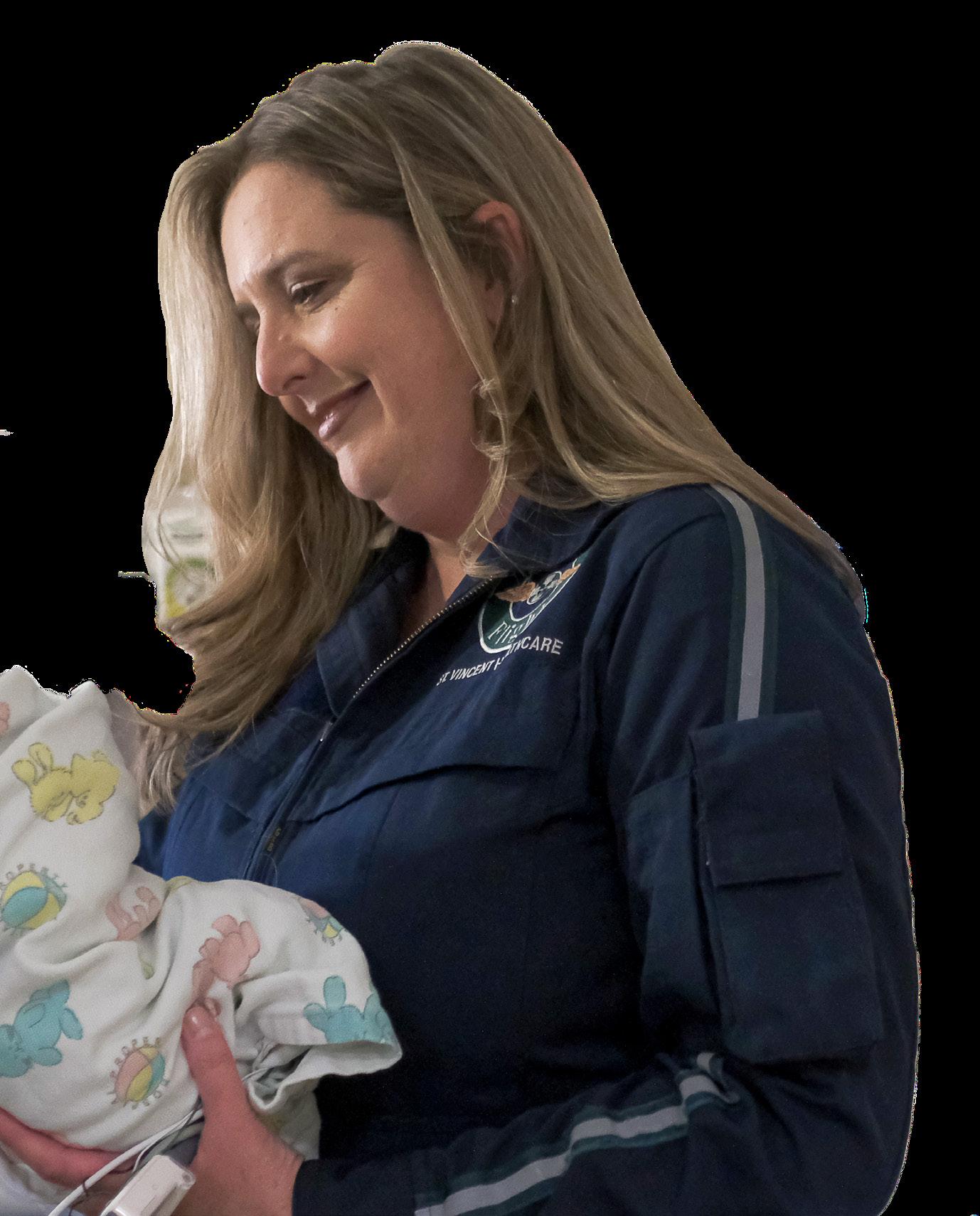
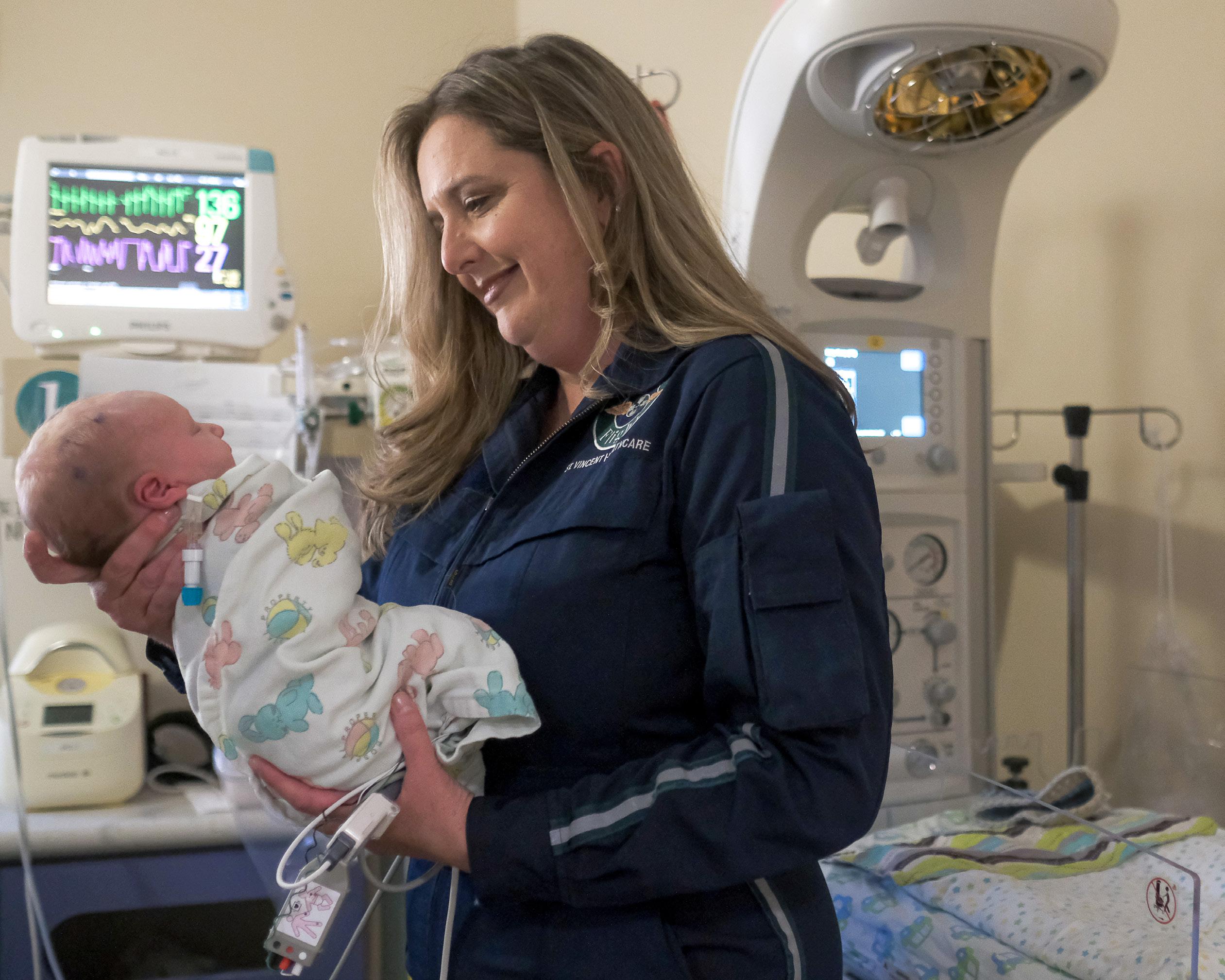
As a single mom of two boys, Ruth relies on a strong support system. There have been many nights when her mom will meet her in the hospital parking lot to help shuffle her grandsons back home with her. Ruth does it because she knows it matters.
As she talks about the long hours and emotionally demanding parts of the job, she shares one story that’s etched on her heart. She was headed to a rural hospital in Wyoming to transport an infant to St. V’s in the middle of the night.
When Ruth and the respiratory therapist arrived, they found an extremely premature baby clinging to life. While Ruth says those at the hospital did everything right before the HELP Flight team landed, “There was no way this baby could survive. We have a portable machine where we can run our own labs out in the field. My respiratory therapist looked up at me and her eyes filled with tears. She just looked at me and shook her head,” Ruth says with emotion.
“I love the babies,” Ruth says, “they are my passion.”

You’re not prepared when an emergency happens. But we are. St. Vincent Healthcare offers the highest level of quality emergency care in the region, with a level II trauma center, regional HELP flight program, pediatric trauma services, and extensive trauma surgery capabilities. So whether it’s a serious accident or a critical health event, if you’re having an emergency, don’t delay care. When the unthinkable happens, just say, “Take me to St. V’s.” Learn more at svh.org/trauma

When it comes to the unthinkable, we’ve thought of everything.
While there are far more happy endings than sad ones, Ruth says, she never loses sight of the small part she plays in each of her patient’s stories.
“The family will always remember how you made them feel in that brief moment,” she says.
Ruth normally flies on one of the program’s two fixed wing planes. Mara and Stephanie often slip inside the back of the HELP Flight helicopter. Both say this chopper, being able to get into tight situations that a vehicle often can’t, can be a matter of life or death for a patient. It’s landed on the highway to rush in after a bad vehicle wreck. And, it’s landed on a mountainside after search and rescue dug out an avalanche victim.

“They will tell us, ‘Here are your coordinates. You are flying out to the such-and-such ranch. You’ll be two miles west of the ranch house in a gully. You’re looking for a yellow side by side,’” Mara says. She adds after the crew of three — a pilot, and often a flight nurse and a paramedic — gets there, they rely on a communications specialist and those on the ground to help them find landmarks and a spot to land.
It’s been nearly five years since 47-year-old Wendy Broyle’s family couldn’t wait to hear the pulsing sound of the HELP Flight chopper. It was Feb. 4, 2018, Superbowl Sunday, to be exact. Just outside the family’s Rapelje farm, the snow was coming down hard and the wind was blowing it to near zero visibility.
Wendy was in the throes of labor with her sixth son. Her midwife braved the roads from Columbus, making it to the Broyle’s home in the nick of time.
“She was trying to get me comfortable, but the labor was pretty intense,” Wendy says. “The baby’s heart rate was dropping and she could tell he was in distress. She brought her vehicle up to the front door. She was going to take me to the emergency room.”
Heather Stamey, service line director of emergency services, flight and trauma
The baby, however, wasn’t waiting. After a few minutes, a very healthy Elijah Broyles was born and Wendy says, “the air was back in the room.” As Wendy held her new baby boy, her midwife checked her blood pressure.
“It’s sometimes like looking for a needle in a haystack,” she says. “I’ve always wondered what it would be like to be on the ground and hear that helicopter coming.”
“She tapped it and said, ‘This thing isn’t working. Are you sure you are feeling OK?’ I told her, ‘Well, I am seeing stars.’” Wendy adds, “I was losing color and I didn’t have a blood pressure that she could detect.” Wendy was later told her heavy bleeding was most likely caused by a uterine rupture.
THEY DON’T FEEL LIKE HEROES AND I KNOW WHY THEY FEEL THAT WAY BUT EVERYONE WHO SEES THEM, SEES THEM AS HEROES BECAUSE THEY ARE COMING IN AND THEY ARE LIKE HOPE.
BETWEEN THE HELICOPTER AND TWO FIXED WING PLANES, THE HELP FLIGHT TEAM TAKES ROUGHLY 1,000 FLIGHTS PER YEAR COVERING MOST OF MONTANA, PARTS OF NORTH AND SOUTH DAKOTA AND DOWN INTO WYOMING. THE TWIN-ENGINE PLANES HAVE TRANSPORTED PATIENTS ALL OVER THE COUNTRY FOR SPECIALIZED CARE.

Wendy’s midwife called 9-1-1 from her cell phone, which, up until that day was never able to get a signal from the remote property. Back in Billings, tough decisions were being made about whether the HELP Flight helicopter could even run the risk of sending a crew to Rapelje.

“At the end of the day, we want all our crew to go home to their families and all the patients to make it back to their families,” Heather says. When a pilot makes a decision on whether or not to fly, she adds, he or she is never told the circumstances. They base their decision 100 percent on being able to navigate safely through weather.
Stephanie says on that day, temperatures were below zero. The weather had triggered a “no fly day,” but in what some call a miracle, it seemed to clear right as the call came in.
“The pilot told us, we’ll try, but just so you know, we may have to

turn around,” Stephanie says. “Our pilot was telling us we had to leave right now, which added a whole other time component to the overall problem.”
As Stephanie got ready to fly, grabbing units of blood and plasma, Wendy slipped in and out of consciousness.
“I started losing my vision, mostly of people’s faces,” Wendy says. “When I looked at people’s faces, they were just glowing, a shimmery gold.”

Wendy could hear the paramedics on the phone trying to arrange the flight’s landing. “At one point, one of the paramedics said if they didn’t come, I was going to die,” Wendy says.
When the plane landed next to the home on the property, flight nurse Tim Hawkins knew every second counted and immediately began pumping Wendy with fluids and blood. Wendy later


learned that during the emergency, she’d lost 125 percent of her body’s blood volume.
“As much as they were putting in, I was bleeding back out,” Wendy says. “There is no medical reason why I should have survived that. I’ve talked to nurses since then who have told me that happens to women in the hospital and they don’t make it.”
“We loaded her up, and I will never forget her looking at me,” Stephanie says. “It was the first time that I had seen the thousand-yard stare. I thought, ‘We are going to watch this woman die. I’ve met her family. I met all of her kids and she is going to die. I think she was seeing the light, to be honest with you.”
times that I felt what we did truly made a difference.”
Today, nearly five years later, Wendy still gets emotional talking about that day.
IT CHANGED ME. IT CHANGED ALL OF US. I KNOW THAT THEY WOULDN’T EVER CALL THEMSELVES HEROES AND THAT’S WHAT MAKES THEM HEROIC — THE HUMILITY.
Wendy Broyles
As the chopper landed, “Every person who needed to be in the ER was there waiting for us. She was up in the operating room within 10 minutes,” Stephanie says, adding that it was amazing how everything aligned despite the odds. “I went from thinking, ‘I am going to watch this woman die in this helicopter,’ to three days later learning she went home with her baby. It was one of those
“It changed me. It changed all of us,” she says. “I know that they wouldn’t ever call themselves heroes and that’s what makes them heroic — the humility.”
When asked why they do what they do, all three women answered by saying they feel they have the skills to do the job, being able to keep calm and make split-second decisions in any kind of medical emergency.
“Even if a flight doesn’t go well, you still ultimately love your job,” Mara says. “In a way, it’s a calling.”

“They chose a profession that can put them in danger, and they definitely did that day,” Wendy says of her HELP Flight team. “Because they fulfilled their calling to do what they do and they did it with excellence, I get to fulfill my calling to be a mom and a wife.” ✻
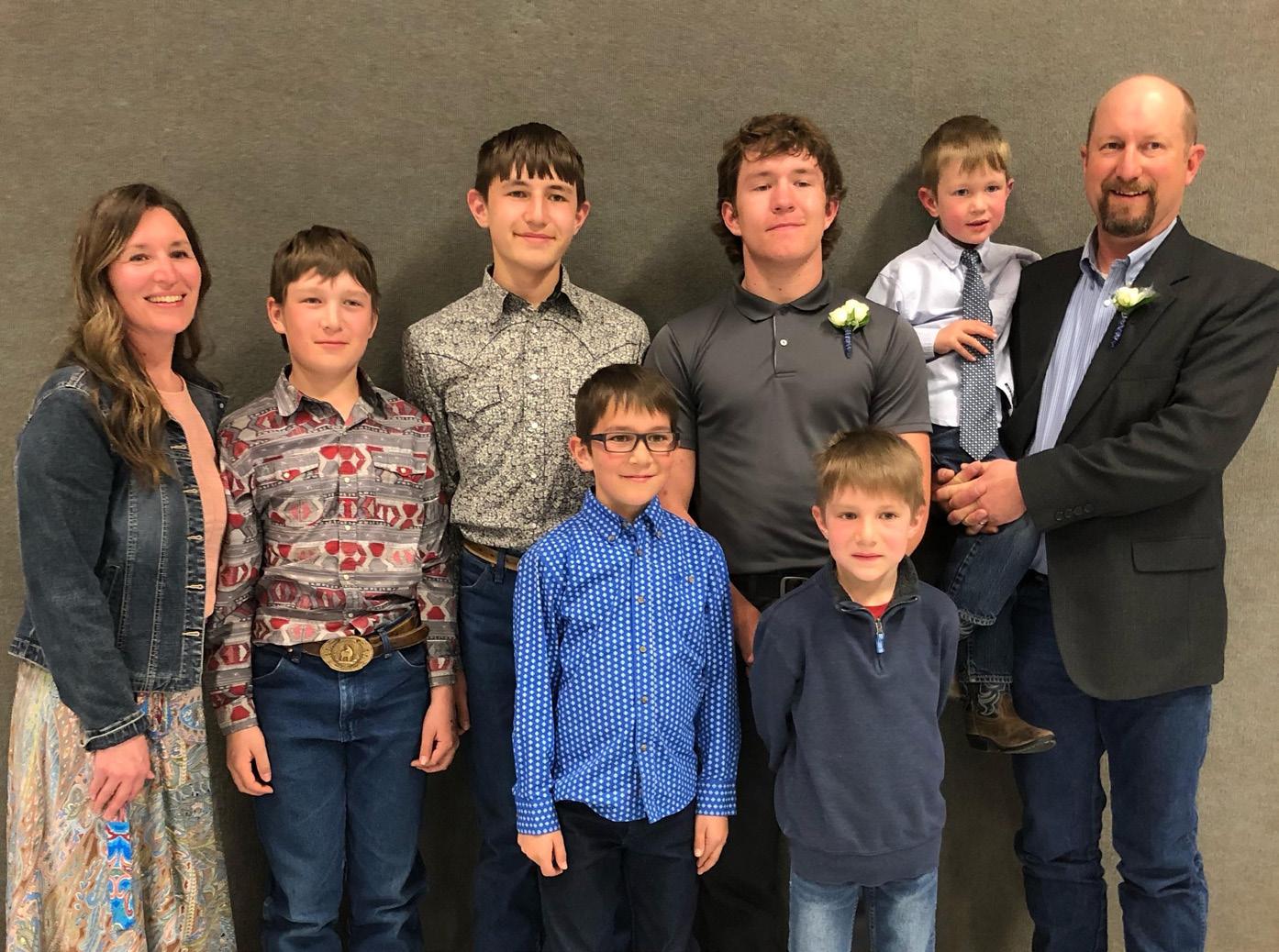
EACH PLANE TIED TO THE HELP FLIGHT PROGRAM
OPERATES AND FLIES WITH TWO ENGINES. IN THE EVENT ONE FAILS, THE CREW WON’T HAVE TO FORCE AN EMERGENCY LANDING AND JEOPARDIZE THE HEALTH AND SAFETY OF ITS CREW OR OF THE PATIENT.






WHAT JEN ALDERFER CHANNELS AS SHE LEADS ST. VINCENT HEALTHCARE
ST. VINCENT
relies on strong delegation, communication and relationshipbuilding skills to tackle her challenging job. As she leads St. Vincent into the future, she also finds strength by remembering the hospital’s storied past.
“We were founded almost 125 years ago by bold and courageous women leaders,” says Alderfer. “I feel like anything I could do to be a female leader pales in comparison to what our founding Sisters of Charity of Leavenworth did all those years ago. So, what I try to do is channel their foresight, their courage and their commitment to our mission in my role.”
When Alderfer was chosen to lead St. Vincent and SCL Health’s Montana region in late 2021, planning was picking up for a merger between SCL Health’s eight hospitals and Intermountain Healthcare. The Covid pandemic was winding down, and St. Vincent and its sister hospitals in Miles City and Butte were in transition.

“2022 was a great year for us to broaden and re-emerge and invest in all of the other service lines that we’ve been doing and want to do, in addition to taking care of patients who might have had a Covid diagnosis,” says Alderfer.
It was also a time of transition for Alderfer. When she accepted the job in Billings, she was the president of a Colorado hospital also owned by SCL Health and served as SCL health’s transformation officer. After spending 18 years in Colorado, she and her husband had recently become empty-nesters and were ready for an adventure. What Alderfer didn’t realize was that her new adventure would trigger a trip down memory lane. She grew up in rural Kansas, and Montana reminds her of home.
“When I drive between St. Vincent and Holy Rosary Hospital in Miles City or St. James Hospital in Butte, it really takes me back to what it was like to live in a more rural setting with parents
who worked and farmed and really supported an ag community and lived off the land,” says Alderfer. “So it’s been really special for me.”
Alderfer’s rural roots give her a unique perspective on some of the challenges of providing healthcare to patients across a large region like Montana. Her mother still lives in Kansas and recently faced long drives to get radiation therapy to treat skin cancer.
“What a wonderful opportunity we have here in Montana to think about where to make strategic investments in the tech and resources we need,” Alderfer says. “So family members don’t have to get in the car and drive, sometimes over an hour, to get those services five days a week when their focus really should be on their health.”
Alderfer’s love for hospitals stretches back to childhood, when she suffered from severe asthma attacks. When they flared up, often during harvest season, she was treated at a small critical access hospital near her hometown.
“I would sometimes be hospitalized to stabilize a bit. I was probably one of the weird ones in that I just loved hospitals. You always go in feeling crummy and then you leave feeling better and you have this handy dandy button that you push and they’ll bring you pudding to get through the rough spots,” she says with a laugh.
Alderfer says her beloved childhood family physician, Dr. Linda, ultimately became one of her mentors as she pursued a career in health administration. Alderfer calls herself a wanna-be clinician, but says she’s blessed to be able to influence the delivery of healthcare, even if she’s not the one at a patient’s bedside or chairside delivering it directly.
In April of 2022, SCL Health merged with Intermountain Healthcare. Since then, Alderfer says a lot of work has been
HEALTHCARE PRESIDENT Jen Alderfer







underway behind the scenes, but St. Vincent patients may not notice major changes, because the hospital has kept its name, faith-based mission and commitment to quality patient care. Also, long before the merger, the hospital had partnered with Intermountain Healthcare for certain patient services. Alderfer says because of the merger, patients will experience even better access to care.
“I think moving from an eight-hospital system to a now 33-hospital system with a great footprint in neighboring states really does represent a level of scale that we at St. Vincent Healthcare alone wouldn’t necessarily as easily be able to provide,” Alderfer says. “So it just represents a greater depth of access to caregivers, specialists and sometimes the under-resourced subspecialists that you don’t need every day in healthcare, but you do need them for certain diagnoses.”

Looking ahead, Alderfer expects 2023 will be a year of stabilizing for the hospital system.




“We’ve had this merger and we’ve done a lot of work from an integration standpoint,” she says. “We’re going to refine some of that integration, and it’ll be a great opportunity for us to stabilize and be part of this larger health system. The part I’m really excited about is through that will come an opportunity to really look and see where we can expand our reach. Where are the parts of Montana needing healthcare services, and where can we hopefully come in and fill that need?”

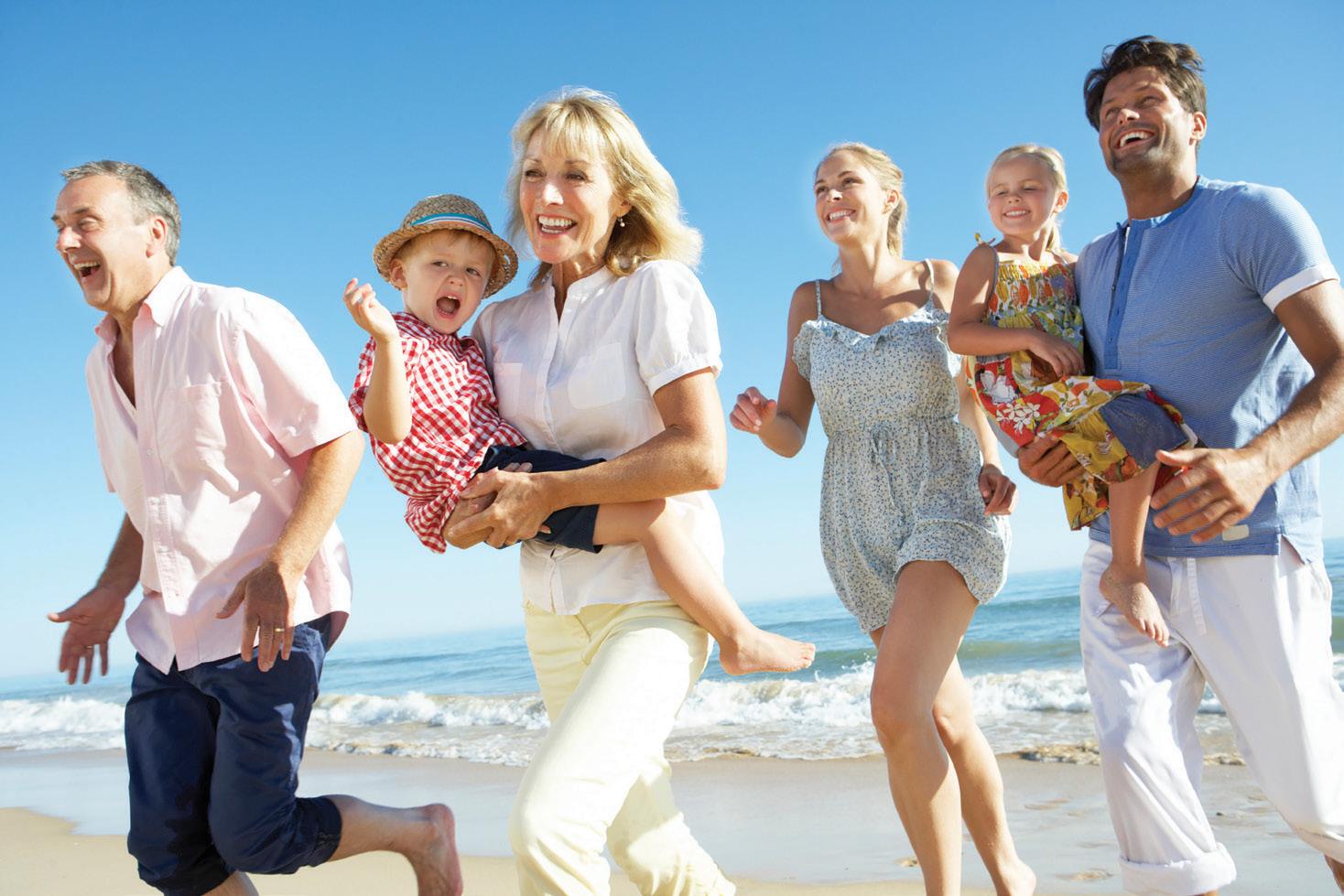
St. Vincent Healthcare is already expanding its footprint in Billings by constructing a new medical office building on the city’s West End. In late 2023, it also plans to start building a new hospital next to the current one.
Moving forward, Alderfer is also focusing on building community inside and outside hospital walls. In Billings and beyond, she’s working to build strong partnerships, so SCL Health can help create healthier communities. Within hospital walls, she says the Covid pandemic was a reminder of how important it is to regularly thank caregivers who put themselves on the frontlines. As she reflects on her first year on the job, Alderfer is especially grateful for the co-workers who have helped her navigate challenges and changes.
“I have such a great team of really dedicated and mission-minded folks who I get to partner with every day,” says Alderfer. “So I count that among my many blessings.” ✻


WALKING INTO 406 Arthritis Clinic is like being invited into someone’s home. The warm, inviting waiting area may as well be a living room with its comfortable seating and homey touches like the intricate handmade quilt hanging on the wall. All through the office, a warm, subdued color palette replaces the stark white walls found in most clinics. Very little in 406 Arthritis Clinic looks like a typical healthcare office. That’s by design because Wendy Donaugh, the clinic’s owner, isn’t your typical healthcare provider.
Wendy, a nurse practitioner, has spent nearly her entire career helping patients with rheumatoid arthritis and other autoimmune diseases. She doesn’t often wear a white coat, and she’s on a first-name basis with all her patients. She knows that when someone first walks through the door, it’s because they are often in pain and desperate for answers and relief.
“I just really have a heart for my patients,” Wendy says.
Wendy, 52, opened 406 Arthritis in December of 2021 with a new philosophy of care, one that involves spending time with every patient. At rheumatology clinics where she’d worked in the past, it wasn’t uncommon for a provider to be expected to see 16-18 patients a day. If you ask Wendy, one 15- to 20-minute appointment isn’t enough time.
“Rheumatology is a constantly changing field and patients’
situations are complicated,” she says. “It requires more time with patients to find out what’s going on.”
In her clinic, Wendy sees three or four patients each day, and on a busy day she may see up to 10, which is reaching her limit.
“I’m not in it to get rich, I just want my patients to get what they need,” Wendy says.
Besides treating rheumatoid arthritis and autoimmune diseases such as lupus, Wendy can also help with gout, osteoporosis and fibromyalgia, as well as joint and back pain. Her clients are people of all ages, though she doesn’t specialize in treating children.

You could call 406 Arthritis small but mighty. Wendy can handle all the various oral and injectable medications along with IV infusion treatments. She can perform X-rays and take bloodwork. Above all, with new drugs and treatments coming out each year, she dedicates time to stay on top of it all.
“If you get someone on the right treatment, it’s life-changing,” Wendy says.
Bruce Hoiland was diagnosed with system arthritis in 2013, brought on by a severe injury. He’s been seeing Wendy since before she opened 406 Arthritis and credits her with a breakthrough in his treatment.
“She knows me, and she knows my body, and if I say it’s not working, we try new things until we find something that helps,” he says.
Under Wendy’s care, he’s seen significant improvement. He’s also seen her commitment to her patients, providing personalized care with each one. He knows she’s just a phone call away, always ready to listen.
“I trust her. From top to bottom. She keeps track of me,” he says. “I don’t know another provider in this community that does that.”
Wendy will often see new patients come to her with very little understanding of the illness they have or the treatments they’re on. That’s why she is dedicated to education. She takes the time to explain to patients what they need to know and empowers them to make treatment decisions.
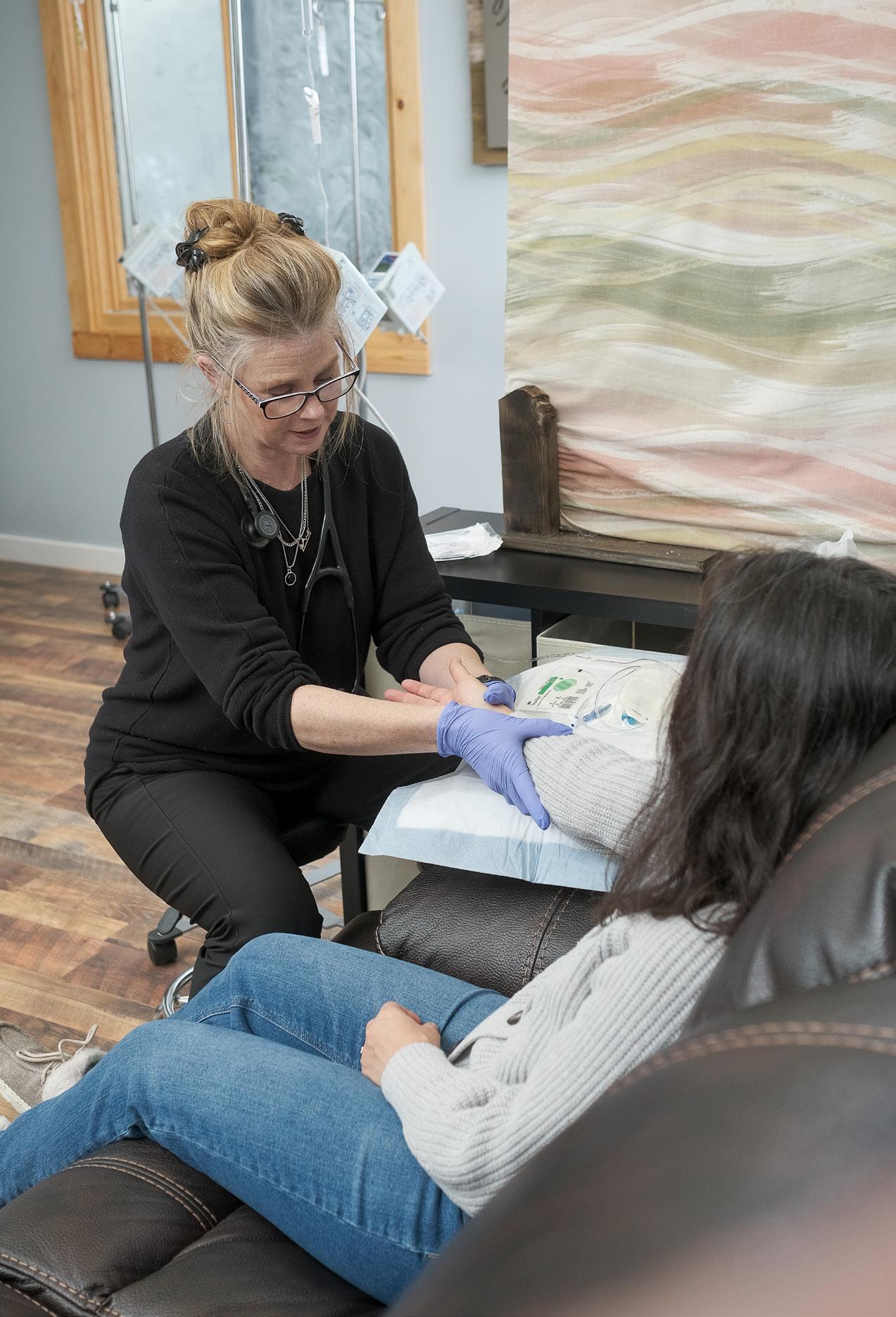

To keep education at the forefront, she started a support group for those living with rheumatoid arthritis and autoimmune diseases. It’s created a community for those who attend. Wendy arranges guest speakers to talk about everything from anti-inflammatory eating to the benefits of physical therapy. The group meets once a month and everyone — not just 406 Arthritis patients — are welcome.
At 406 Arthritis, Wendy employs a receptionist and a nurse, and her husband Doug pitches in around the clinic as well. Wendy and Doug invested their life savings into starting the business and have yet to take out any loans for startup or day-to-day operations. They’re committed to running the business debt-free by expanding it slowly, working out the kinks as they go.
Wendy knows from experience that there’s no straight path to success. She’s taken her time getting to where she is today.
Wendy grew up in Bozeman, dropped out of high school and left home by the time she turned 16. She got “tangled up” with a man


20 years older than she. He was involved in drugs and prostitution, and Wendy became pregnant at age 17. Her son was born the day after her 18th birthday, and though it was a heartbreaking decision, she knew she wasn’t ready to be a mother, so she placed him for adoption.
“I’ve never met him, and I’m at peace with that,” she says. “I said to him, this is not because I don’t love you. I do. I just want to give you life.”
It wasn’t long before Wendy’s boyfriend ended up in jail, and Wendy was on her own, stuck in California, working at a Dairy Queen and living in her car. Desperate, she moved in with her grandmother in Nevada, and with a little stability in her life, she earned her GED and attempted community college.




She eventually married and had three kids and cared for her husband’s ailing parents in their home. It was more than the marriage could stand, she says, and the couple divorced when their youngest was 5 years old. She relocated to Billings with her children and set her sights on nursing. Though it took some time and sacrifice, she earned a bachelor’s degree and became an RN in 2002.
Wendy’s mother has always been her inspiration. Wendy’s father left Wendy and her mother when Wendy was 4. Undaunted, her mother pursued a teaching degree, eventually even earning a master’s degree. She valued education, and although her mother couldn’t help financially, she was Wendy’s biggest cheerleader as she pursued her nursing degree.
“I watched all this, and I knew I wanted to do what my mom did,” Wendy says.


In 2002, Wendy went on to become a nurse practitioner. It’s been the perfect fit.


I TRUST HER. FROM TOP TO BOTTOM. SHE KEEPS TRACK OF ME. I DON’T KNOW ANOTHER PROVIDER IN THIS COMMUNITY THAT DOES THAT.
PHYSICIANS ARE TRAINED TO FIX YOU. TO THEM, YOU’RE A PROBLEM TO FIX. AS A NURSE PRACTITIONER, WE ARE TRAINED TO LOOK HOLISTICALLY AT A PATIENT. EVERYTHING ABOUT YOU MATTERS. THAT’S HOW WE ARE TRAINED.


 — Wendy Donaugh
— Wendy Donaugh
“Physicians are trained to fix you. To them, you’re a problem to fix,” Wendy says. “As a nurse practitioner, we are trained to look holistically at a patient. Everything about you matters. That’s how we are trained.”
Wendy admits that her profession can easily lead to burnout, but she has learned to build downtime into her days. She loves spending time walking with her dogs on the small farm that she and Doug share near Park City. She doesn’t mind the commute. It gives her time to think and prepare for the day and decompress on the way home. When she has time, she likes to quilt. The quilt in the waiting room is her handiwork. She also finds peace in her faith and sees her work as a calling.
“I’ve always had a heart of compassion for people,” she says, “and I’ve always known that’s been because of the Lord.” ✻

 written by GAYLE SMITH
written by GAYLE SMITH
FIRST THE LINES START to appear. Then you notice a little bit of sagging. Or, maybe your skin is starting to look a little dull or a few age spots have started to sprout here and there. While our mothers and grandmothers might have had to grin and bear those subtle signs of aging, the truth is, with aesthetic options, you have the power to keep these issues under control and turn back the clock on aging.
Let’s start at the beginning. The women who make it their mission to keep us looking young say you need to understand how skin changes over time and what it needs as we age. It starts with a good skin care routine — cleansing, moisturizing and applying sunscreen, every single day. Those big three will never go away, but they do change as the years go by. Let’s face it, our skincare needs in our 20s or 30s are vastly different from our skincare needs in our 40s, 50s and 60s.
“As we age, we stop producing collagen, hyaluronic acid and estrogen,” says Char Ayre, RN with Montana Medical Aesthetics. “Estrogen is the fountain of youth. It gives our skin structure, holds moisture in and gives skin rebound and integrity.” Ayre says as we lose this, we need to add moisturizers, hydration and structural components to keep our skin as healthy as can be.
Over time, Ayre says, we start to lose bone, muscle and facial fat, eyes become deeper set and skin thins, revealing blood vessels that cause the appearance of dark circles. “If we maintain thickness and suppleness, we see less of that,” Ayre says. “We can’t change the aging process, but can be strategic about it, giving ourselves more confidence to feel better about ourselves.” (See sidebar on Age Defying Ingredients on pg. 56)
Montana’s extreme weather — harsh winters, dry, hot summers and gusty winds — add to the ongoing battle to keep your face looking and feeling radiant. Our “Montana skin” needs a moisture barrier to keep it supple and to decrease the formation of fine lines.
When the summer sun blazes, fair skin bears much of the burden to fight sun damage, the major cause of those fine lines
and wrinkles. Dr. Julie Reil of Shiloh Medical Clinic says fair skin typically produces fewer oil glands and fewer tanning cells known as melanocytes. Melanocytes are the base of melanin, the barrier in our skin that protects against sun damage.
“Sun damages skin’s elastin, the rubber bands of our skin, leading to wrinkles, sunspots and old-looking skin,” Reil says.
Aside from making sure you wear sunscreen every day, Reil adds, “Glowing skin reflects an internal balance of hydration from drinking water, good lipid content from eating good fats called Omega-3s and phytonutrients from healthy foods. A consistent external skin cleansing, moisturizing, exfoliating routine and daily sunscreen completes the recipe for glowing skin.”
We’ve already mentioned that if the fountain of youth were real, it would be flowing with collagen. Sadly, that fountain begins to dry up a bit as we age. Sun exposure, smoking, excess alcohol, lack of sleep and lack of exercise can cause that that fountain to run dry all the faster.
Here’s how it works. Collagen is a protein that lives deep in our skin layers. Over time, this tightly organized network of fibers changes to an unorganized maze. When environmental exposures damage that network over time, the strength and thickness of our collagen begins to erode, leading to wrinkles.
This degradation starts a lot sooner than many of us think.
“It begins late in our 20s to early 30s,” says Jamie Decker, DNP, FNP-C and owner of Top Deck Medical Aesthetics. “By 50, collagen production diminishes very significantly, while visible aging accelerates, affecting the elastin in our skin, which is why we see more skin laxity.” While collagen is a protein that gives our skin structure, elastin is another protein that gives our skin the ability to stretch.
“Everyone wants a natural look, but sometimes that means a lot of work to look effortless,” says Dr. Tanya Riddle of Billings Dermatology & Aesthetics. That’s why Riddle spends a lot of time educating her patients so they can become empowered and truly understand what various age-defying treatments can and cannot accomplish.
“If something bothers you, give it consideration before you act on it,” Riddle says. If she had to put her finger on two of the top treatments her office performs, the answer is easy.

“Our most popular treatment is Botox as a prevention for wrinkles,” she says. “Our other most effective treatments are laser-based, which help remove brown spots and over time, with successive treatments, regenerates new skin.” She’s quick to add that because she prides herself on being a trusted resource, “We help people understand what’s normal for the average woman or man and provide them with options that have scientific backing.” The result, she hopes, is to help her patients be comfortable in whatever skincare decisions they plan to make without unrealistic expectations.

The good news is that when it comes to keeping a youthful appearance, you’ve got options. There are anti-aging skin products and techniques designed specifically to help with the loss of elasticity and firmness, uneven skin tone, changes in skin texture, enlarged pores, expression lines and yes, even wrinkles.
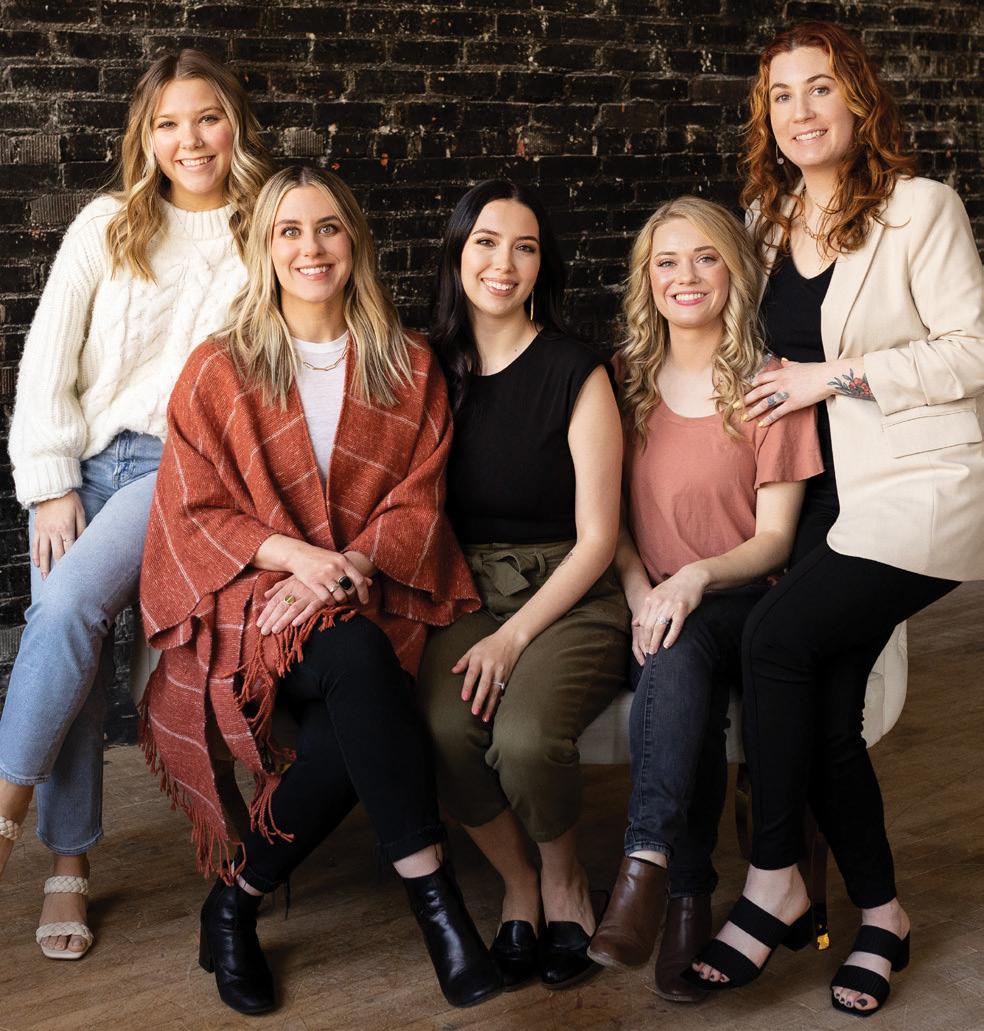

Some of us can fool Mother Nature better than others thanks to the genes we were born with but, as the experts share, giving your skin a little TLC can make all the difference — so much so that your 60-year-old self might just thank your 25-year-old self for the extra effort. ✻




Melissa Fuller of Vitality Medical & Wellness Center says hormonal acne and brown spots are two common issues at this age. The good news is both can be prevented or repaired.


“Micro needling, a minimally invasive procedure, can help with these issues, by stimulating collagen production and giving your skin a radiant look and feel,” Fuller says. “Whether it’s acne, preventing wrinkles or hydrating from within, micro needling is one of the best things you can do for your skin.” (See sidebar on Age Defying Therapies on pg. 56)


For that fresh, youthful look, Fuller also touts what she calls a “vampire facial.” After a round of micro needling, the patient’s own platelet rich plasma is spread over the skin to help heal damage. Fuller says her clients have raved about the results, saying it brightened dull skin, restoring a dewy, natural glow.
“We can also treat acne with laser therapy, adding in vitamins to treat the actual acne,” Fuller says. She adds that, especially at 20, sun protection is key.



Simply rinse and use milky hydrating cleansers so as not to strip this area of your skin’s natural rejuvenating oils.
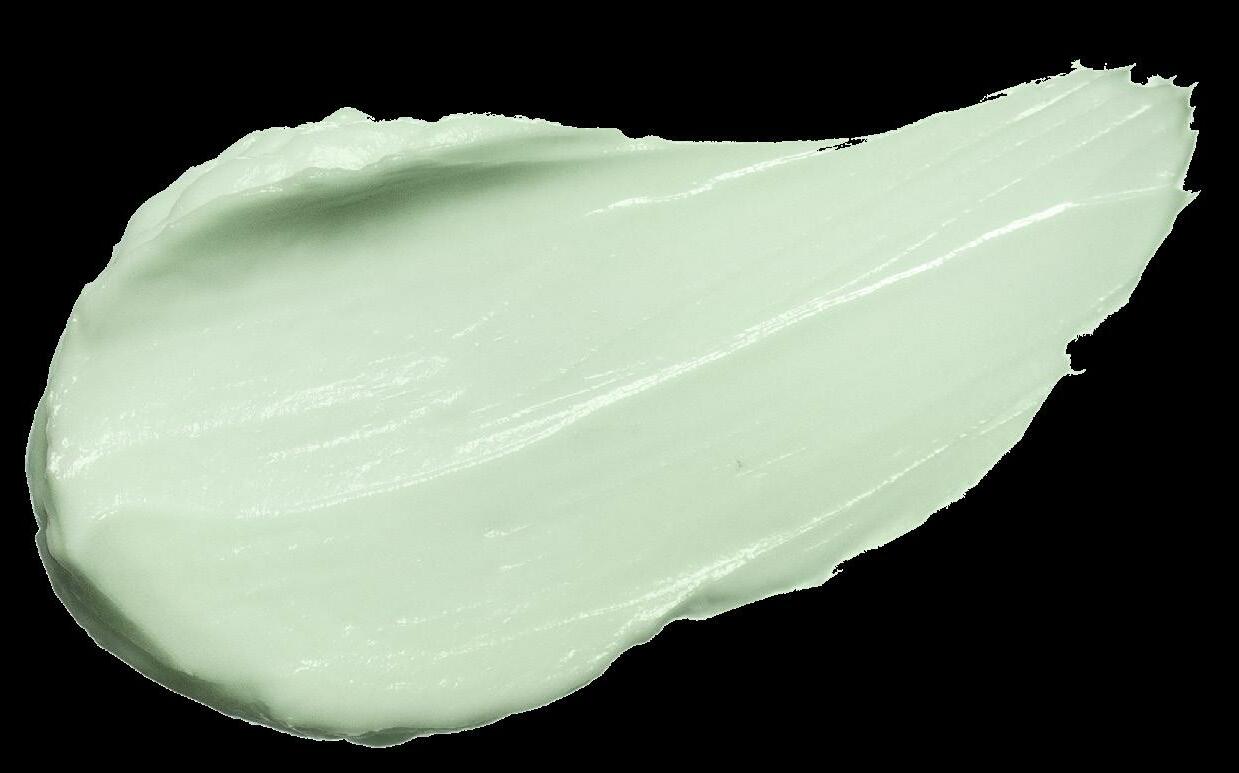

“We love the Gentle Peptide Cleanser from Rhonda Allison or the Hydrating Cleanser from ZO. These cleansers are frothy and help with dry skin, especially in the winter,” Jamie Decker of Top Deck Medical Aesthetics says. “Toning is important after washing to help with pores, oil control and hydration.” Decker also recommends exfoliating a few times a week and, she adds, never forget daytime moisturizer and sunscreen.
“In your 30s, it is very important to start using a retinol a few nights a week,” she says. “Retinol helps with oil control and breakouts, overall texture, fine lines and wrinkles.”
This is the age at which many women start to turn to neuromodulators, known more commonly as Botox, Dysport or Xeomin.

“These can be used to help with fine lines on the forehead, around the eyes, and the crow’s feet. This is a very quick procedure that produces great results for three to four months,” Decker says.
If skin laxity starts to pose a problem, Decker uses a therapy called Sculptra, a biostimulator that helps to replenish the skin from the inside out.

“Think of it as fertilizing the tissue to help rebuild it naturally,” Decker says. “It gives you glowing skin and helps to replenish hollow areas around the temples and cheeks.”


Not only do they contain perfumes that irritate your skin, they force you to tug and pull on your skin, especially under your eyes. Start instead with a cleansing balm followed by your cleanser.

flatter these days.
“These dead skin cells are what contribute to aging related changes. Exfoliation becomes very important,” Char Ayre says.
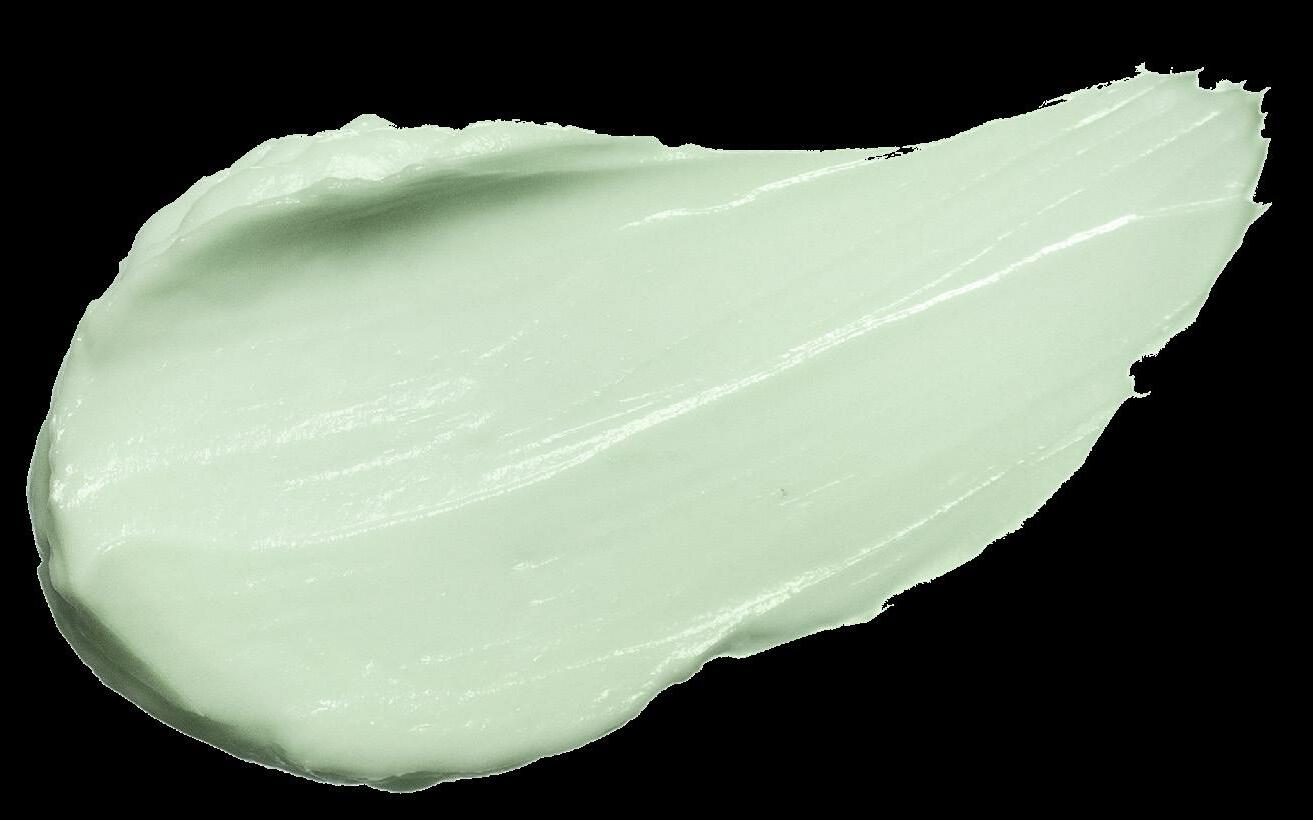
By the time we hit 40, skin cell turnover takes twice the time it did in our 20s. To compound matters, the sun damage we suffered two decades ago is now starting to show up on our faces in the form of brown spots or even redness. Thankfully, light therapies or laser treatments can treat them. These treatments help suppress the melanin, a.k.a. brown spots, from coming to the surface of the skin, keeping your skin tone even.
“Forever Young BBL (a type of light treatment) uses infrared heat and light energy infused into the skin to lift pigment, correct red broken capillaries, and improve laxity,” Ayre says.
When it comes to age defying ingredients, “If you haven’t yet, start using Retin A. It’s vital to aging skin cell turnover,” Ayre says. “Consider microdermabrasion to exfoliate the skin and use


a good moisturizer.”
And just like your younger self, if you’re looking to brighten your skin tone and improve texture, micro needling is a great, minimally invasive option.
IT IS NOT ABOUT AGING GRACEFULLY; IT’S ABOUT AGING STRATEGICALLY. CONTROL THE THINGS THAT BOTHER YOU THE MOST TO HELP YOU FEEL LIKE YOU HAVE MORE CONFIDENCE AND FEEL BETTER ABOUT YOURSELF.
— Char Ayre, Montana Medical Aesthetics
Char brings to MMAC more than 14 years of aesthetic experience and more than 37 years' experience in the medical field. A Carroll College graduate and native Montana , she joined the practice in 2013. Char has earned multiple certificates in laser and injection treatments. When she's not wielding the needle at work, she's playing with knitting and sewing needles at home.
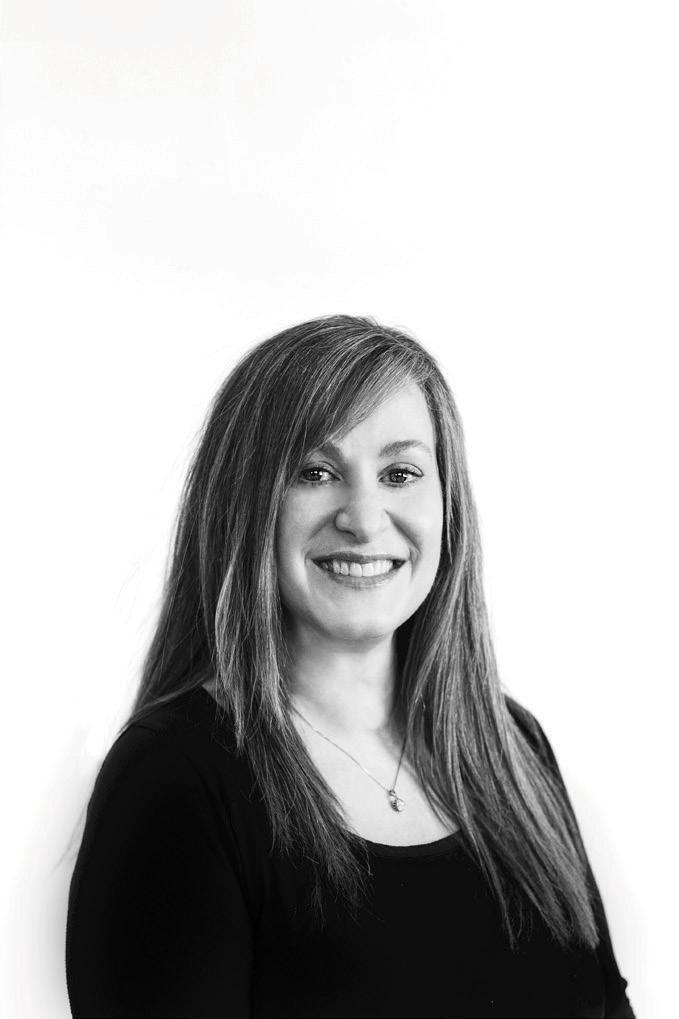
With the 50s, many women can say, “Hello menopause, goodbye estrogen!”
“The skin is very dependent upon estrogen for plumpness, and without estrogen being produced, the skin begins to wrinkle and sag at an accelerated rate,” says Dr. Julie Reil. This can bring changes in elasticity that might show up as dark circles under the eyes, a downturn in the corners of the mouth or with deeper smile lines at the midface.
Turning back the clock on aging might start by taking your vitamins. Dr. Julie Reil says vitamin C and vitamin A have both been shown to have powerful anti-aging effects.

“Vitamin C, when applied topically and when taken orally as a supplement, aids in production of collagen to help the skin to exfoliate and pores to tighten,” Reil says. “Vitamin A, applied topically, can help the skin create brand-new collagen and brand-new elastin, leading to plumper looking, tighter skin and decreased depth of wrinkles.”

Just like in your 30s and 40s, Dr. Reil touts sunscreen. She loves ColoreScience dual sunscreen primer. It’s SPF 50 and contains both titanium dioxide and zinc oxide, two power ingredients to block ultraviolet rays. It also hydrates by trapping your own moisture in the skin and cools the skin naturally.


At this age, Reil says, Retin A is a must.
What women at this age tend to be most concerned about, Reil says, is their skin tone in both their face and neck.

“We offer Triple Tone Treatment, which tones the sub dermis/ dermis/epidermis in a single treatment,” Reil says.
This treatment uses a skin-tightening therapy paired with an ultrasound therapy along with dermal fillers to restore the natural contours of the face.
“It’s customized and our satisfaction rate is very high,” Reil says.
appear around the nose and in the cheek and chin area.
What can you do to combat these issues?
“Your new 3 R’s become, Repair, Replace, and Rejuvenate,” says Janine Griffin, owner of Central Wellness. “We recommend ZO Skin Health for repairing aging skin. Retinol is a must use everyday skincare product. It helps with cellular turnover and boosts collagen. Every 60-year-old should be using it for brighter and tighter skin.”

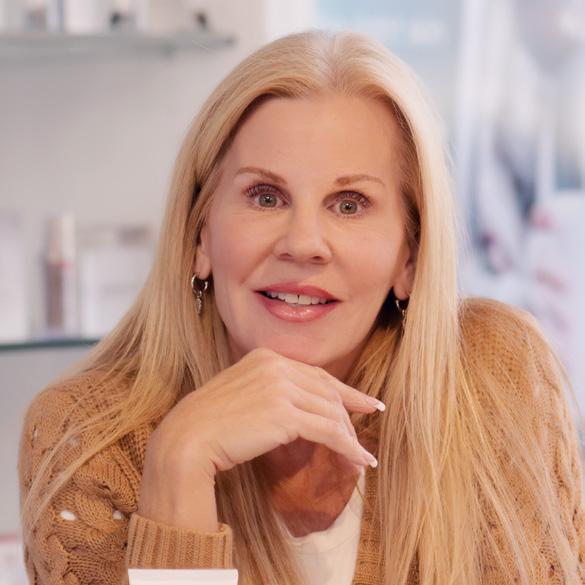
Griffin says while there are plenty of over-the-counter retinol products, “Because we are a medical office, the products here are medical grade and our clients see quicker, better results with them.” It’s why Griffin says it’s important to talk about what is happening with the aging process both in and outside the body.

While many have focused on the outside of the body, Griffin says her team also tackles hormone loss as a way to slow down aging.
“Our three nurse practitioners are board certified in bio-identical hormone replacement therapy and they work with our clients in optimizing hormones as they age. This gives overall wellness that’s truly necessary as we move into our ‘golden years,’” Griffin says.
Griffin also suggests rejuvenating skin treatments that stimulate collagen. Ultherapy is a heat-induced treatment that induces collagen production. Others include micro needling and RF needling, which adds in a radiofrequency therapy to target the deeper layers of skin and promote collagen production.
If Griffin had one piece of advice for mature women, she says, “Looking and feeling your best at any age isn’t vanity. It’s OK to carve out time for yourself. If you stop and fill your cup, then, in turn you have more to give and lift others. “ ✻
Don’t skimp when it comes to moisturizing this area. It needs the extra moisture to maintain suppleness and decrease laxity.
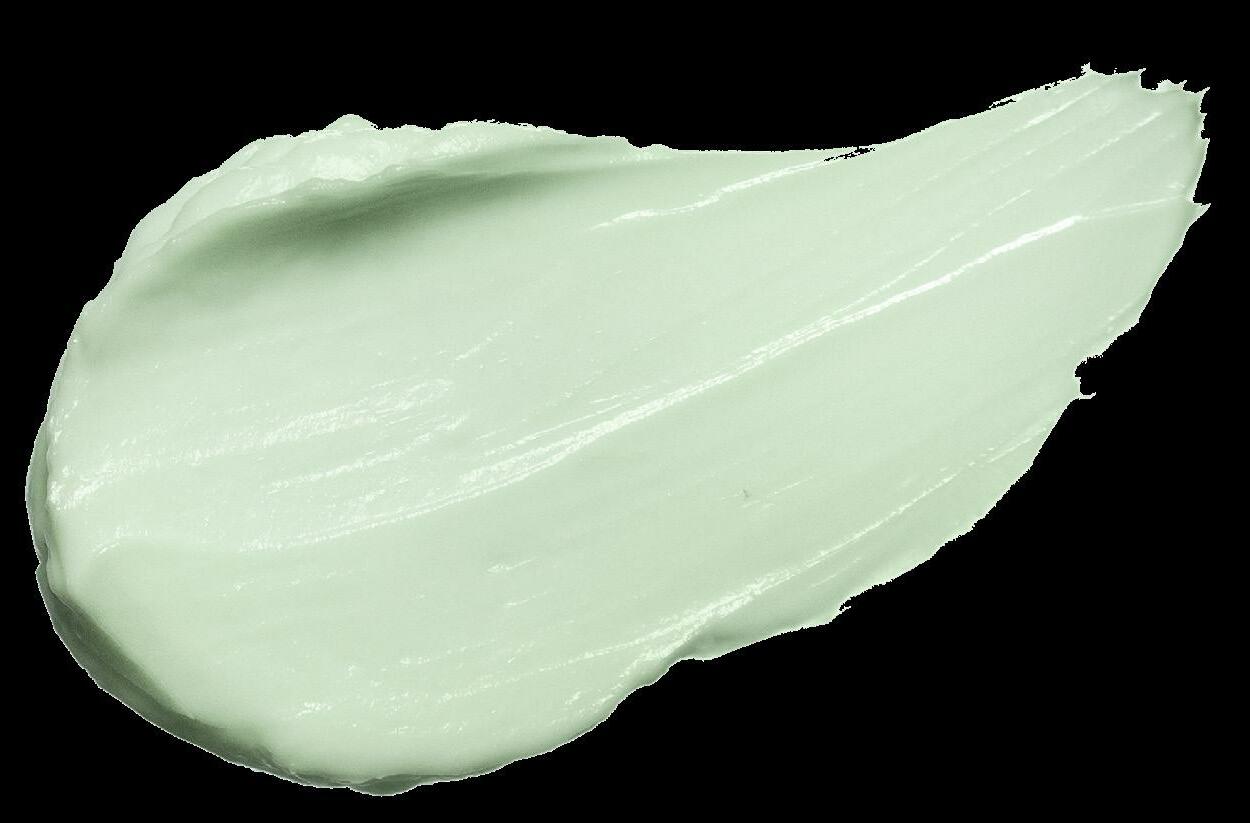
MICRO NEEDLING: This minimally invasive procedure uses thin needles to make tiny holes in the top layer of your skin. This damage helps stimulate healing and, as a result, ramps up collagen production.
NEUROMODULATORS: This treatment, better known as Botox, prevents the underlying muscle from contracting. This inhibits the skin layer on top from folding and wrinkling which helps keep new or deep wrinkles at bay.
COLLAGEN BIOSTIMULATORS: A form of calcium or poly lactic acid is injected deep into the middle layer of the skin to stimulate collagen production.
DERMAL FILLERS: The use of a hyaluronic acid-based gel injection that helps replace lost volume in the skin. Since your

body produces hyaluronic acid, the gel injection is naturally absorbed in your body over time.
MICRODERM ABRASION: A special applicator is used to remove the thick outer layer of the skin, improving skin tone and texture.
BROADBAND LIGHT LASER (BBL): A light therapy used to enhance and brighten your complexion by stimulating collagen production and evening out skin tone and texture.
ULTERAPY: a non-invasive ultrasound therapy that works to stimulate the body’s own collagen and elastin production to tighten and tone skin.
WHAT TO LOOK FOR IN YOUR SKINCARE PRODUCTS

RETINOIDS: These vitamin A compounds, such as retinol and retinoic acid, have long been used to help repair damaged skin and reduce fine lines and wrinkles.
VITAMIN C: This antioxidant is a free radical fighter and is scientifically proven to help slow early skin aging, prevent sun damage and improve the appearance of wrinkles, dark spots and acne scarring. Make sure to keep vitamin C products in a dark place or contained in a brown glass jar since sunlight lessens its potency.
ALPHA & BETA HYDROXY ACIDS: These acids aid in skin turnover, removing dead skin cells, stimulating the growth of new skin and helping you keep that dewy glow.
NIACINAMIDE: This antioxidant is a member of the vitamin B family, helping to reduce water loss and improve skin elasticity.
SUNSCREEN: Since the sun is one of the biggest contributors to fine lines and wrinkles, make sure your skincare includes ingredients designed to block out harmful ultraviolet radiation.



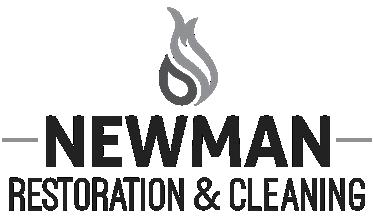




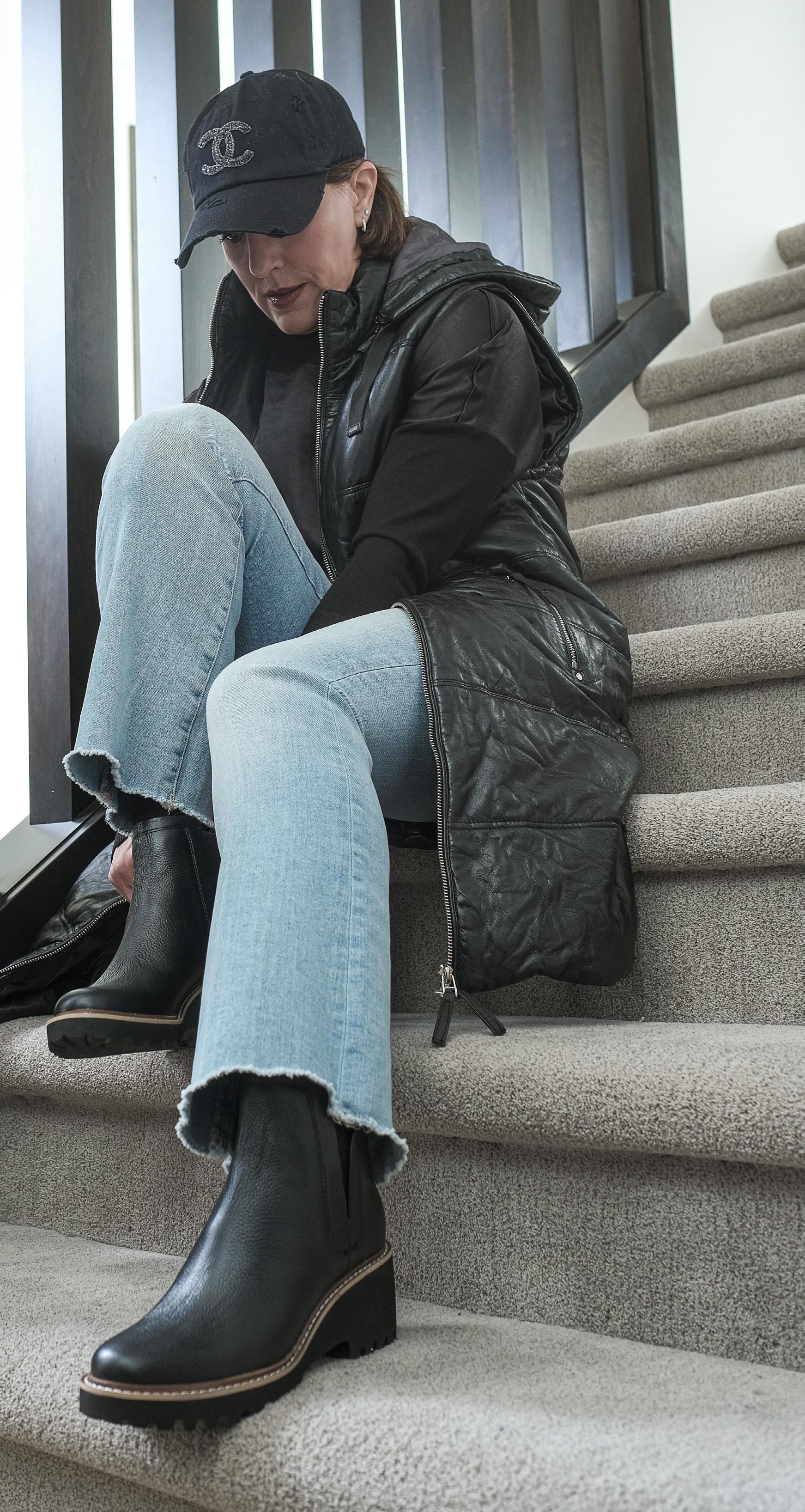

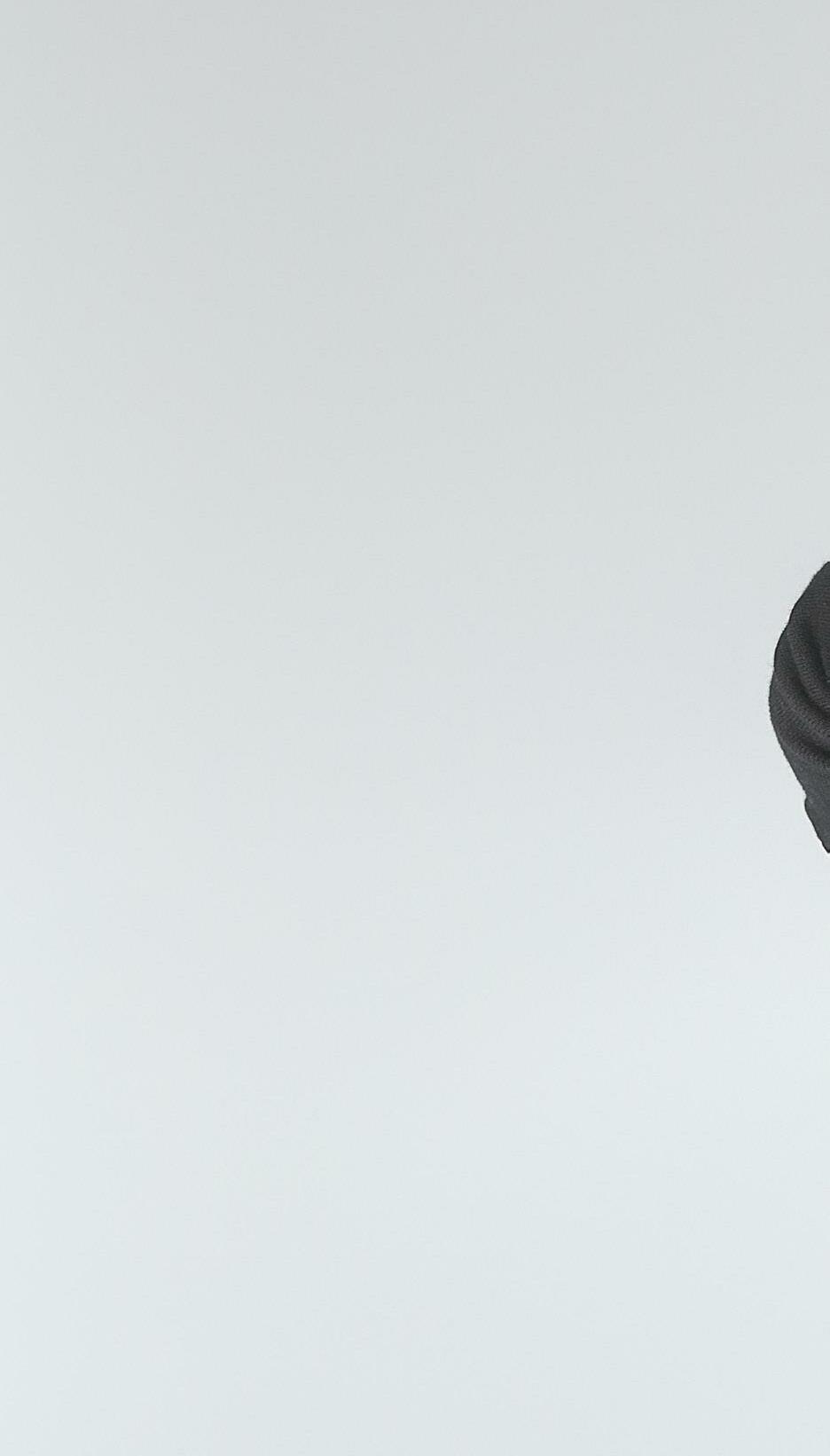
If you’re still testing the waters in the leather trend, adding leather accessories is a perfect way to get started. A few of our favorites are the cross-body fanny pack-inspired bags, classic boots that can be worn at work or out to dinner, and the extremely stylish fingerless gloves. But these aren’t the only leather accessories we’re loving in 2023. Look for jewelry and belts in creamy warm leathers to add richness to your wardrobe this year.
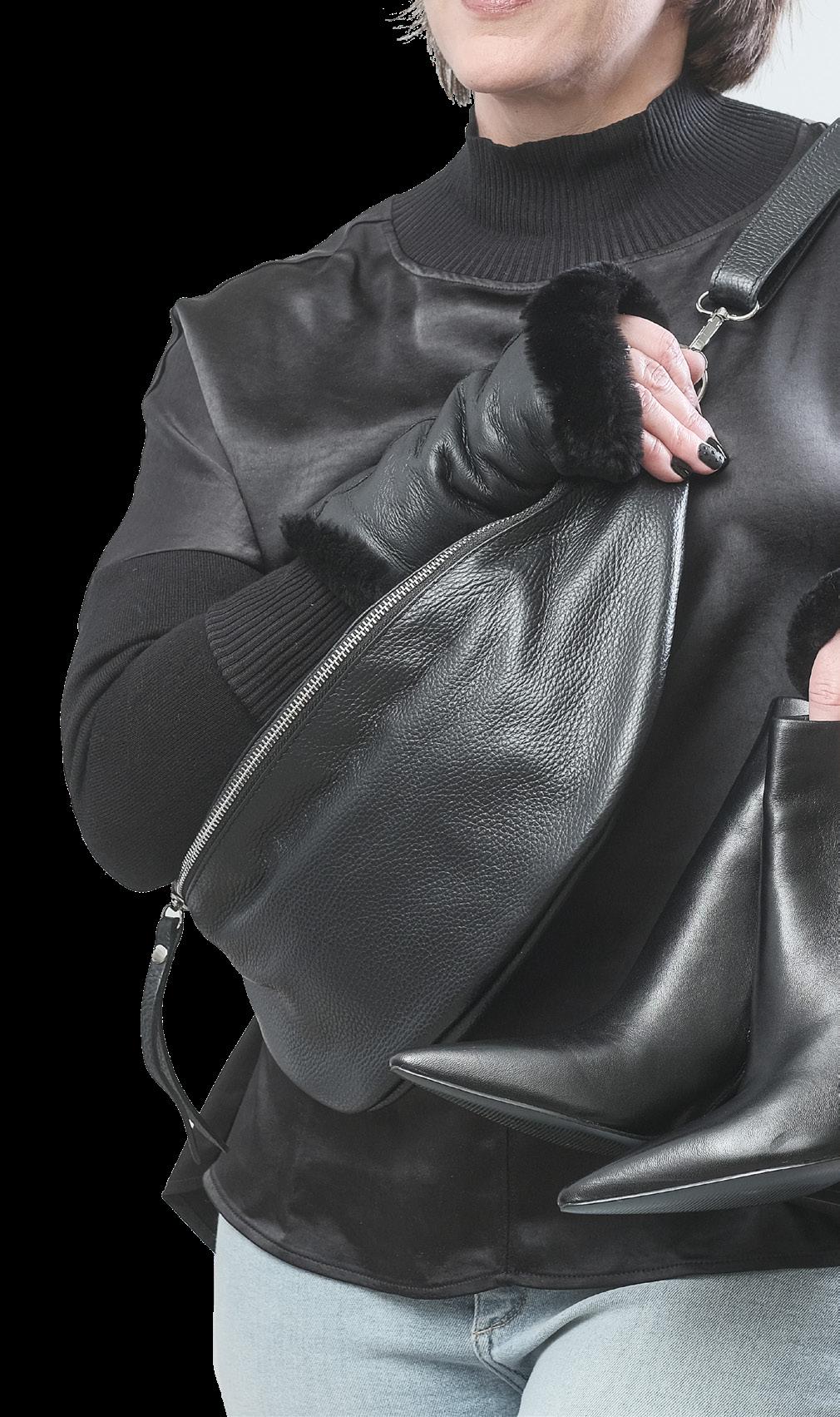





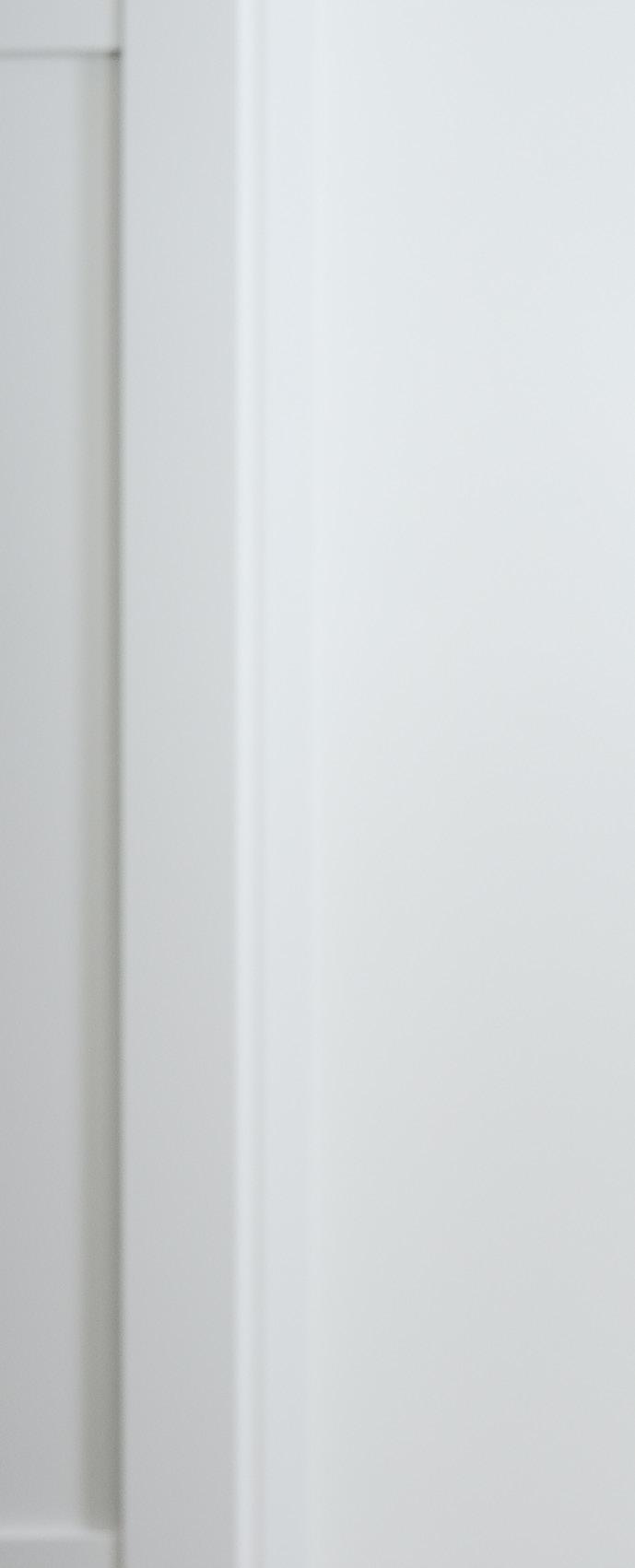

BC Bags cross body purse, $119, and Leather fingerless gloves, $69, from Cricket Clothing Company. Marc Fisher Kulika Boot, $199, from RocHouse
With nearly a decade long career in retail, Vicki-Lynn has cultivated a true passion for fashion. Even though her day job involves event planning and social media for the largest insurance agency in the Northwest, she uses her style and industry know-how to help keep women in the Yellowstone Valley looking their best.
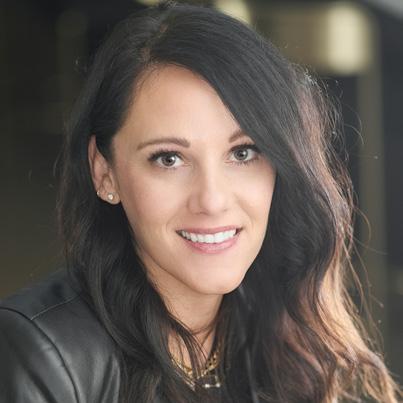

AS A GENERAL RULE, I try not to read too many things that are written on bathroom walls. Of course, there are the cute things, little poems and limericks that can make me smile, but some of the things are, well, gross. It’s funny that when you see these scribbles, you’re drawn to them. You can tell right away that you don’t want to see the ending, but it’s too late; you read it anyway and wish you could wipe away the memories.
Still, bad words aside, it was a bathroom wall note that taught me the poem, “If you sprinkle when you tinkle, be a sweetie wipe the seaty.” That’s a little ditty I’ve used in every restroom I’ve been responsible for. It’s also from a stall wall that I learned “Don’t wear your wishbone where your backbone should be.” Now, that friends, isn’t bad advice, and I think if we remembered to apply it when we dream of a new circumstance, we’d have better results.
A better result was what I was looking for when I landed in a convenience store in Colorado recently. I’d been working with a team doing strategic planning and was headed toward an
airport hotel and then home. The day had gone pretty well, except for one conundrum we couldn’t solve. We’d pulled it apart, turned it over and over and left with all but this one dilemma solved. That’s not how I like to work. I am a problem solver, or at least a question asker until the problems are solved and I’d been bested. I found myself in a bit of a funk. Ice cream cures funks. At least that is what I told myself as I trotted to the restroom past the freezer full of treats.
Only once, when I was sure I’d starve to death if I didn’t, have I eaten a hot dog from a convenience store, but as an old road dog who loves a good road trip, I have eaten my fair share of chocolate covered peanuts and Fritos, which I’d never purchase to have at home. Ice cream, well, I prefer gourmets, like Wilcoxson’s from Livingston or Genuine made in Bozeman, but since I was in a funk, I determined I’d grab something on the way out. Then, as often happens if you keep your eyes open, God, the Universe or Serendipity laid a pink post-it note on the stall floor, and knowing full well it could be something I didn’t want to see, I read it anyway.
That’s what it said, be kind to you, with a small numerical calculation I didn’t bother to convert to memory. The words hit me. I was beating myself up for a problem no one else could solve and I decided cheap ice cream would make it better? Are you kidding me? Where is the kindness in that decision? I didn’t pick up the post-it, and I didn’t take a photo of it either because nothing is weirder than hearing a camera click in a bathroom stall. But it stuck with me. I didn’t buy the ice cream and I released the problem as not mine to solve alone. Two hours later, as I was sitting in my hotel room, dining on salad and smoked salmon, an email arrived with an insight into our team’s dilemma — an email with just the right answer. It was the one we couldn’t find when we were too deep in the process to hear the wisdom of just letting it be for a bit.
I’ve thought about this a lot lately. We are remodeling our house, still and again, and we are making decisions for when we are elderly. What height would work for a shelf, what floors would be easiest to clean, and what would be kind for elderly people to experience in their home? No, we aren’t installing grab bars. We’re not that old, thank you very much, but we are trying to think ahead. My business of team-building and coaching is exploding right now and keeping up with it is quite the task, so I’ve hired staff, dropped some offerings and invested in infrastructure that helps me to be kind to myself as I dash through the day. New shoes? Yes, flats please, cute ones. Vegetables or dessert. Well … what kind of ice cream is it exactly? I run most decisions through the lens of kindness.
What I’ve known for a long time is that I function best, and I bet you do too, if I’m taking care of my needs first, getting my rest, taking time to think, doing the things I love to do. It’s hard to do. That’s when the wisdom of the bathroom floor is needed. Be Kind to You. As we fall toes over teacup into 2023, it is normal to set goals, dream dreams and promise that this year will be different than last. And it can be. All you have to do is lead with the question, what would be kind to me in this moment? What would be the kindest decision I could make for future me?
As women, we often make decisions based on what is kind to those around us. What does our child need, our parent, our friend? What would be kindest to them? Do they need a blanket, a hug or a moment of truth? As daughters, spouses, mothers, friends, parishioners, bosses, employees and community members, we have a lot of people to please, a lot of people to do the kindest things for, and that can be both exhilarating and exhausting.
To live where they want us to live, to dine where they want us to dine, and to be whom they want us to be.
That is not what my pink post-it note friend wants for us. That unknown, but all-knowing friend wants us to lead with kindness to ourselves.

When I saw the note, I did ponder what the author was going through, what story she had to tell, and if the loss of this note would put a hole in her recovery, or the journey she was taking. What had she done to herself that was unkind? I had as many questions as you do. Today, I have a new question. What could it mean to the world, to women traveling through life, if every time we stopped in a public restroom, we dropped a pink note that said, Be Kind to You? I think it’s a question worth exploring and I’m going to start today. #bekindtoyou ✻
Karen Grosz is a local Team and Leadership Development coach and motivational speaker. She owns Canvas Creek Team Building, is the author of “What’s Next” and “Quiet Leadership” and founding voice of the Facebook group “I’ll Help”- Billings. You can find more from Karen at karengrosz.life.

accomplish more, Quietly.
By Karen Grosz

will help you discover your capacity to operate as a Quiet Leader for yourself, your team and your community. www.quietleadership.group Order your copy today on Amazon!
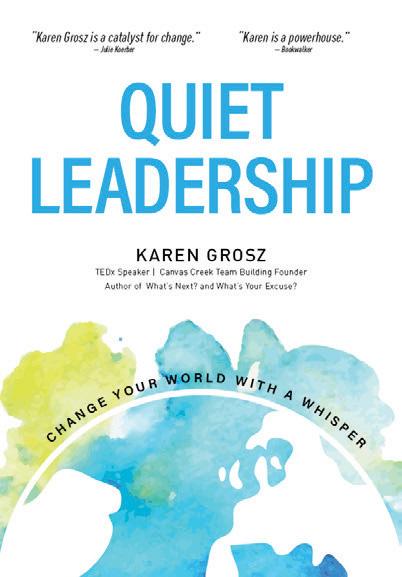
THEN, AS oFTEN HAPPENS IF YoU KEEP YoUR EYES oPEN, GoD, THE UNIVERSE oR SERENDIPITY LAID A PINK PoST-IT NoTE oN THE STALL FLooR, AND KNoWING FULL WELL IT CoULD BE SoMETHING I DIDN’T WANT To SEE, I READ IT ANYWAY.
Be kind to you.written by KAY ERICKSON photography by DANIEL SULLIVAN and provided by KAREN SAINT
THEY SAY THE WAY to a man’s heart is through his stomach. Sure, you could give a card, chocolate or even a dinner for two at your favorite restaurant. But one local chef has a better idea — cook up a little TLC with your own two hands.
We tapped the creativity of Jason Marble, owner of the Marble Table in downtown Billings, to see if he could help
us craft a menu perfect for setting your love’s heart on fire. He’s sharing his recipe for Cranberry Balsamic Roasted Chicken, steamed rice, green salad with a homemade red wine vinaigrette and Chocolate Mousse Cups for dessert.

A definite upside to this is a romantic dinner for two? It can be prepared any day of the year, not just Feb. 14!
Enjoy! ✻

Jason Marble, Chef at the Marble Table
Mixed greens
Red Wine Vinaigrette
1 c. Olive Oil
1 c. Red Wine Vinegar
1 T. Dijon Mustard

2 t. Dried Oregano
2 t. Dried Thyme
2 T. Sugar
1/2 Lemon, juiced
1 t. Black Pepper
1 t. Kosher Salt
DIRECTIONS: Combine everything except the oil in a blender. While running slowly, add oil to emulsify. Taste and adjust seasoning if needed. Directly before plating the dinner, place greens in a medium size bowl and lightly drizzle with the vinaigrette. Place greens on the side of a large dinner plate. Sprinkle with toasted pepitas (pumpkin seeds).
6 oz. Dark Chocolate, chopped 6 oz. Butter, cut into small pieces ¼ c. Coffee 4 Eggs, separated 2/3 c. Sugar 2 T. Dark Rum 1 T. Water Pinch of Salt 1 t. Vanilla Extract 2 oz. Dark Chocolate, for shaving
DIRECTIONS: Heat a saucepan 1/3 full of water to a simmer, with a bowl set on top. Place 6 ounces of chocolate, butter and coffee in bowl and stir until melted. Remove from heat. Fill a large bowl with ice, set aside. In another bowl that fits on the saucepan, using a hand-held mixer, whisk egg yolks, sugar, rum and water for about 3 minutes, or until mixture thickens to the constancy of runny mayonnaise. Remove from heat and place bowl in ice bath, whip until thick and cool. Fold the chocolate mixture into an egg yolk mixture. In a separate bowl, beat egg whites and salt until whites start to hold their shape. Add one tablespoon of sugar and beat until thick and shiny, but not completely stiff. Stir in vanilla. Fold 1/3 of the white mixture into the chocolate mixture, then fold in remaining whites until just incorporated. Transfer mousse to serving dishes and refrigerate at least 4 hours. When ready to serve, shave remaining chocolate over the top.
Jason Marble, Chef at the Marble Table
MARINADE
1/3c. Cranberries
2 T. Olive Oil
2 T. Maple Syrup
¼ c. Balsamic Vinegar
1 t. Garlic, minced
¼ t. Kosher Salt
¼ t. Black Pepper
FOR
2-1/2 lbs. Chicken Thighs, bone in and skin on
1 c. Cranberries
1 T. Maple Syrup
1 T. Balsamic Vinegar
1 t. Dried Thyme
DIRECTIONS: Add the marinade ingredients to a blender and process until smooth. Place chicken in a large bowl and cover with marinade. Refrigerate overnight.
Preheat oven to 350 degrees. Place chicken with marinade, skin side down in a 13x9-inch pan. Sprinkle with cranberries and thyme. Bake for 35 minutes. While baking, combine balsamic vinegar and maple syrup in a small bowl. Remove pan from the oven and flip chicken over so it is skin side up. Set oven to broil. Broil chicken approximately 2-3 minutes or until nicely browned. Remove from oven and let rest for 5 minutes. When ready to plate, place steamed rice on the opposite side of the plate from the salad. Top rice with 2 chicken thighs and spoon some sauce over the chicken.
1 c. Jasmine Rice
2 c. Water
DIRECTIONS: Place rice in a fine colander and rice under running water until water runs clear. Add rice to a sauce pot with a tight-fitting lid. Add water and bring to a boil. Stir, reduce heat to low and cover. Cook on low for 17 minutes. Turn off heat and let sit for 10 minutes. Fluff with fork and serve.
Kay has spent her professional career in public relations and broadcast news, currently at Yellowstone Public Radio. Her journalism degree is from Northern Illinois University. Her passions include her family, sports and food. Her mom and an aunt taught her the finer points of cooking and instilled a love of good food and family mealtime.
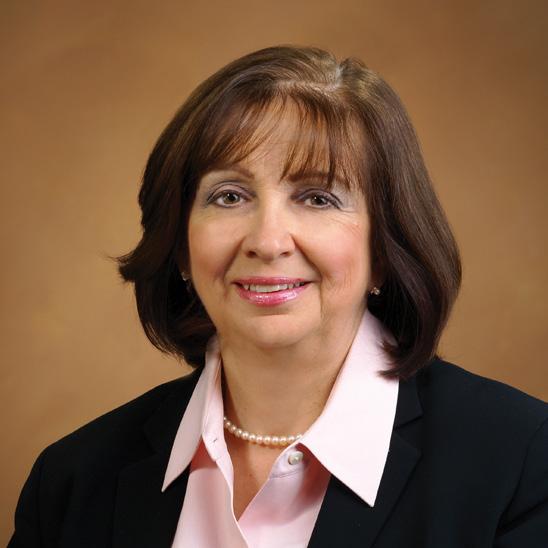



A Valentine’s Day gift should be unique, just like the person you’re giving it to. This year, give a distinctive Montana made gift from Girl Ran Away With the Spoon. Handmade in Miles City from vintage silverplate silverware, these beautiful bracelets, earrings and necklaces are a great way to show that someone special how much they mean to you. Stop into Al’s Bootery & Repair and take a look! Located at 1820 First Ave. N. in Billings.

Book your loved one a dinner package they’ll remember for a lifetime. Stay in Red Lodge’s beautiful historic hotel, The Pollard, located in the heart of downtown with fabulous shops and adventure just footsteps away. After strolling the town or taking in the slopes, dine at Marli’s, the newly renovated restaurant for a charming evening for two. To book your stay, visit thepollardhotel.com.


Check out this perfect on-the-go date night kit including a lush Citrus Rose Lip Tint and a Dead Sexy mini rollerball eau de parfum. It’s all tucked inside a lovely keepsake tin for $22 at Toad N Willow
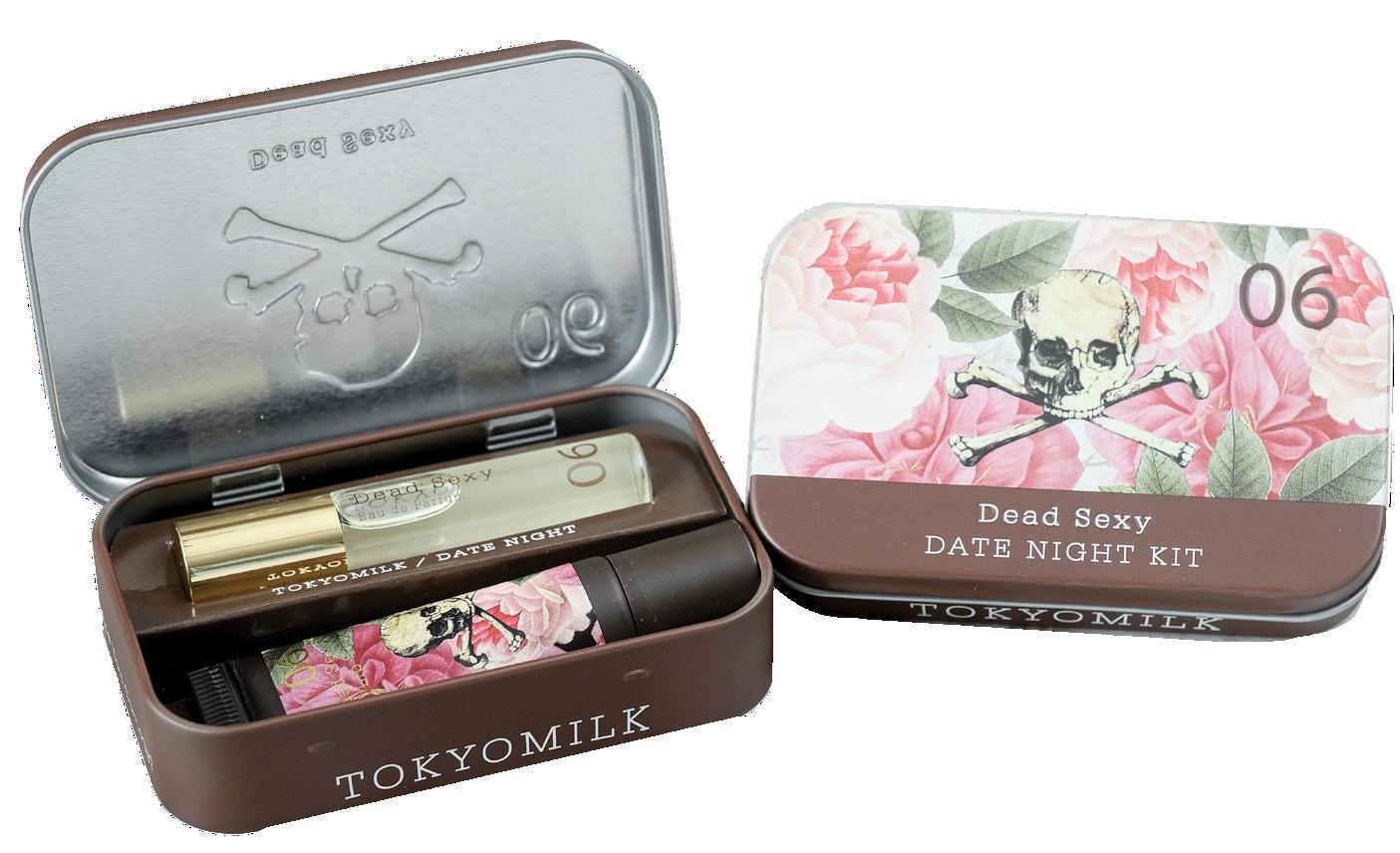

Light the fire and make your own charcuterie with this basket filled with French goodies — wine and brie paired with a cheese knife, cutting board, dipping oil, crackers and artisanal preserves. $116 at City Vineyard, 1335 Golden Valley Circle in Billings and online at cityvineyardwine.com/shop.

What’s better than giving a gift that keeps on giving? Join YVW in our Great Love Project, a crowdfunded effort to help raise $10,000 for Love & Sonshine Ministries, a refuge for homeless pregnant teens. Not only do you get the mug, but inside is a discount card good for big savings at a dozen local businesses. On top of that, Love & Sonshine will receive $25 from every purchase. Get the mug at yellowstonevalleywoman. com/love for $25 or get it filled to the brim with flowers at Gainan’s Midtown Flowers for $39.95.









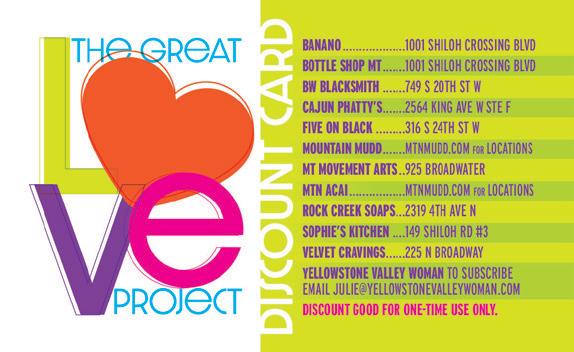





ON



morning last year, Karen Saint woke early to begin her trek into Yellowstone National Park. It was just before dawn and shades of pink started to paint the sky. As she met up with a young couple, geese squawked overhead. The morning was just beginning to awaken. Together the three made their way to the edge of a bluff overlooking the Yellowstone River in the Hayden Valley.
Standing quietly, in a sacred moment, just as the sun began to peek over the mountains, the couple exchanged their vows. Karen officiated and would later say it was one of the most memorable ceremonies of her career.
“It was truly beautiful and dynamic,” Karen says. “The couple hung on my every word, soaking in every moment. It meant the world to them.”
And, like many of the weddings at which Karen officiates, there was the unique twist.
“We recruited tourists to help sign the wedding license,” Karen says with a laugh. “Adjacent to where the couple got married, there had been an elk kill the day before, over the hillside on the other side of the road. Dozens of people showed up there at sunrise to photograph, hoping a bear or wolf would show up at this kill. So, it was a packed show, oddly enough.”
says with a chuckle. “That was the couple’s suggestion, and I was all for it. They got a hold of me ahead of time and asked, ‘Do you mind if you get wet?’ and I said, ‘No, we’ll just plan on it!’” So, Karen and the couple headed out past Pompeys Pillar to a fishing access and exchanged vows in the middle of the mighty Yellowstone. She loves making each ceremony memorable.
“If that means hiking to a lake or finding that perfect spot in Yellowstone National Park, I’m in,” she says.
Late last fall, Karen made the hike to Greenough Lake just outside Red Lodge to help marry Skyler and Markelle Nelson. She knew the area well. In days gone by, she’d trudge all over this mountainside on horseback.
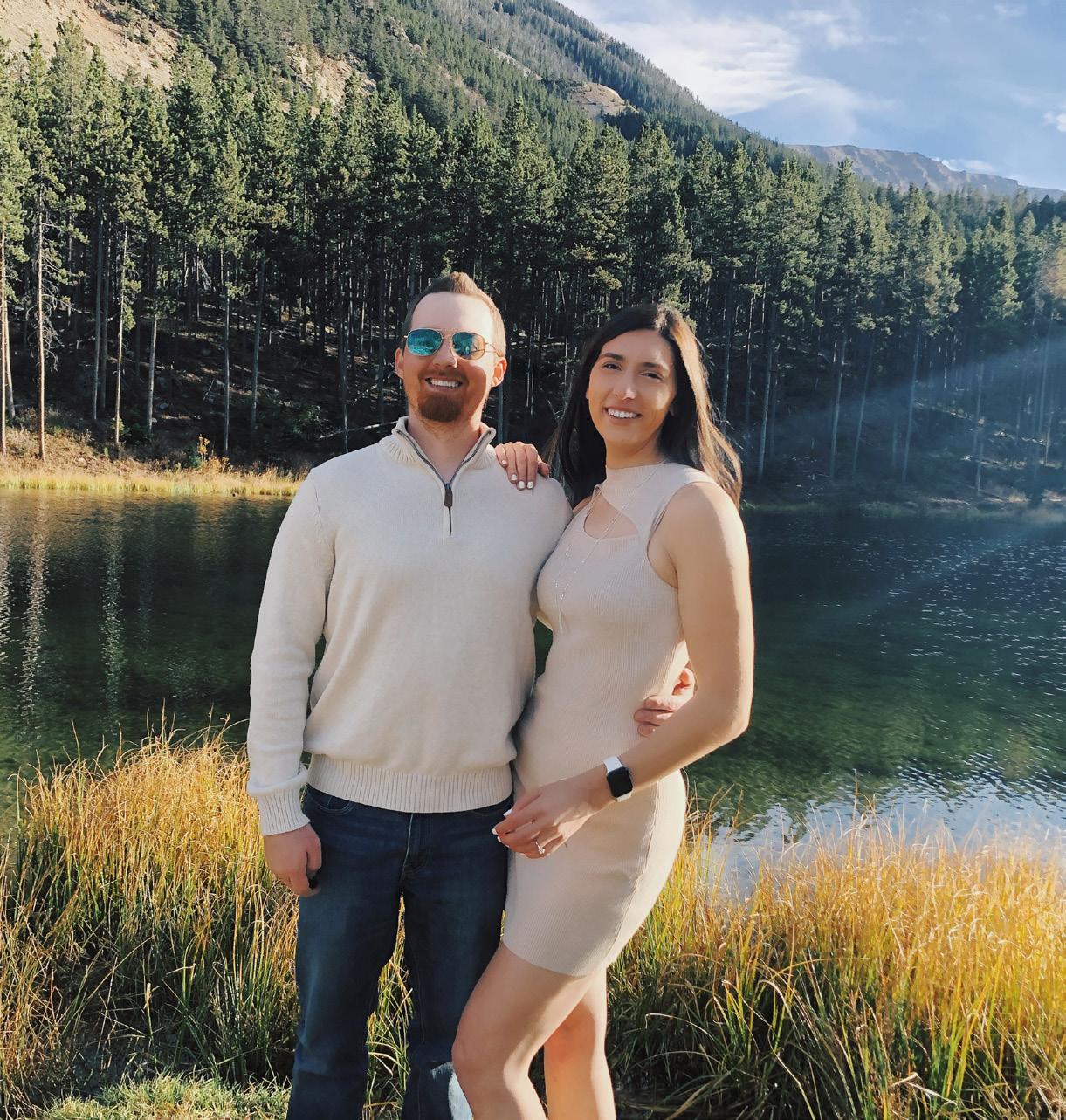
 — Karen Saint
— Karen Saint
Karen is a wedding officiant and the founder of A Beautiful Soul. From the start of the ceremony to the end, she makes sure the ceremony glides easily and covers every legal detail.
“I am a romantic at heart and joining people in love means getting to be a part of one of their most intimate and beautiful moments,” Karen says.
While she’s officiated at weddings inside traditional venues, her favorites have all been spaces outside, in places less traveled.
The couple had planned a big wedding in Fargo, North Dakota in October of 2020 only to have the Covid pandemic derail their plans. Instead of trying to orchestrate another major event, Markelle says the two loaded up their dog, Denali, who would serve as the “Dog of Honor” and headed for the hills with Karen as their officiant.
“It’s exactly how you would want to start a marriage,” Markelle says. “It was so beautiful. When we got there, Karen helped pick my bouquet, which was just a bunch of wildflowers. It was breathtaking. It almost felt like a dream.”
Karen never imagined herself as a professional officiant. In fact, just a few years ago, she was a successful artist, known for her unique fur-art pieces that she fashions out of animal pelts. Her creations are large and hang in homes all over the country. During the height of the pandemic, she remembers sitting at her
A GORGEOUS SUMMERI AM A ROMANTIC AT HEART AND JOINING PEOPLE IN LOVE MEANS GETTING TO BE A PART OF ONE OF THEIR MOST INTIMATE AND BEAUTIFUL MOMENTS.


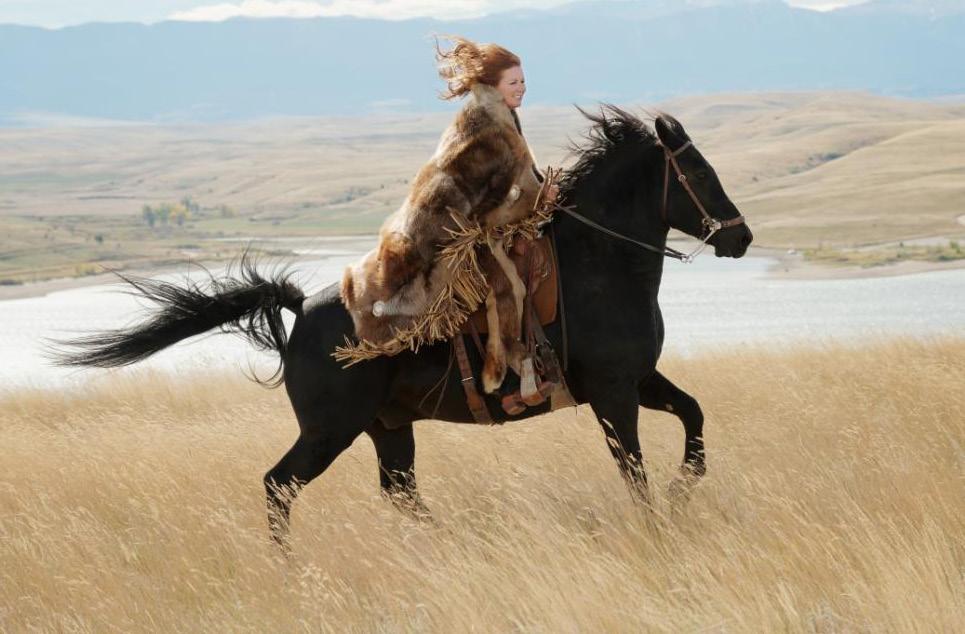



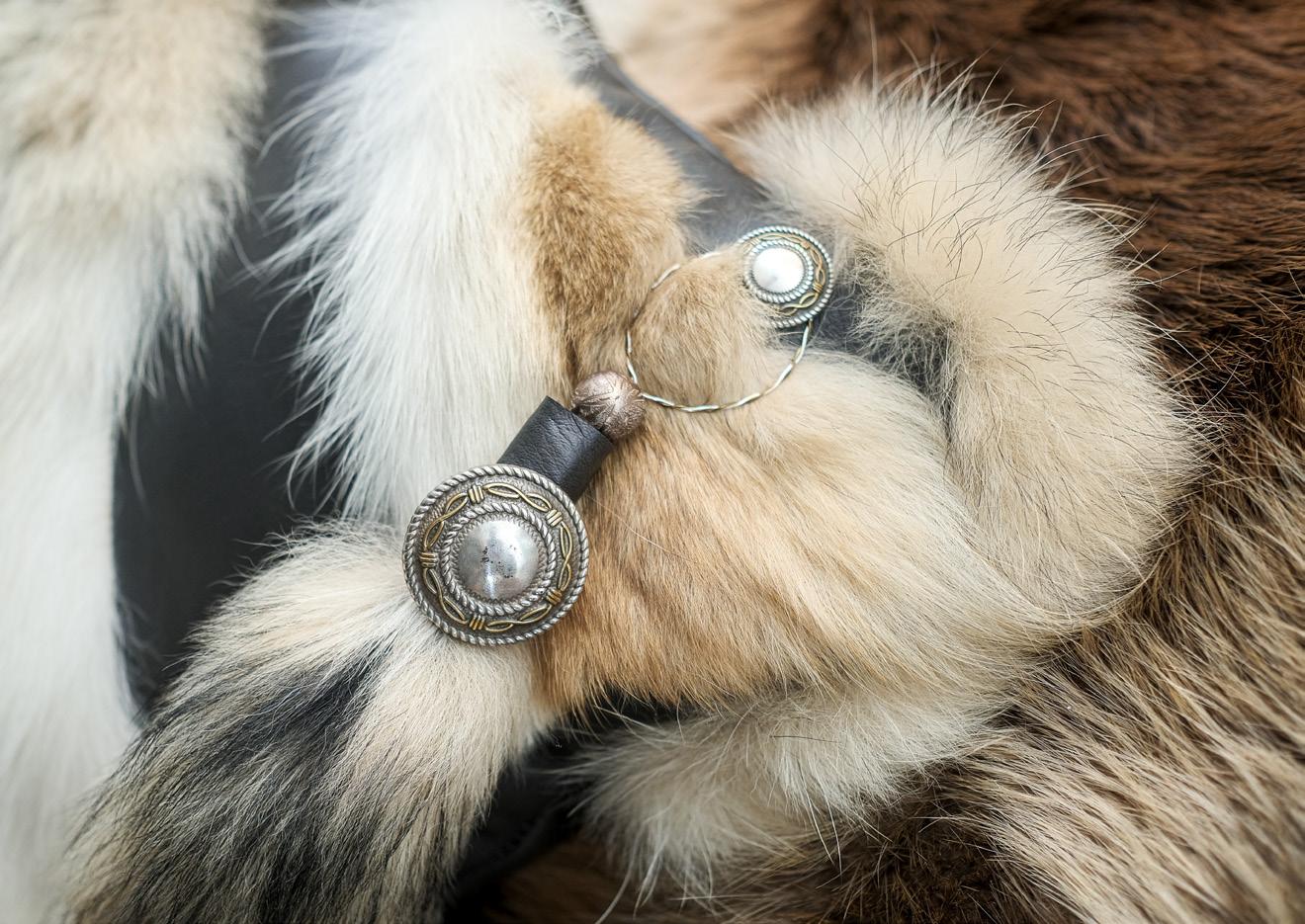


industrial sewing machine and unlike previously, the weight of the works took a toll on her.
“The big pieces are a lot of physical work,” Karen says. “I started getting tired sooner than I ever had before working with the heavy pelts.”



It wasn’t just the weight of the blankets causing the fatigue. After undergoing test after test, Karen was diagnosed with multiple sclerosis. It explained the fatigue, balance issues and headaches she’d been experiencing. While she contemplated her next career move, memories took her back a decade when she participated in a mountaintop ceremony that still takes her breath away.
“The couple is uber athletic. They are extreme skiers, hiking mountains everywhere,” Karen says. “So, them choosing to get married on a mountain pass just outside Red Lodge is totally something they would do.”




Karen remembers riding her horse Merlin into the wedding ceremony.
“I carried the champagne in my saddle bag and my horse played the role of father of the bride, escorting my friend to the altar. It was one of the most poetic, beautiful weddings I’ve ever experienced in my life. I just bawled the whole way through it,” Karen says.
When her art career had to be put on hold, she says she decided to pursue her second love, which simply is love. She thought she’d become a licensed officiant and end up doing a wedding on occasion for friends or fun. But last spring, she says, “I went pro,” adding, “I never grasped that this would be my life, but I couldn’t be happier about it.”
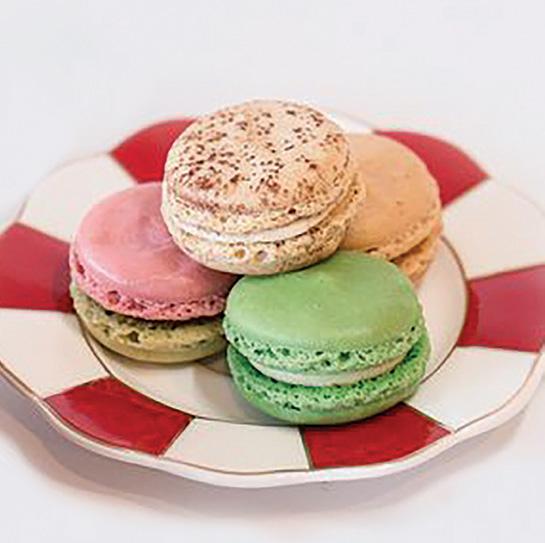
Today, she officiates, on average, one wedding a week. If you ask her, it never gets old. She loves bringing out the personalities of every single couple she marries. “I find the beauty in their souls, and I want them to feel that beauty in their own vows. And of course, who wouldn’t want to be married by a ‘saint,’” she says with a laugh.
One of her favorite parts of the job is to have each couple reflect on what’s important to them in their soon-to-be marriage.
“I tell them to think of their vows like a blueprint for their life and their marriage,” Karen says. “What’s something that is important that you want said during the ceremony that you can think back on throughout your life and say, ‘We committed to this. We made this promise.’”

While a difficult diagnosis might have made her pivot her career later in life, “This just made me reevaluate the trajectory of my career and my life and refocus things,” she says. “I’m finding a true love for connecting people in this way.” ✻

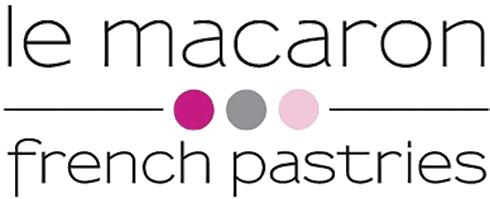

A fourth generation Montanan, Cydney was raised on a ranch on the banks of the Yellowstone River where an appreciation of the outdoors was fostered. She and her husband raised three children in Billings and are now the proud grandparents of three. The best part of any of her days is time spent with Jesus, family, friends, a good book or capturing someone’s story in words.




KAY POTTER is no wedding crasher, but she’s frequently peeking from the sidelines as couples exchange vows. She thrives on their magic moments and she’s a sap for hearing the fateful twists and turns that brought them together. She’s not an invited “wedding guest” per se, yet she’s a welcome face at more and more ceremonies.
Kay is a live event wedding painter. She travels with easel and paints, ready to recreate the magic of that “special day” wherever it may be. With daubs and strokes of color, she strives to capture the singular spirit of the honored couple in a work of art they’ll treasure forever. Her artist’s eye interprets the moment in a medium that no photo could match.
“Painting allows a looseness, a familiarity with something that can grow and change,” she says. “So that in 40 years, it’ll still look like you.”
Kay is particularly adept at what she does because she offers the ideal combination: she’s a trained artist with an outgoing personality.
“Working in the studio can be a little lonely,” she admits. “I really enjoy talking to people while I’m making art.”
And that’s precisely how she approaches the process. A selfdescribed sucker for how-we-met stories, Kay chats with the
couple long before the ceremony. She listens for the details that will give context to what she will paint.
“I want them to be connected with everything around them,” she says. “It’s really important to know who they are before going into it.”
Opportunities to chat continue through the wedding reception, as guests drop by to watch Kay’s work take life. For Kay, the highlight comes when the bride and groom first wander over to check out their painting.
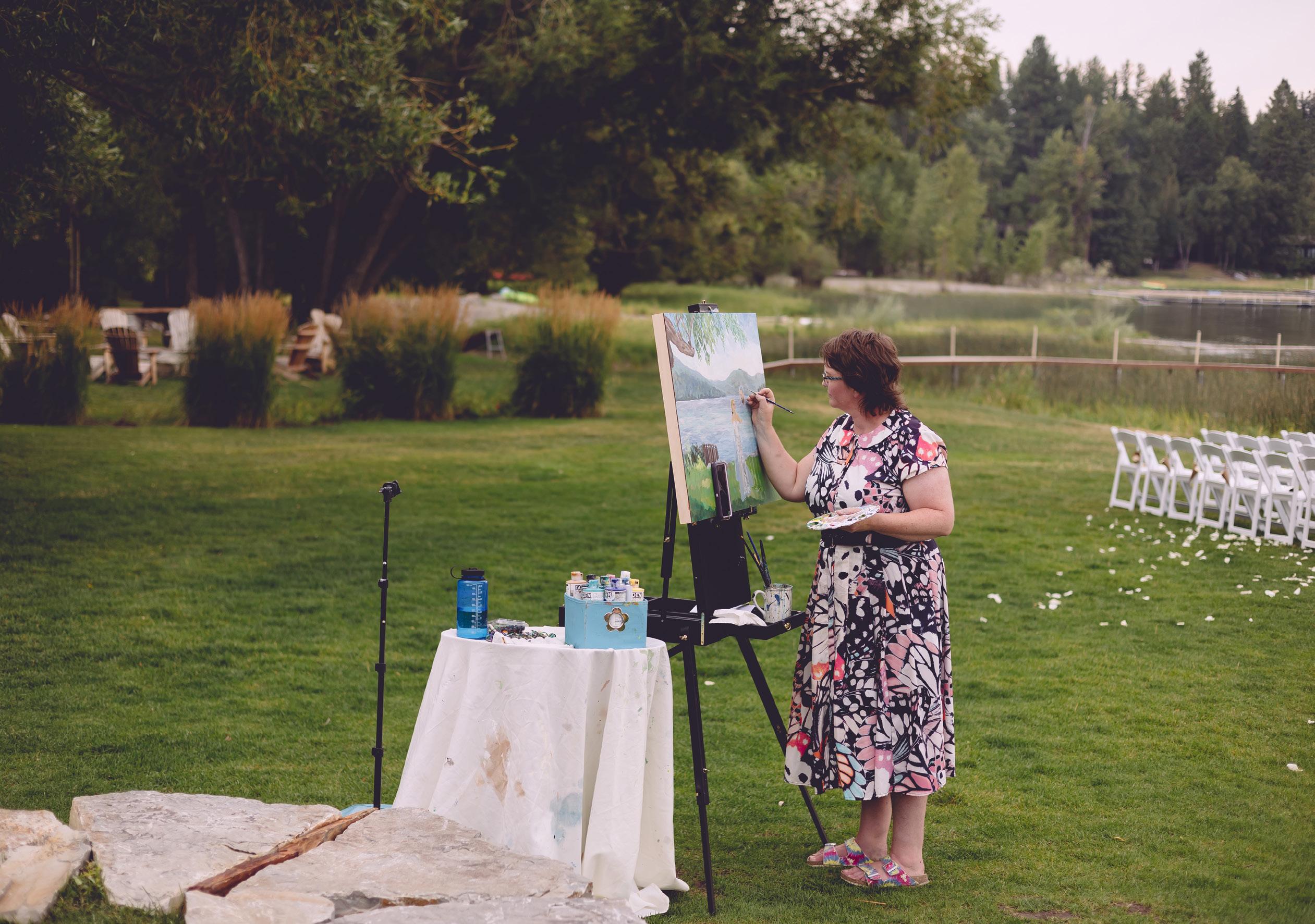
“It can be very emotional,” she says. “It’s their first kind of ‘here we are now’ glimpse of their wedding day.”

Although live wedding painters are only recently becoming a “thing,” Kay points out that painting people and places is a centuries-old tradition.
“I like to say it’s a new trend that’s actually a very old trend,” she says.

And as the new/old trend gains popularity, Kay finds that her clients run the gamut. There was the “New York godfather,” who wanted to impress with the best wedding present. And there was the enemies-to-lovers couple, where the bride-to-be spurned her demanding CrossFit coach – until emotions took a dramatic turn

and they fell in love.
Sometimes her clients come in groups, like Chelsea DeWeese and her nine friends. They pooled their money to give the honored couple a unique gift.
“The picture of the bride and groom dancing at the reception was perfect!” Chelsea says.

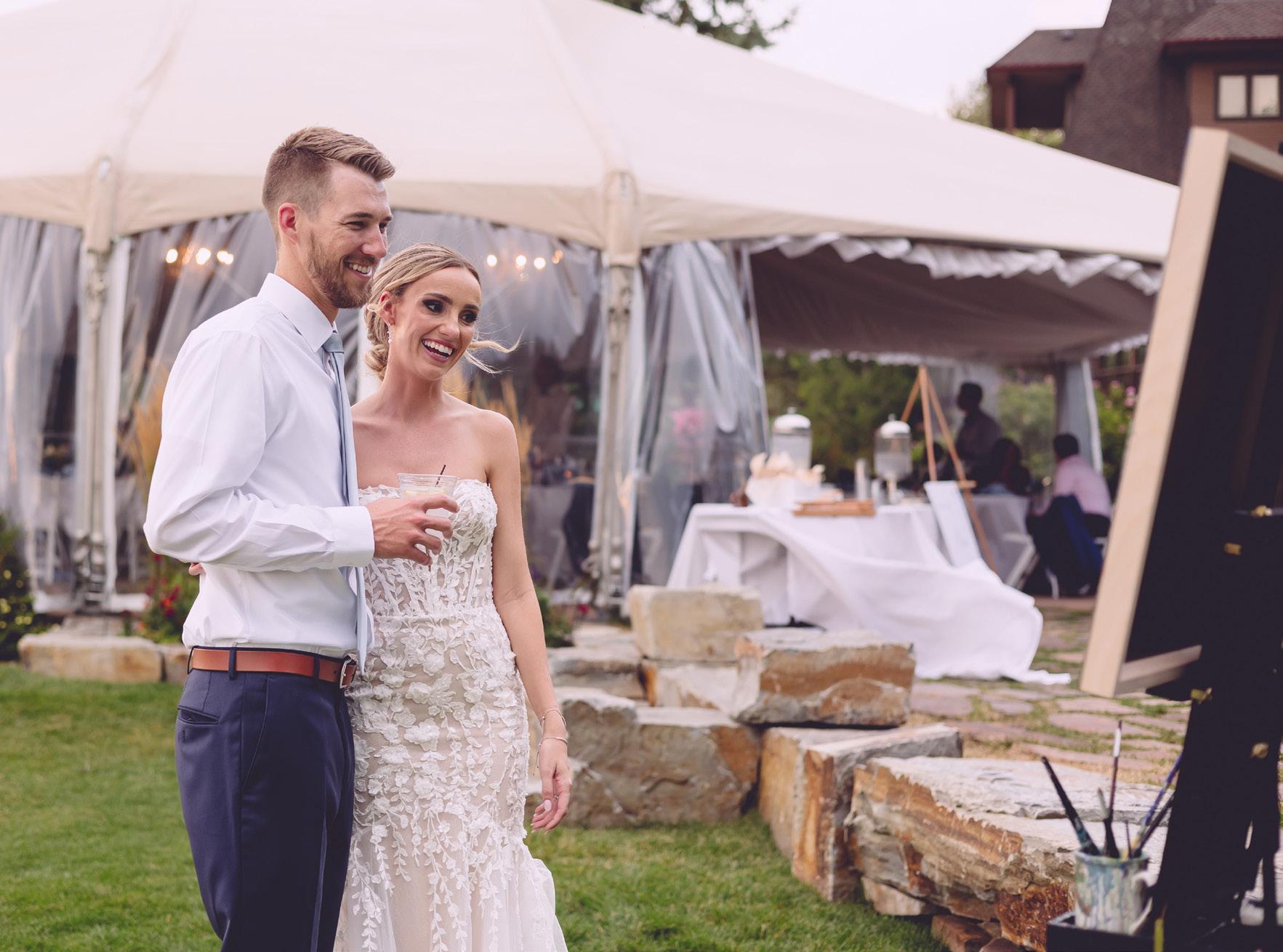
Kaylen Surges and Ian Yott decided a live wedding painting would be the perfect wedding gift to themselves. The whole process was so much fun, Kaylen says, adding that every time she glances at the painting in their living room, it reminds her of their magic day.
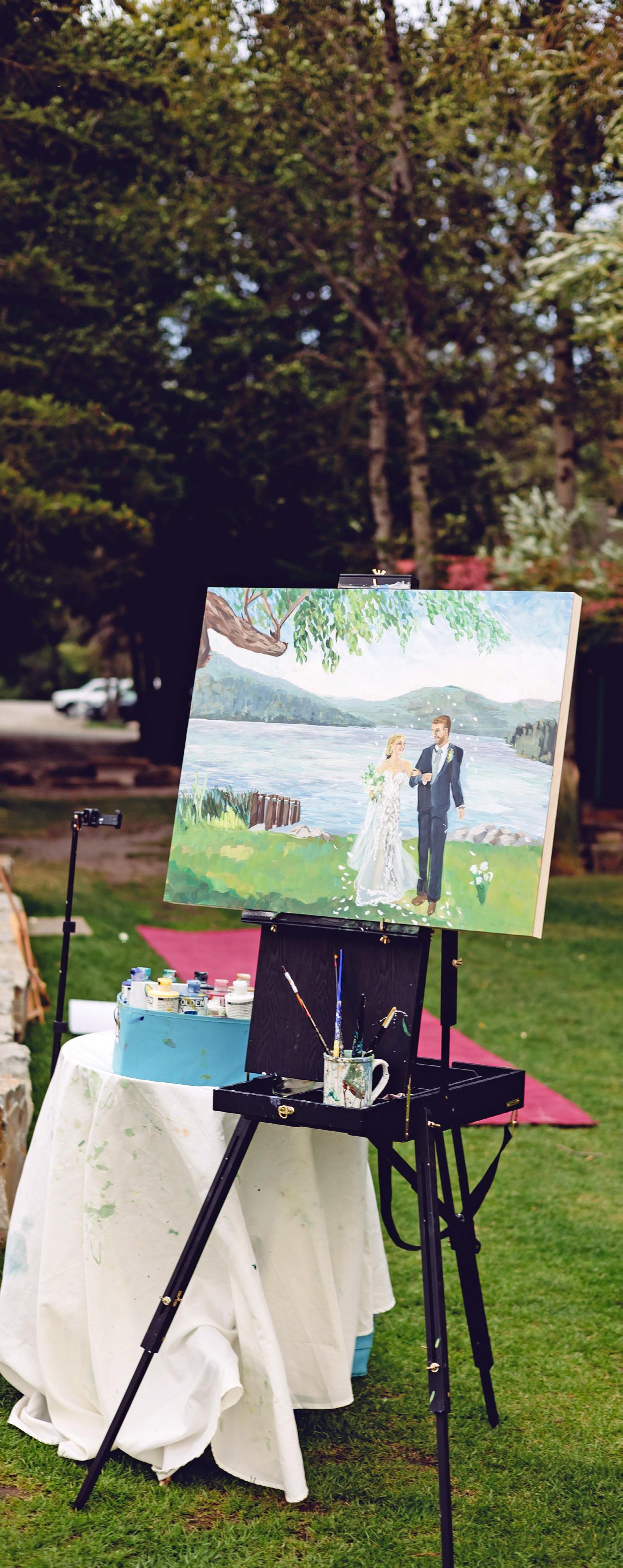
“Kay really tries to get a sense of who you are as a couple and what fun things can be put into it to make it especially unique to you,” Kaylen says. “The final product still brings me to tears every time I look at it. The painting is our favorite thing!”
A native of the Bozeman area, Kay traces her passion for art to her middle school art teacher, Mr. Charron.
“He taught us that art is really about seeing,” she says. “Once you start being able to really see, you can start making good art.”
After cultivating her talent at the Savannah College of Arts and Design in Georgia, Kay returned to Montana and took seasonal stints as a raft guide and ski lift operator. Sensing little future in those jobs, she made a life-changing decision. The decision itself was part of Kay’s own love story. She had just pushed through a tough breakup when she made a conscious decision to find happiness on her own. And that led right back to her art.
“Just as my career was starting to take off, I met someone one night … and while it wasn’t exactly love at first sight, it might as well have been,” she says.
This new love, Jim, supported her and her choice of careers. Two years later he proposed on the banks of the Yellowstone River.
“I won’t say he completed me, but I will say he gave me space to become my best self,” she says.
For her own wedding, Kay knew she wanted a grand celebration. She saw it as an expression of gratitude to her family and friends. She reflects on her wedding day as one of the best memories of her life, yet the thought of painting weddings did not occur to her then. She was busy painting portraits of pets when a friend asked Kay if she’d consider painting her wedding. Feeling totally unprepared, Kay began researching live wedding painters. The more she learned, the more it seemed a perfect fit.
“I woke up one morning and decided ‘this is really what I need to do,’” she says.
Today, two years later, Kay has painted weddings across Montana and will soon be traveling to Houston for another. She loves the challenge and she loves sharing joy through her profession.

Take time out of the holiday shopping frenzy, pack up the family in the car and enjoy a magical holiday light display during ZooMontana’s Zoo Lights.The display will be open in December - the 7th-8th, 14th15th, and 20th-24th from 5pm to 9pm each night. zoomontana.org
Touted as one of the best rough stock rodeos in America, the Chase Hawks Rodeo takes place in the Rimrock Auto Arena on December 22nd.Top cowboys and stock come straight from the National Finals Rodeo in Las Vegas to compete right here in Billings, Montana. And best of all, it’s for a great cause. The Chase Hawks Memorial Association works to bring comfort and assistance to families during times of tragedy and crisis.metrapark.com
“I do it because I so value the choice two people make when they say ‘I do’ to each other,” she says. “And I believe that love and that commitment deserve to be elevated to museum-quality fine art status.”
Besides, she adds with a grin, “If love isn’t the best thing to paint, then I don’t know what is.” ✻
TO LEARN MORE about Kay Potter and her live wedding work, visit kpotterfineart.com.



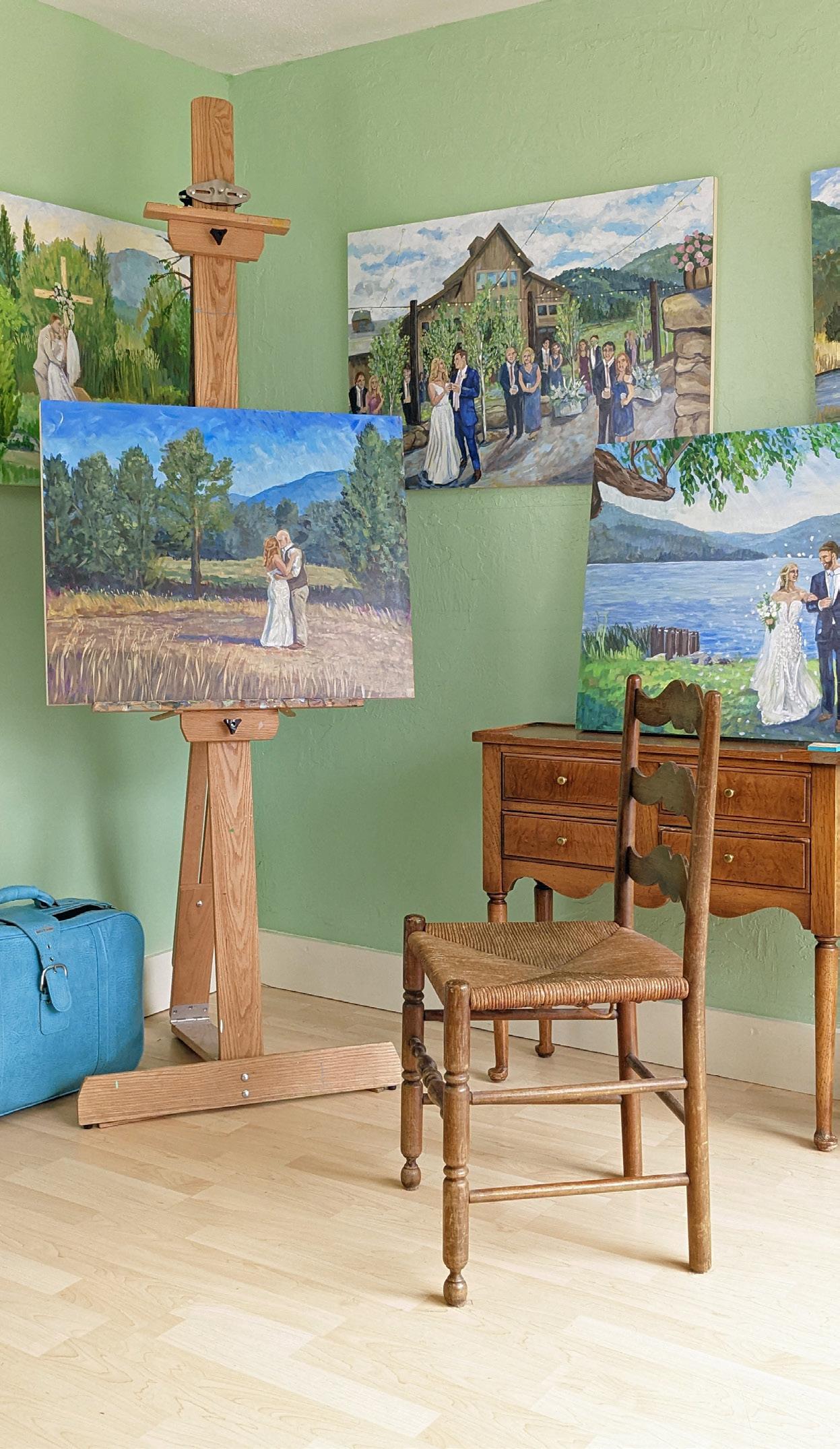
A long-time resident of the Columbus area, Linda Halstead-Acharya enjoys spending time and learning from her rural neighbors. She has a degree in wildlife biology but for the past 25 years has pursued a career sharing other people's stories in print. She loves riding, writing and traveling.


Billings Studio Theatre presents “Disney’s Beauty and the Beast Junior,” January 10th-13th. Brainy and beautiful Belle yearns to escape her narrow and restricted life including her brute of a suitor, Gaston. Belle gets adventurous and as a result becomes a captive in the Beast’s enchanted castle! Dancing flatware, menacing wolves and singing furniture fill the stage with thrills during this beloved fairy tale about very different people finding strength in one another as they learn how to love.billingsstudiotheatre.com


Venture Theatre presents its Fringe Festival, January 18th-19th and 25th-26th.The festival features four nights of shows featuring local and regional performing artists of all types including dance, standup comedy, theater improv, one act plays, musicals, performance art, spoken word/poetry, and puppetry.venturetheatre.org s ou L s t R eet d an C e
This high energy show comes to the Alberta Bair Theater on January 19th and presents a new era in dance, while pushing the artistic boundaries of street dance. Soul Street concerts consist of a mix of movement that will keep you at the edge of your seat. The music is combined with an electric mix ranging from hip-hop to classical. It’s a show that will make you laugh and keep audiences of all ages entertained.
a Con C e R t F o R the w ho L e Fami Ly

I DO IT BECAUSE I SO VALUE THE CHOICE TWO PEOPLE MAKE WHEN THEY SAY ‘I DO’ TO EACH OTHER AND I BELIEVE THAT LOVE AND THAT COMMITMENT DESERVE TO BE ELEVATED TO MUSEUM-QUALITY FINE ART STATUS.

Billings Symphony presents its Family Concert on January 26th at the Alberta Bair Theater. Four time Grammy nominees, “Trout Fishing in America,” will perform along with the Billings Symphony. Trout Fishing in America is a musical duo which performs folk rock and children’s music. billingssymphony.com
— Kay Potter

If you ask her about her interests, her face lights up when she gets on the topic of art.
“I really like to sketch people,” she says. “I kind of got inspired by — it’s kind of weird — but Bob Ross.” Bob Ross is the TV personality who would paint scenes in nature live on the air. He’s known for his “happy trees” and “happy clouds.” Audriana says, “When I was younger, I would watch him and think, ‘Maybe I can do that.’”
As an eighth grader, this young woman is already looking ahead to high school where she can’t wait to try some new things.
“I’m planning to run track,” she says with a smile. When asked if she’s fast, she doesn’t hesitate, “Yes!”
She’s also hoping to once again play an instrument. “When I was in 5th grade, I played the violin, so I would love to do that again in high school.”
While she’s still too young to have a vision for her future goals, she is thinking about attending cosmetology school one day.
“I’d like to work creatively and help others feel good about themselves too,” she says.



Erin Zimmer has walked alongside Audriana as her Court Appointed Special Advocate (CASA). She’s come to know this young woman as a curious, intelligent and creative teen. “She also likes to express herself with clothes and enjoys following fashion trends as she enters her teen years,” Erin says.
13-YEAR-OLD AUDRIANA has experienced a lot of upheaval in her short life. She’s spent almost six years in foster care.
“I would love honesty and an open relationship,” Audriana says as she talks about what she desires most in a forever family.
Watching Audriana work through several foster homes and failed placements, Erin would love for her to find that family who is willing to work with her, love her and provide some stability.
“She’s attended many schools and hopes to stay in one high school without interruption,” Erin says. “She’d love to be a part of a family that prioritizes honesty and kindness. She wants to be a part of a safe home with both fun and laughter.” ✻
 written by JULIE KOERBER photography by DANIEL SULLIVAN
heart gallery
written by JULIE KOERBER photography by DANIEL SULLIVAN
heart gallery
While Audriana needs an adoptive home, many times the primary goal for children in the system is to have a temporary placement while social workers strive to reunify them with their biological family. Each family wanting to become licensed foster-adoptive home must undergo 18 hours of mandatory training to learn what it takes to become a successful foster family.






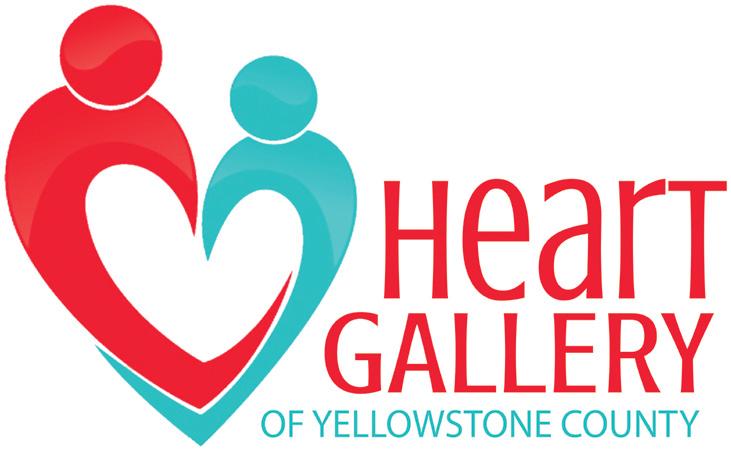
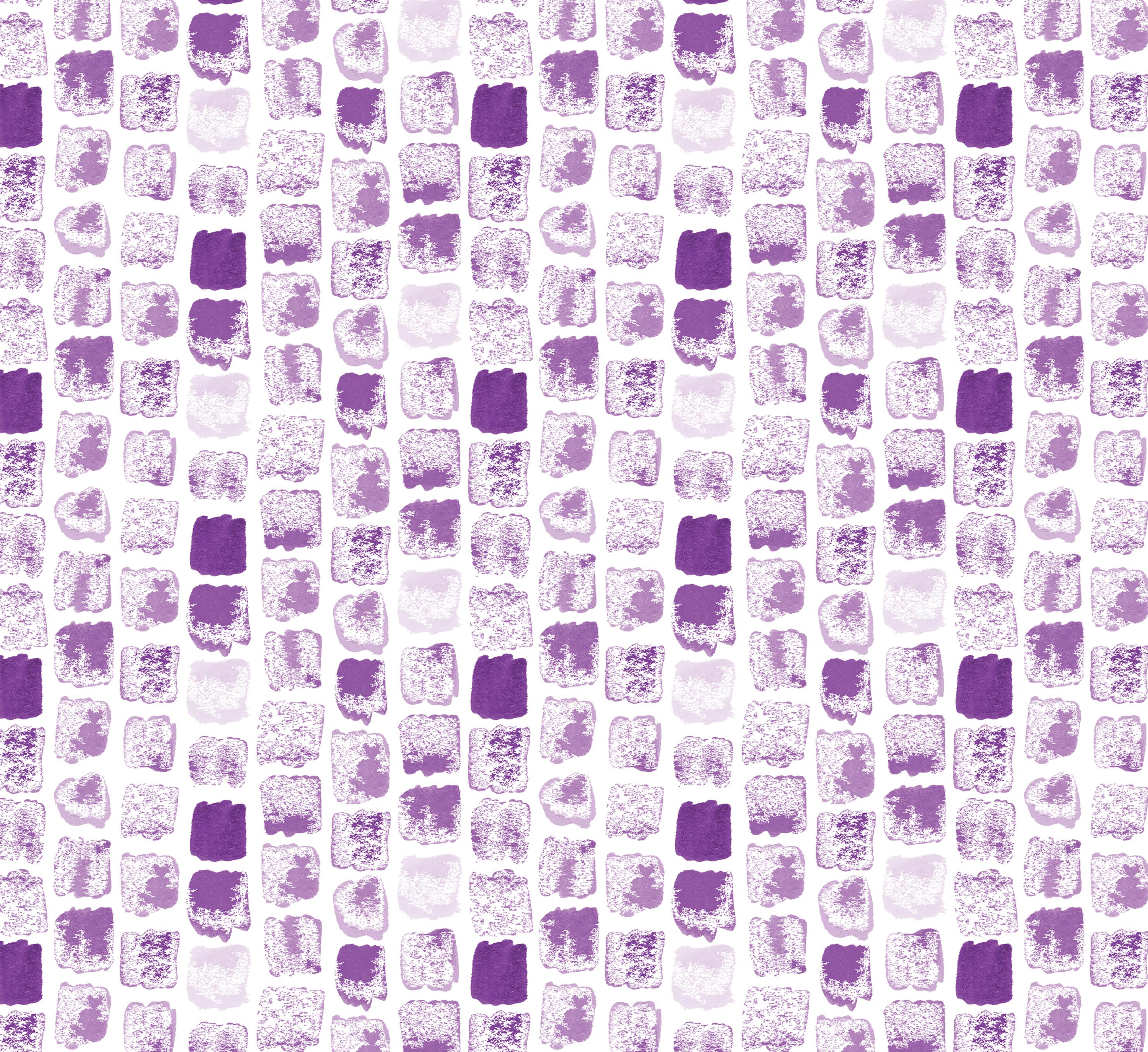
 by STELLA FONG photography by DANIEL SULLIVAN
by STELLA FONG photography by DANIEL SULLIVAN
AFTER THE HOLIDAYS, many of tend to eat cleaner and lighter. After all that year-end indulging, our bodies seem to yearn for freshness. So, why not tap into the colorful bounty that vegetables provide. Their color brings some cheer to these days

that are often cold and dark. The Beet Relish and Winter’s Greens Salsa Verde can be brought out and served with tortilla chips or paired with baked salmon, chicken or a grilled steak. Mix and match and use your imagination! ✻

SERVES 4 TO 6
Roasted cauliflower makes for great tacos, and the florets are a good addition to salads. This is another dish that can have other additions such as carne asada, grilled halibut or pulled pork, as well as pinto beans. The Winter’s Greens Salsa Verde goes beautifully with a bowl of tortilla chips or alongside smoked salmon. For a vegan option, try adding tofu or quinoa.
1 lb. cauliflower, trimmed and cut into 1/4-inch thick pieces 2 T. extra virgin olive oil 1 t. ground cumin 1 t. ground coriander 1 t. ground paprika
Sea salt and freshly ground black pepper, to taste 1 dozen corn tortillas, warmed GARNISH
Winter’s Greens Salsa Verde (Recipe follows)
Chopped fresh lettuce Fresh cilantro leaves Crumbled queso fresco
DIRECTIONS: Preheat oven to 375 degrees. Place cauliflower in a large mixing bowl and toss with olive oil. Add cumin, coriander, paprika and salt and pepper to taste. Lay cauliflower pieces out on a baking sheet. Bake, turning once, until they are tender and caramelized on edges, about 30 minutes. Serve warm or at room temperature.
Place two tortillas together. Top with lettuce, cilantro and cheese. Serve with salsa and sour cream.

The fuchsia color of the beets brings cheer to the cold and gloom of this time of the year. This recipe can be made vegan using vegetable oils and plantbased sour cream. This can be made into a main dish by adding chunks of cooked chicken, pork or black beans. Bacon bits will make it heartier and more decadent.
About 1/3 c. avocado or grapeseed oil or melted unsalted butter

Beet Relish (Recipe follows)
Chopped green onions Sour Cream
Sea salt and freshly ground black pepper, to taste
DIRECTIONS: Preheat the oven to 425 degrees. Place a wire rack on a baking sheet. Poke the potatoes with a fork, place on a rack and bake for 30 minutes or until potatoes feel dry and prickly. Brush with oil or butter evenly on all sides and sprinkle with salt. Place potato back on wire rack, opposite side up, and bake for another 30 minutes. With an oven mitt, squeeze potato to test doneness. The potato is done when it is nice and soft when squeezed.
Squeeze potato to break up the insides. With a knife, make a slit lengthwise into the potato without cutting through. Top potato with Beet Relish, sour cream, green onions and season with salt and black pepper to taste.
salt and freshly ground black pepper, to taste
DIRECTIONS: Heat oil in a medium frying pan or saucepan. Add mustard seeds and cook briefly until they crackle and pop. Add beetroot and apple and sauté 5 minutes until vegetables soften slightly. Add vinegar, sugar, curry and salt and pepper and bring to a boil. Simmer for 2 to 3 minutes until flavors combine and vinegar evaporates slightly. Serve warm, at room temperature or chilled. Store in an airtight container in the refrigerator for up to a week.
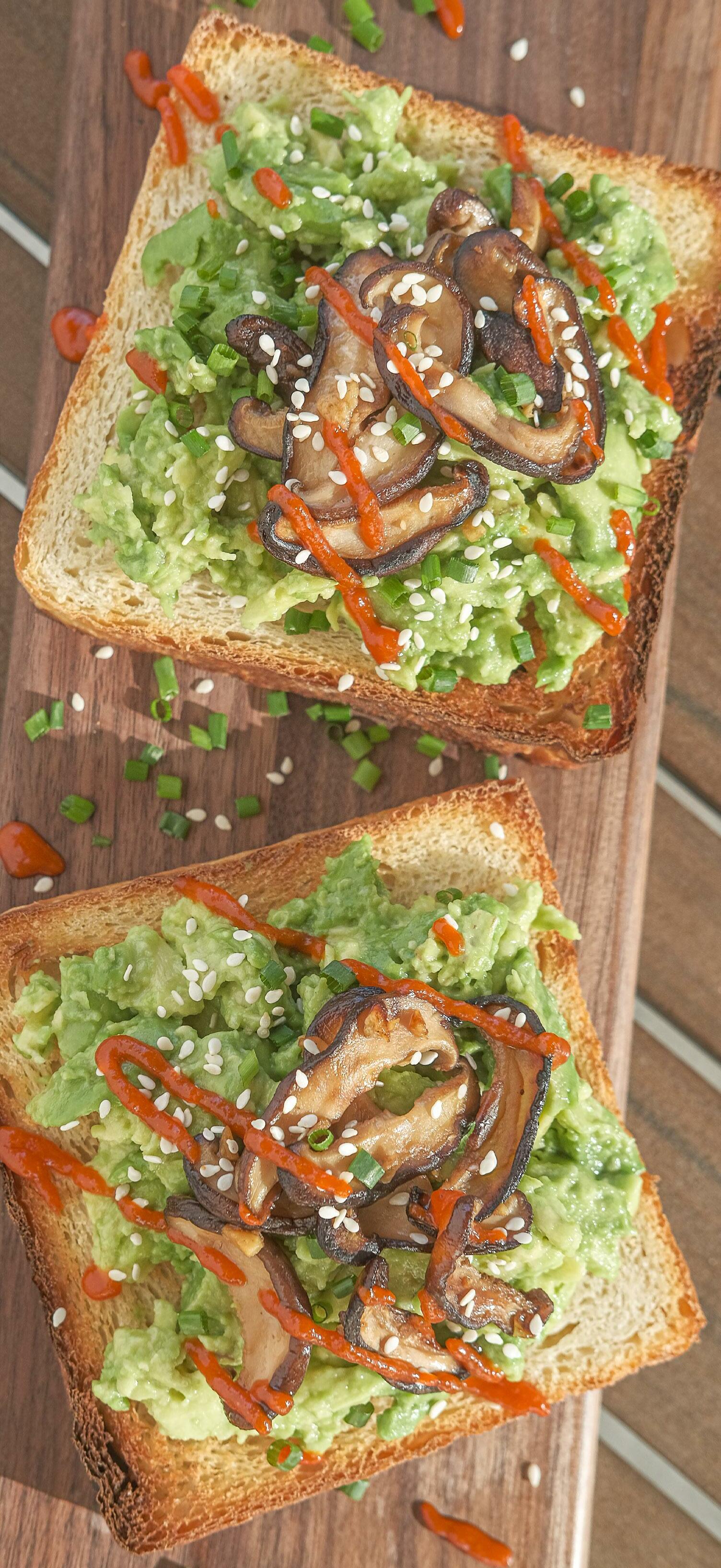
The mushrooms cooked in soy and sesame oil provide the savory notes to the toast. I call for shitake mushrooms but regular, portabella, oyster or a mushroom of your choice would work fine. The key is using the mushrooms as the vehicle to hold the Asian flavors. The breads of choice for this toast are Samurai Sue’s Everyday Foods Shokupan or milk bread, and Le Fournil’s baguette. The Shokupan carries sweetness and richness when toasted and the baguette forms a crispy outside shell.
1 T. avocado or grapeseed oil
2 c. sliced shitake mushrooms, about 4 ounces
2 cloves garlic, minced
1 T. soy sauce
1 t. sesame oil
1 ripe avocado
1 t. lemon juice
Sea salt and freshly ground black pepper, to taste
GARNISH
Chili garlic sauce
Chopped chives


Toasted sesame seeds
2 slices bread, toasted
DIRECTIONS: In a skillet, heat oil over medium high heat. Add mushrooms and cook until wilted, about 5 minutes or until mushrooms are browned. Add garlic and cook for a minute. Add soy sauce and sesame oil. Cook for another minute or until sauce is absorbed.
Mash avocado in a bowl and season with lemon juice, salt and pepper, to taste.
Spoon avocado onto toast. Top with mushrooms. Drizzle with chili garlic sauce, garnish with chives and sesame seeds and enjoy!


Stella divides her time between Billings and Seattle and is the author of two Billings-centric books, Historic Restaurants of Billings and Billings Food. Her writings have appeared in Big Sky Journal, Western Art and Architecture, the Washington Post as well as online at lastbestplates.com.









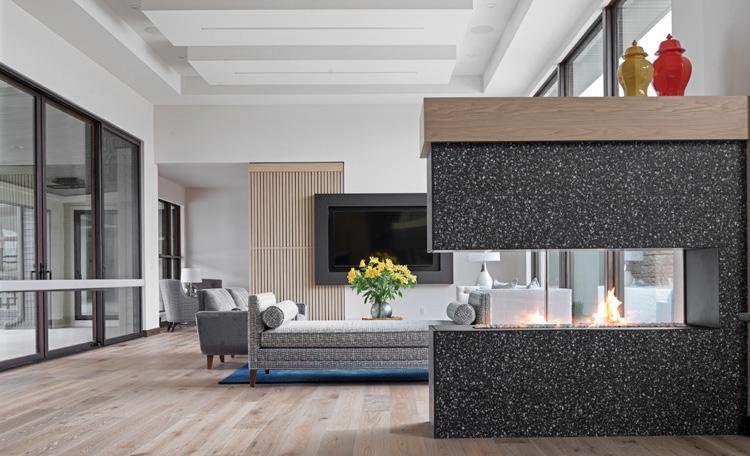










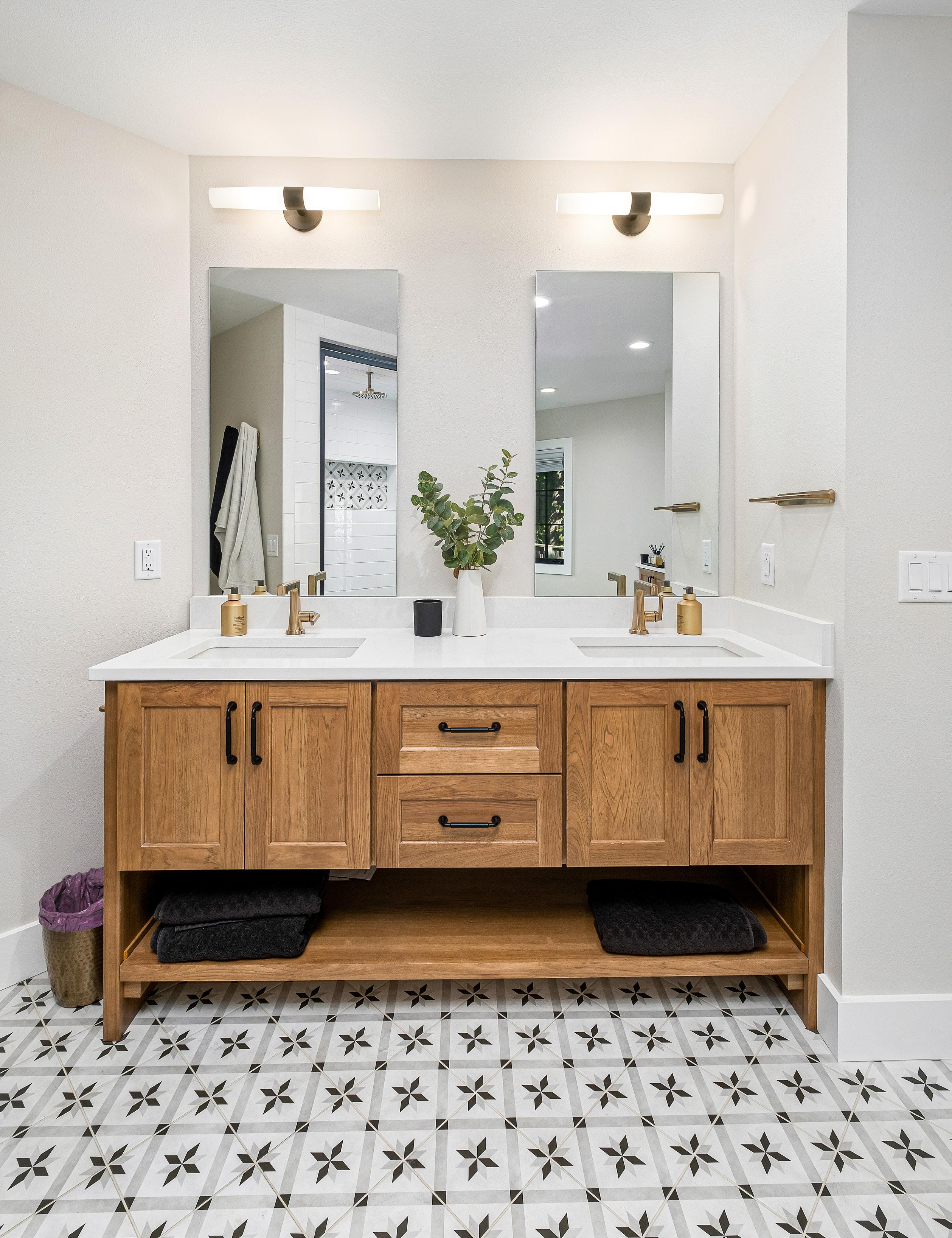
WHAT WAS ONCE a 1980s traditional cottage sits serenely among its counterparts on the tree-lined street of Thousand Oaks. Its footprint on the landscape remains the same, but a complete transformation turned this outdated home into a modern living space with splashes of the homeowner’s boho chic style.
The biggest adjustment for homeowner Stacey LaGreca is getting used to the home’s new open-concept living. “Everything has to flow,” she says. “I love it! I used to decorate little nooks as all the rooms in the house were closed off.”

When Stacey and her husband, Dr. Brian LaGreca, bought the

house nearly two decades ago, they painted and executed a few touch-ups. “It just never felt right,” Stacey says. “I wanted to remodel years ago, but it’s hard to choose colors, flooring and everything else.”
They even discussed downsizing and moving, Stacey says, but the big question they faced was “Where were we going to go?” Determined to literally get out of the box of an outdated kitchen, Stacey called Designer Angie Freyenhagen. “I know Angie,” says Stacey, “so I called and said our kitchen was closed off. It was blocked off and I’d love for it to be open.”

Plans soon began to take shape, with the homeowners looking at the big picture. “It was ‘Let us show you what we can do,’” Angie says. “We opened it up and added windows.”



“We moved everything around,” says Jeremy Freyenhagen, owner of Freyenhagen Construction. “When you came in the front door, a small dark kitchen was on the left and a bedroom on the right.”

“We gutted the upstairs and made a new home,” Angie adds. “We created an entry at the front door with a big archway giving character to the main space.”

A floating wood bench and shelf strategically placed in the entry next to the coat closet extends an inviting welcome. A glassed front door with side panels dressed in lustrous black adds to the spectacular entrance. New black trim windows throughout the home create an impressive contrast with the freshly painted white exterior and black garage door. The interior is light with its subtle Drift of Mist color. “It’s so much brighter in here,” says Stacey.
“It’s an inspiring remodel,” says Aaron Reay of 406 Window Company. “We provided a new product called CityLine, a luxury product from Quaker Windows and Doors. The frames are powder-coated aluminum with profiling to simulate steel windows. And the Opti-Core insulation makes this window comfortable in the winter and in the summer. These windows look good and feel good.”
The stunning windows create a dramatic setting for the kitchen’s newly defined seating area. Custom white-painted maple benches form a cozy L-shape with black hardware giving the area a classy look. Topped with black upholstered cushions and decorated with black and white pattern pillows, the textured combination exudes a boho-style elegance.
The open seating area mingles with the spaciousness of the kitchen. The airy atmosphere is not only comfortable but functional in its design. A grand size quartz-topped island from Fabricators Unlimited in dazzlingly bright white and highlighted with cool grey veins gives Stacey much needed workspace. “It’s expanded my cooking,” she says. “It makes me want to bake more. Before, I didn’t have the room, so it’s nice to have the extra space.”
The island’s hickory base, stained a light brown Fawn color, lends warmth. The warm color gives prominence to a large white farm sink accentuated with gold faucets. Wicker basket lighting over

the island adds a fun element to this redesign.

A custom hood above the five-burner gas stovetop, along with floating shelves on either side displays the same Fawn-stained wood. White subway tile backsplash creates impeccably clean lines when paired with white-painted maple Woodland Cabinetry matching the benches in the seating area.
The formal dining area also sits at the front of the home on the other side of the entrance.

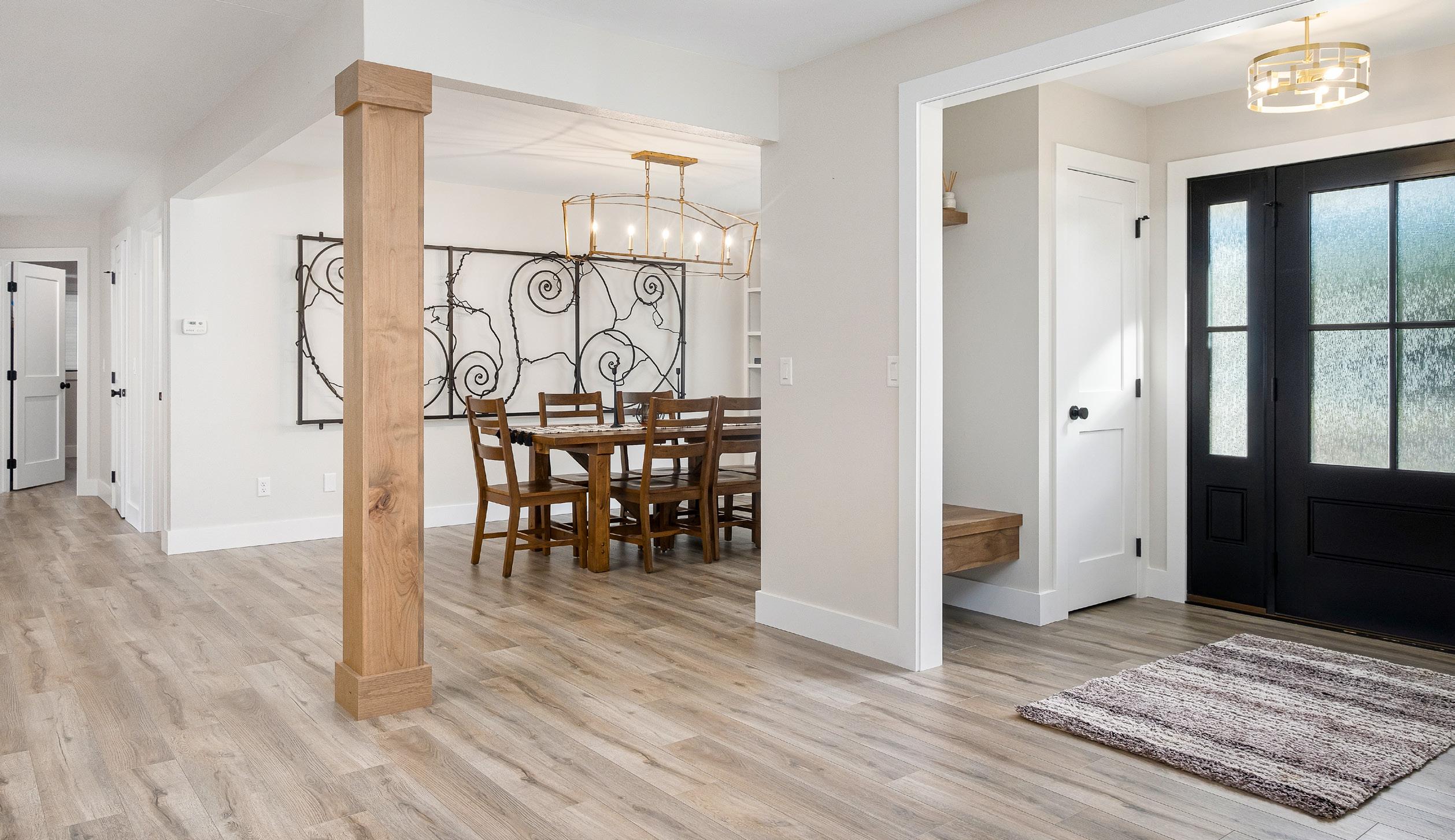
“We placed a Fawn column with soffit (architectural feature) here, which gives the dining area separation,” Angie explains. “The bookcases on the front wall on each side of the windows were updated, and to make the open space flow we placed a gold chandelier above the table.”
An exceptional piece of art adorns the main wall of this delightful dining area. Angie and Stacey agree that they “compromised with Brian” since it was his son Bryce’s metal work. Bryce originally crafted metal into a pot and pan rack. It hung over a small island












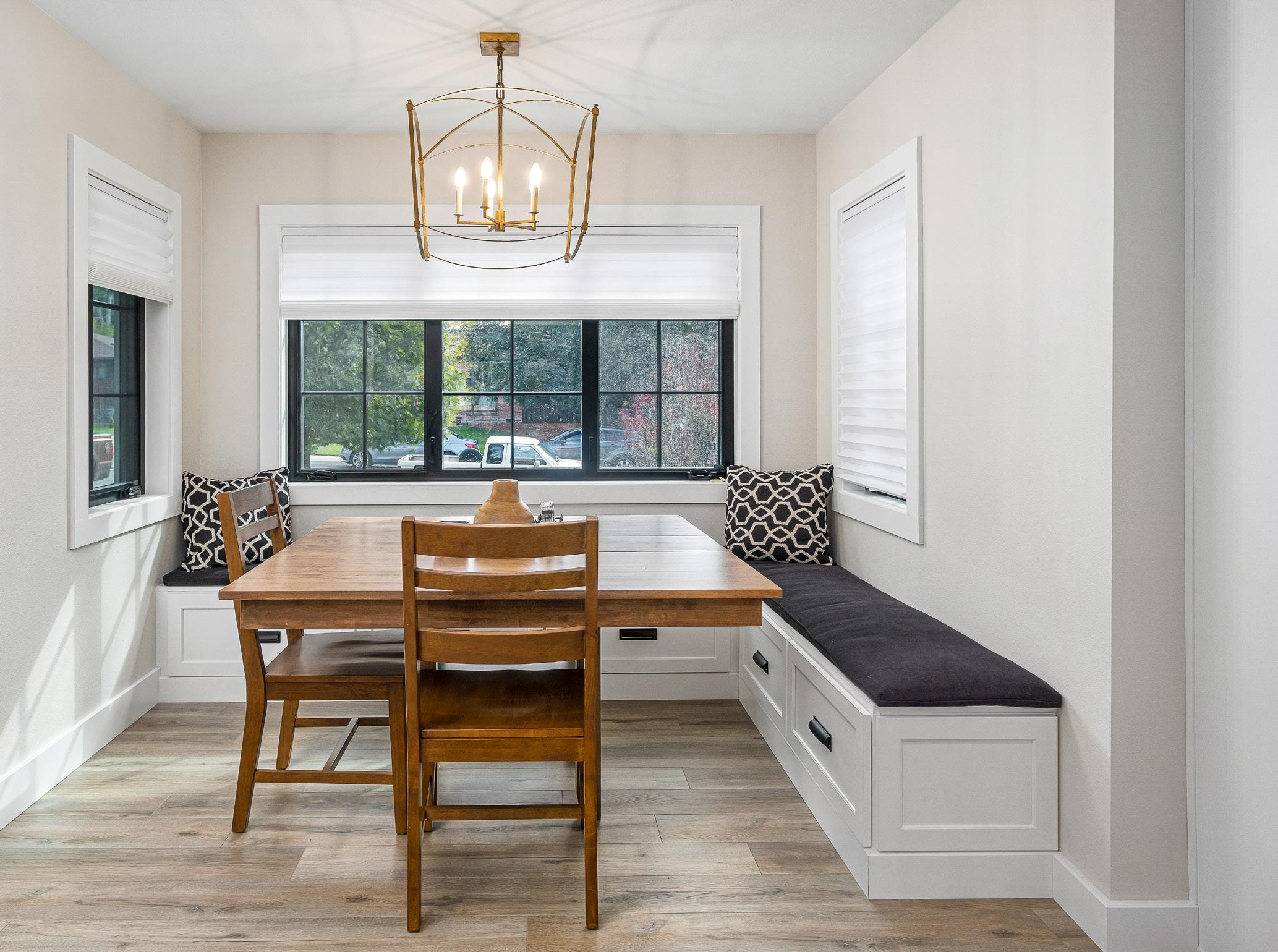


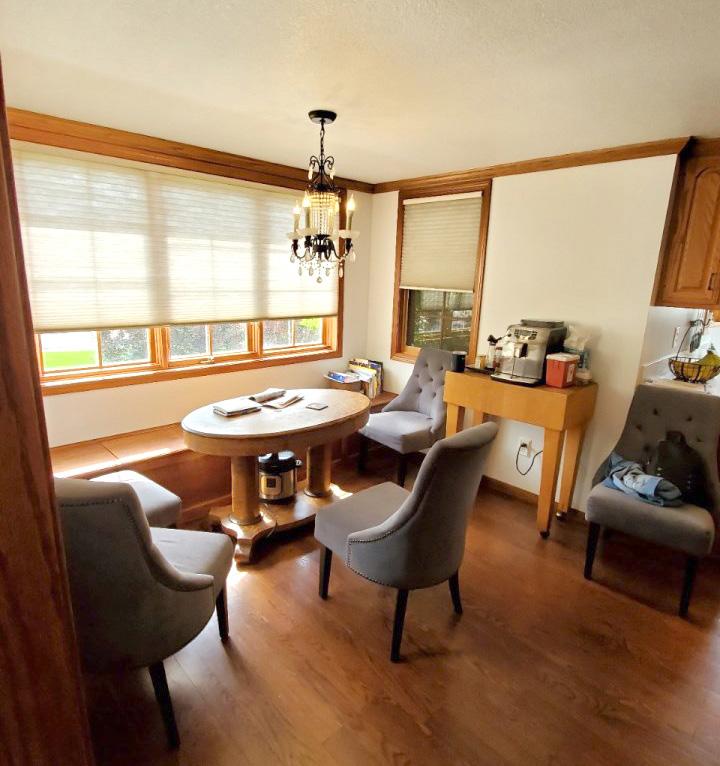


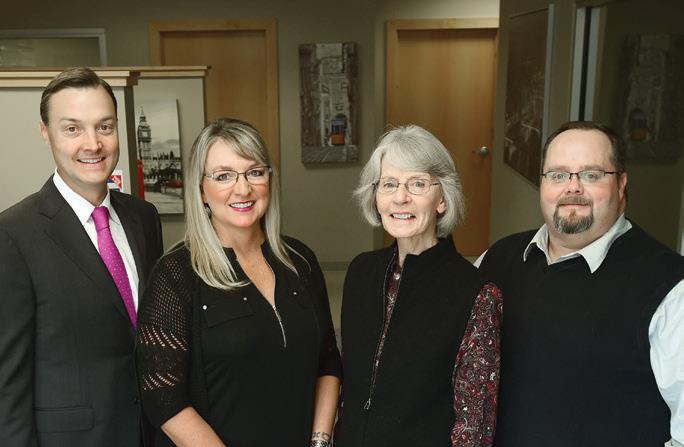

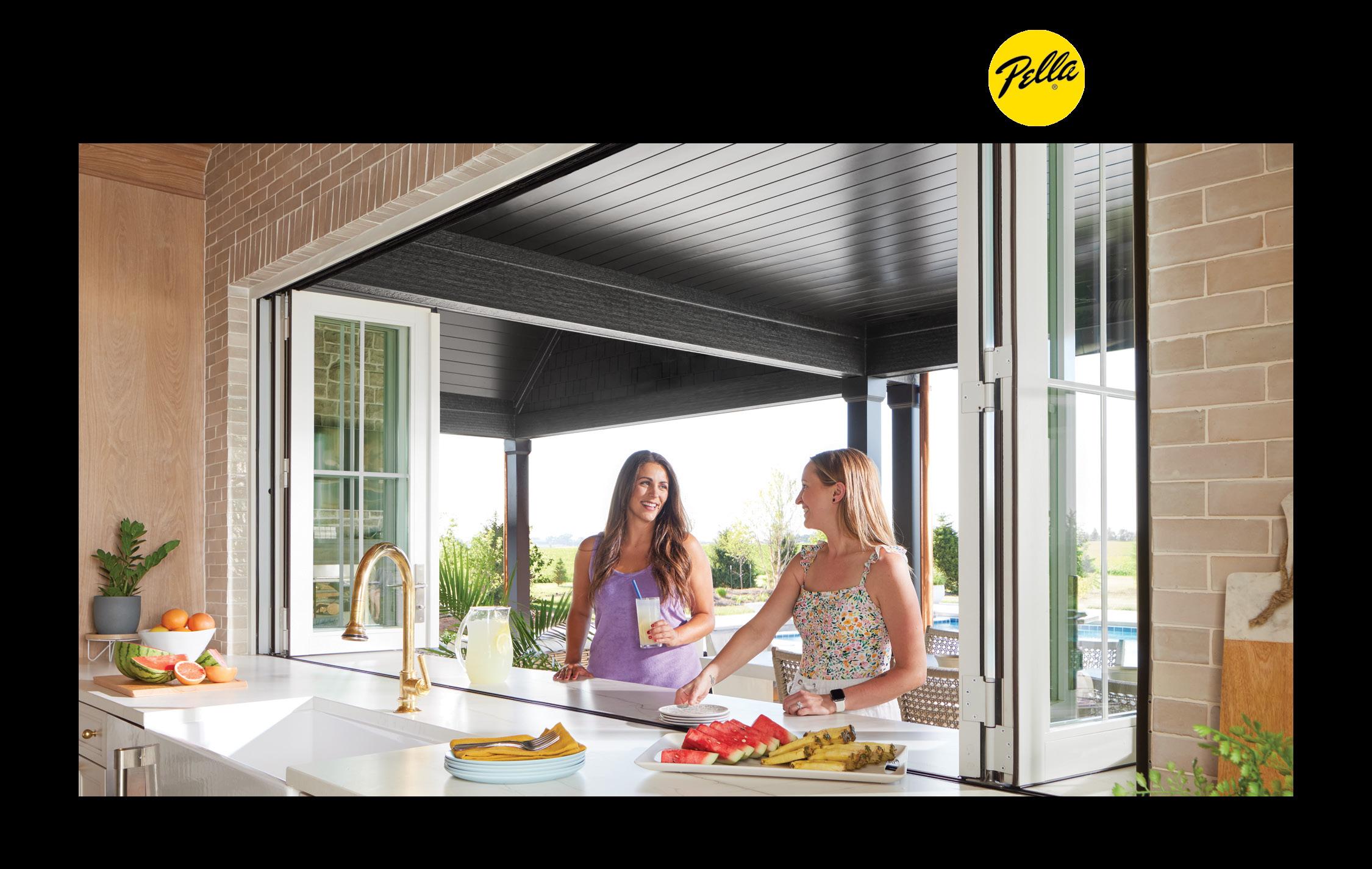



in the old kitchen. The transitioned piece now covers the dining room wall.
“Brian and Bryce love it there,” says Stacey. “It’s creativity,” says Jeremy. “Every homeowner has something special they want to keep.”
“Our goal is not to displace anything or interrupt living space,” Angie says. This included Stacey and Brian staying in their home while the remodeling project was in full swing. “We redid the basement first,” explains Jeremy, “where Stacey and Brian lived while we worked on the main floor.”
“They made it so easy for us,” Stacey says. “They were also polite and very considerate of us downstairs.”

What also encouraged the homeowner to breeze through this major renovation was the help choosing the myriad of elements. Oak laminate flooring with a grey hue flows through most of the main floor, offering a foundation of quality and color. New mantles on the living room fireplace and a built-in corner cabinet with Fawn-stained top finish the living room area in refined splendor.

“Stacey and I spent time together and had everything picked out before the project started,” Angie says.
In Brian’s office, a Murphy bed for Jude, Stacey and Brian’s 5-year-old grandson, neatly tucks away in handsome cabinetry that matches the rest of the room’s furniture. Its peaceful ambiance allows Brian some quiet office time, yet in a second it changes to cozy sleeping quarters.
Nearby sits a luxurious guest bathroom. Shower walls bedecked in shimmering black tile surround a white tub. A double sink
Great taste and boho flair flourish across the hall in the master suite. A transparent black chandelier juxtaposes eloquently with light-color walls and carpeting while black trim patio doors kick it up another notch.
After rearranging some walls and opening the space, the team created a walk-in closet. The closet door is a white barn door sporting black hardware. This extra punch of black color ties in nicely with black and white tiled floor in the open en suite.
black vanity polished off with chrome fixtures creates a timeless, sophisticated look. “Stacey has great taste,” notes Angie.

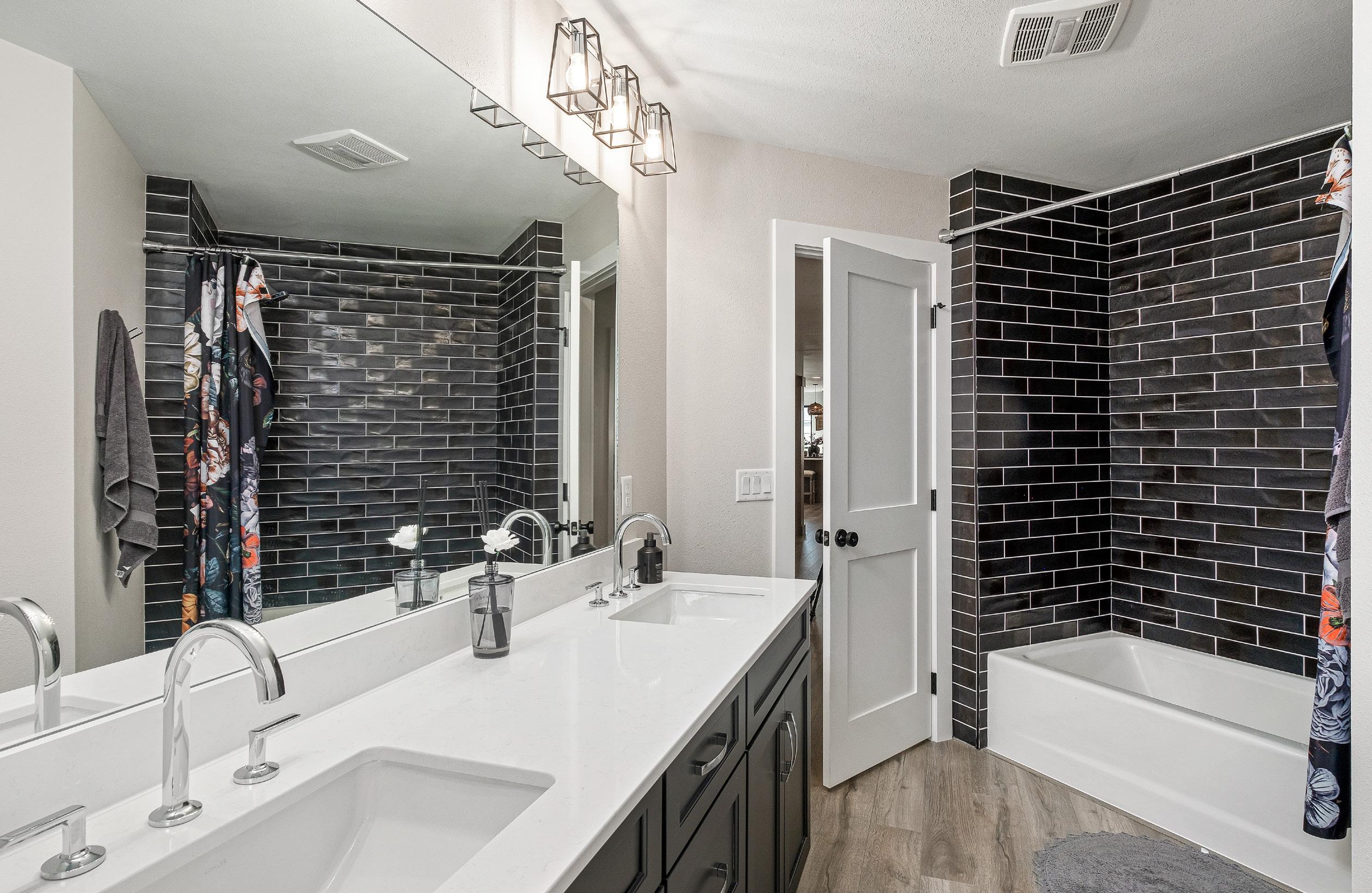

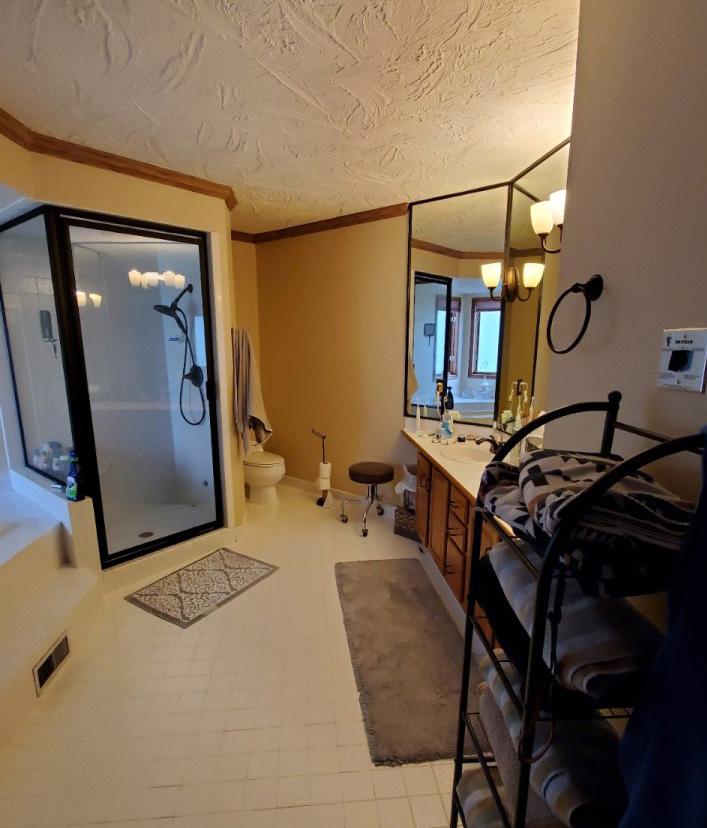


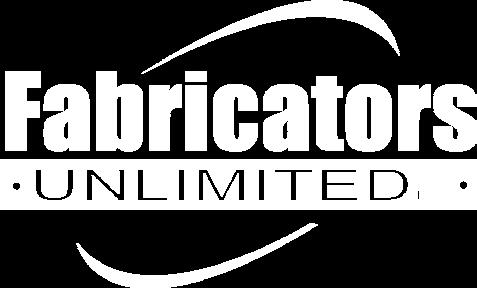
“There used to be big tub in the corner,” Jeremy says. “We took some space to expand the shower and make a sitting area.




A glass shower strikes a gilded note with tiled walls and floor accented with gold shower head and hand-held attachment. A teak bench Stacey absolutely adores is a practical detail in this spa-like space.
It’s all in the details, according to Jeremy, and this newly revamped home reveals a multitude of them. It’s been a big step going from out-of-the-box to open-concept living, but Stacey and Brian are right at home entertaining family and friends.




The transformation on Thousand Oaks complements the homeowners’ lifestyle while harmonizing with Stacey’s vision of boho cottage flair. ✻



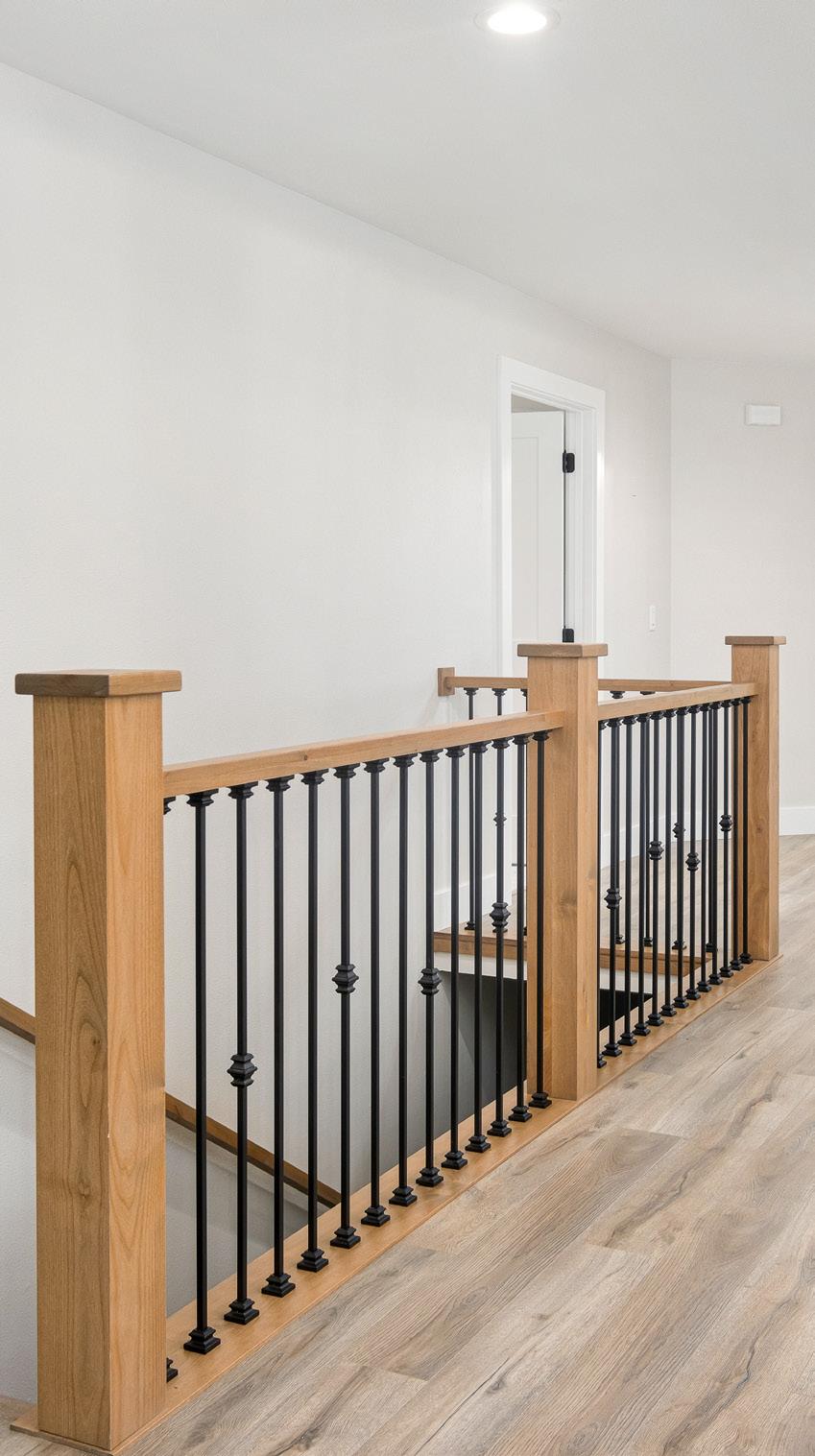









 by JULIE KOERBER photography by DANIEL SULLIVAN
by JULIE KOERBER photography by DANIEL SULLIVAN
WHEN WINTER BRINGS its chill, there’s nothing quite like settling into your humble abode and making it more of a haven. To ramp up the cozy factor, we turn to plush fabrics with
lots of texture, rich colors and accents that add visual warmth. Need a few ideas to create that warm and welcoming space? We tapped some of the city’s best designers for their insight.






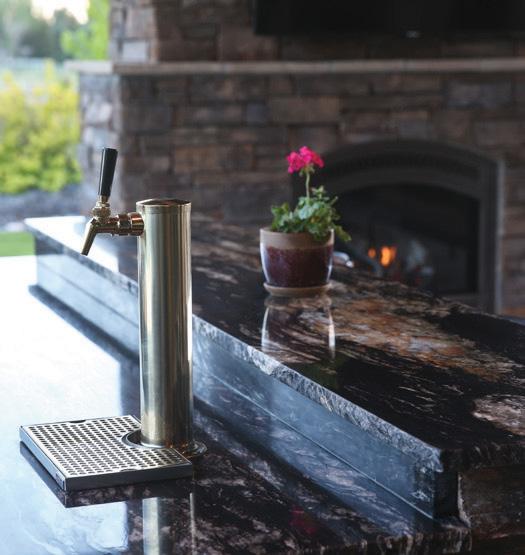

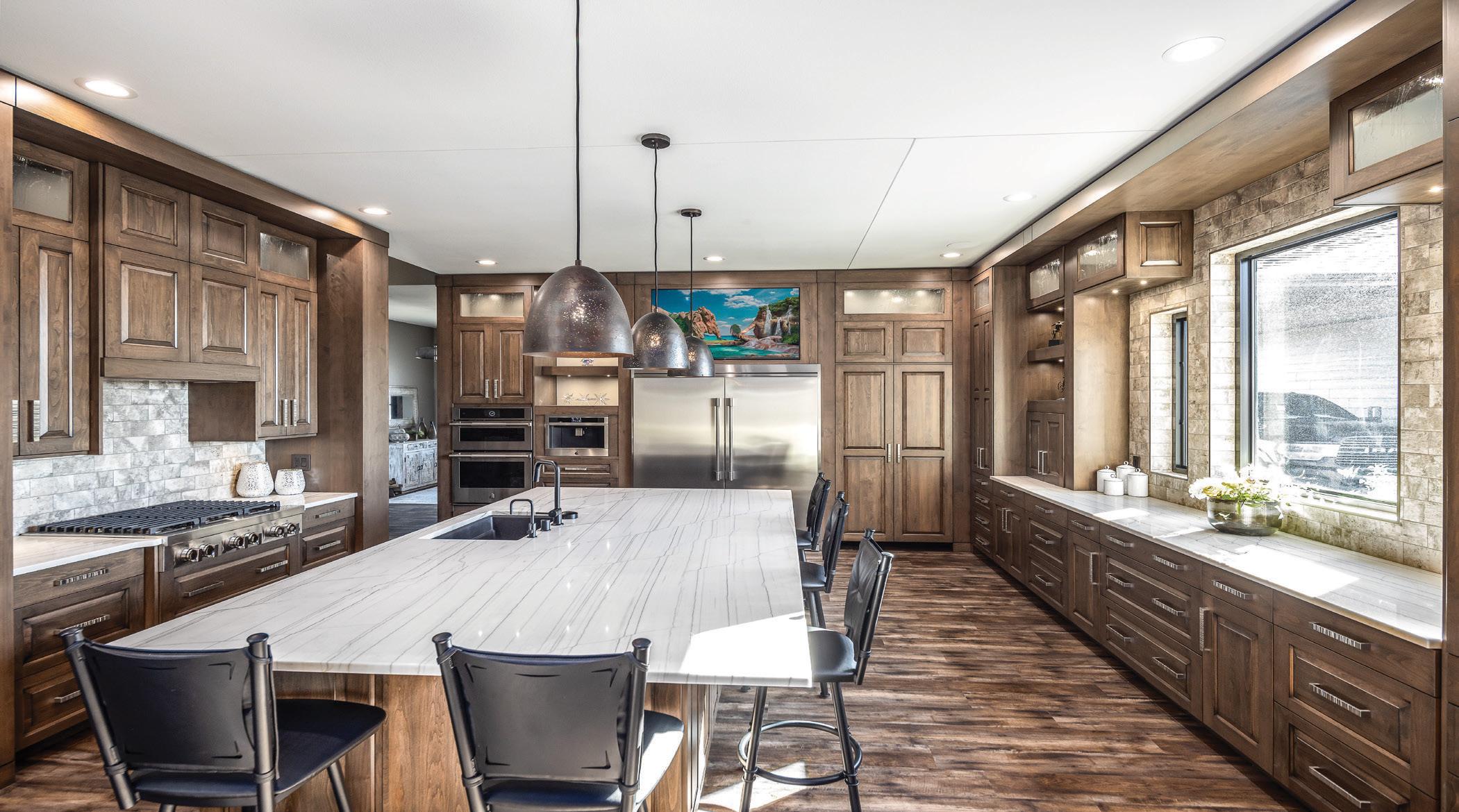









Winter is the perfect time to cuddle inside, not only for you but when you play host with family and friends. This dining ensemble sets the stage for cozy with its warm tones and rich elements.

“We’ve got a lot of texture in this room,” says designer Laura Mettler from Toad N Willow. “We have a cable knit throw with fur-lined ends on it. We have a real sheepskin pillow hanging over a bench with velvet pillows, which are so cozy and warm.”
At the center of the dining space, you’ll find a showstopper of a design element.
“On the table, we took a tanned hide and layered it with a sheep hide. It just sets this space apart,” Mettler says. Candles that look like birch branches sit in the middle.

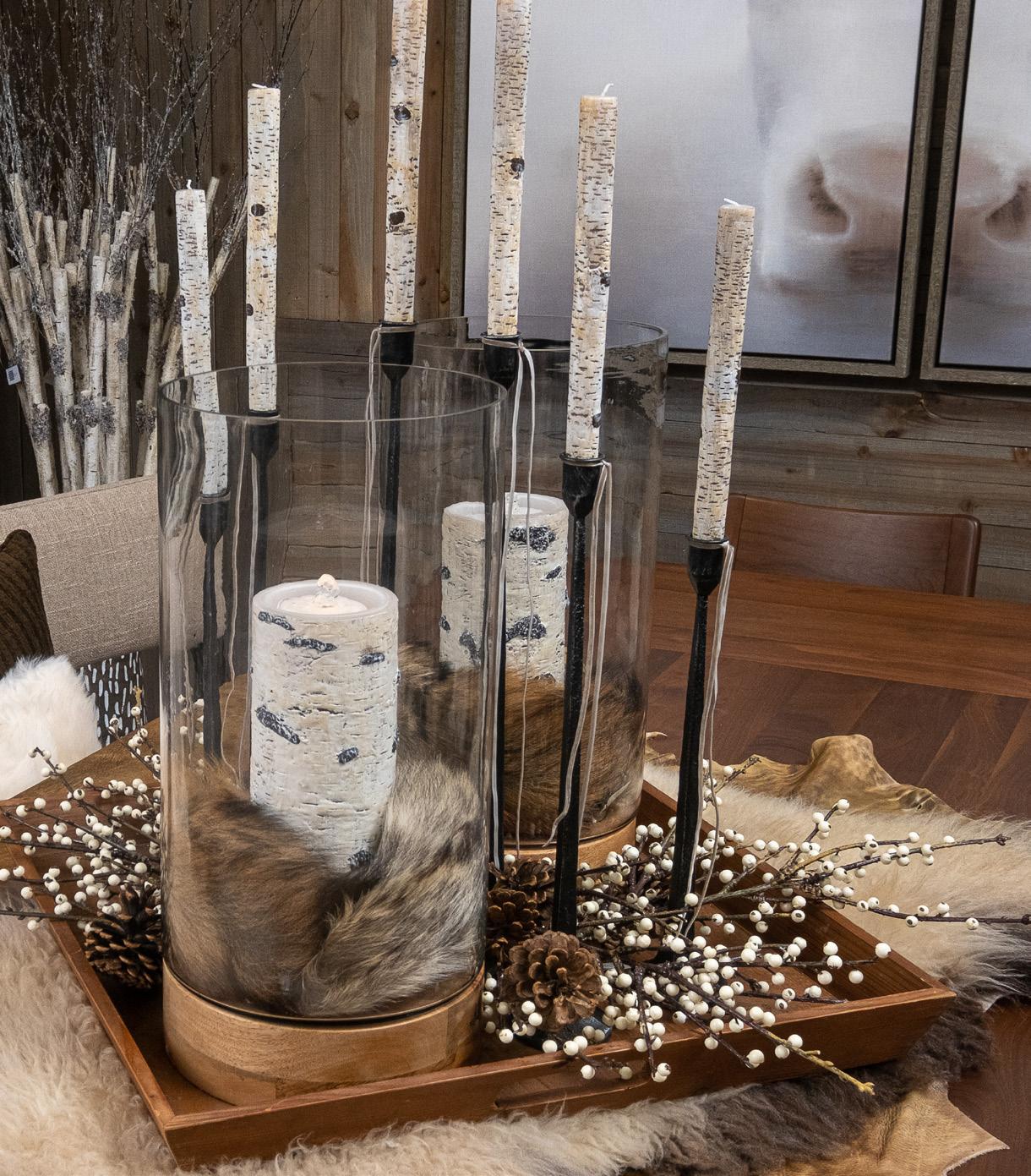

“In that jar, we’ve layered the candles with coyote tails and foxtails. There’s a mixture of both wrapped around the candle.” Mettler says you could also use pinecones, berries or even black beans in the jars to add a splash of visual interest.
“There are so many ways you can make this look a little different.”
Around the table, Mettler pulled in comfortable bench seating to create a little staying power for your next gathering.
“If you are hosting a dinner party and you’re sitting with a bunch of people, it’s nice to be sitting in a comfortable seat,” she says.
“You want to make sure that it’s comfortable because the more comfortable it is, the longer your guests will stay and visit.”
Since the living room is, after all, where we do our living, we may as well make it the best place to get cozy.
Designer Tiff Blades of Davidson Home Furnishings and Design
has just the right recipe, using unique fabrics that are both warm and inviting. This room is also heavy with a fur flair. Blades says sheepskin has an irresistibly soft texture that can easily be thrown over a chair, on a couch or even underfoot as a rug.
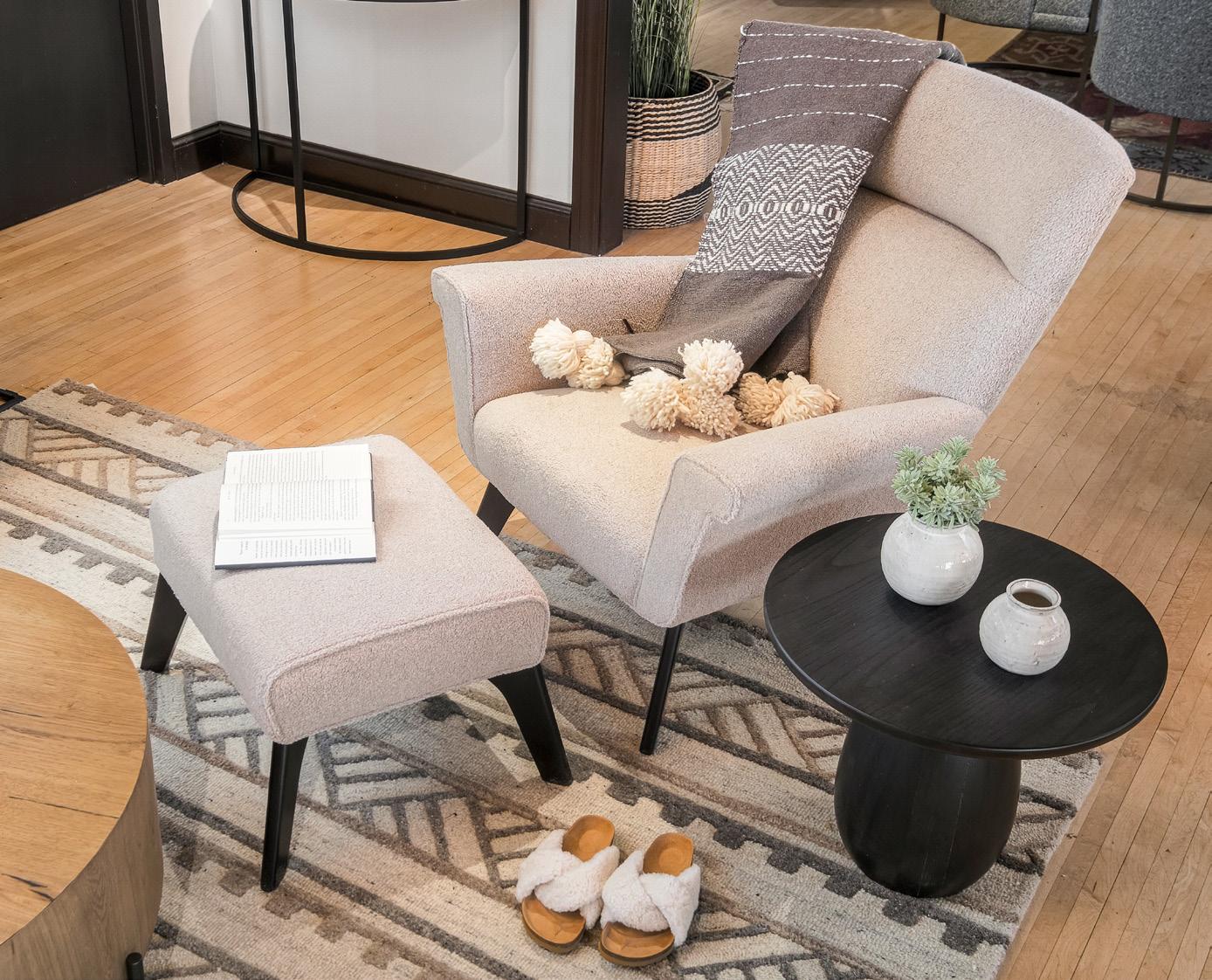

“It automatically gives this room that cozy feel,” she says. Since cold winter months are a prime opportunity to settle in with your favorite book, Blades created a reading nook that starts with a relaxed armchair and matching ottoman.
“The textured fabric on this chair makes it unusual and interesting,” Blades says. Not only is the fabric super soft, the slanted back eases you into the perfect position. The sleek table next to this set creates just the right space for a hot glass of cider or tea.
When it comes to decorating, Blades advises choosing the unexpected to add some emotional warmth.

“In your artwork and personal things, you don’t have to have family pictures everywhere but instead, have wellplaced items that matter to you, things that tell a story,” she says. “A lot of people have things from places where they’ve traveled. It’s an instant conversation starter.”
You’ll also notice the rich mix of wood that serves as a neutral backdrop for all this texture. That, too, is by design.




“This is a really nice medium-toned wood,” Blades says. “For the last few years, the natural wood look is something people feel comfortable with. It’s not too formal. It’s not rustic. It’s a good in between.”






THIS GOLD TRAY WITH A CHARRED BARK TEXTURE IS THE PERFECT HOME FOR A TRIO OF CANDLES, ADDING INSTANT AMBIANCE.
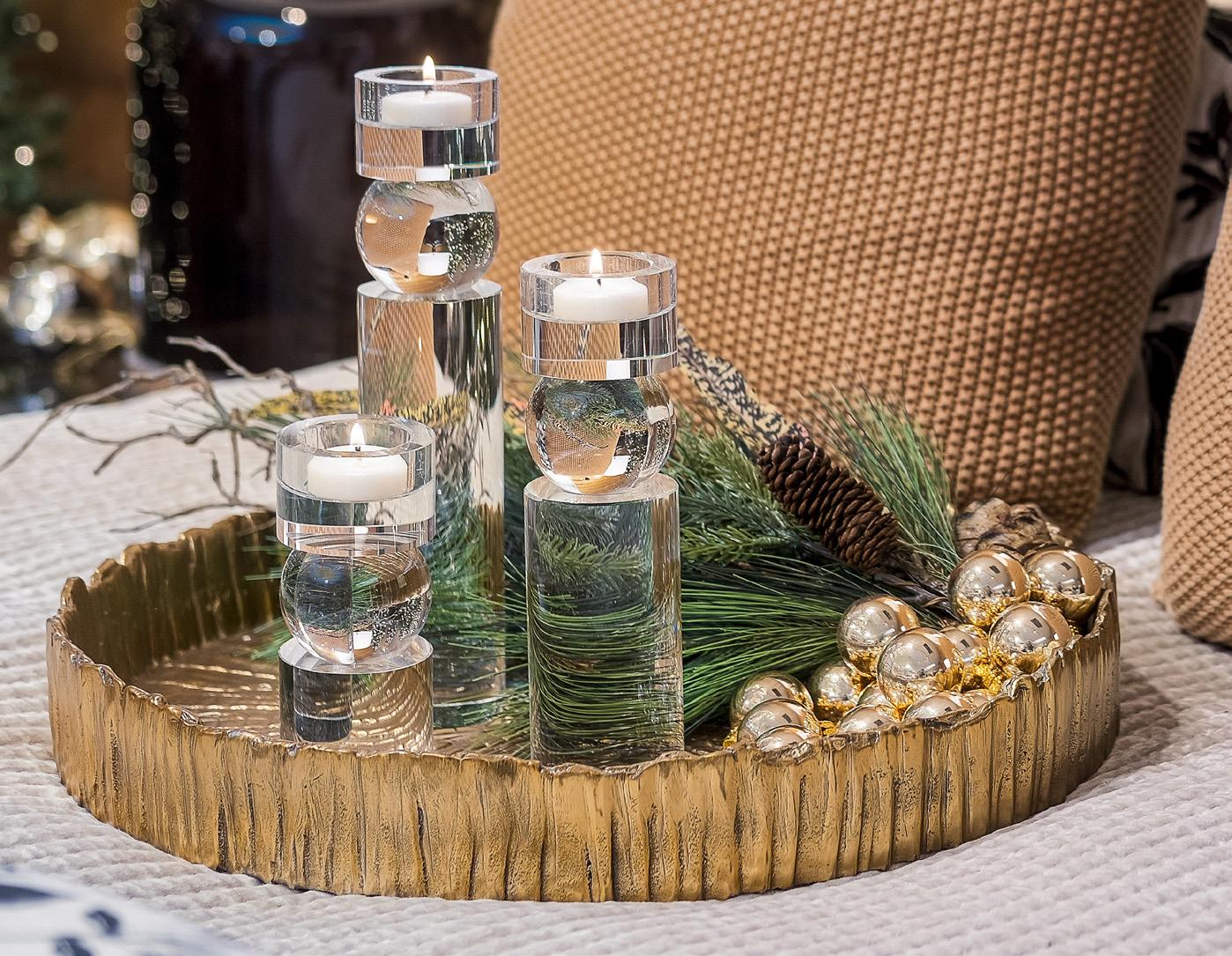
says about all the different light sources in this space. There are bedside lamps for task lighting, overhead lighting, plus a mix of subtle mood lighting.
“We added the ‘tree forest’ with warm twinkly lights, which feels cozy and festive, as well as the tealight candleholders, which immediately add warmth and ambiance to the room,” Krumm says. One simple thing you can do, Krumm points out, is replace any cooltemperature lightbulbs in your home with a warm-toned bulb. She says that alone can quickly change the feel of a room.
On this plush bed, you’ll find a few extra layers to draw you in.
After a long day, there’s nothing quite like slipping into comfort to let the stress fade away. This master suite creates just the right retreat.
Designers Diana Krumm and Alexandra Hicks of Ethan Allen created woodsy warmth with a whole host of layers — layers of light, layers of bedding and layers in texture.

“It keeps the room feeling soothing and comfortable,” Krumm
“There’s really nothing like the feeling of natural materials to make a room cozy,” says Hicks. You’ll find that in the velvet quilt, in the down comforter that adds that extra layer of fullness and in the moss stitch pillows. Even the wall behind the master bed creates visual warmth.
“By incorporating wood on the walls, we’ve given the room a cabin feel,” Hicks says, “which adds a sense of warmth and brings out the wood grain in the duvet cover and shams.”

The color scheme is what you might call the exclamation mark on this comfortable look.
“The warm neutral color palette also makes the room feel cozy … from the rich honey colors, golds, creams and sage green to the black as an accent color,” Krum says. “These warm tones evoke a sense of warm and welcome.” ✻






